
The Allamanda plant is an evergreen perennial flowering plant that belongs to the family Apocynaceae. They are indigenous to America. Some varieties of allamanda yields colorful flowers. Many varieties of allamanda produce yellow flowers and few varieties of allamanda produce pink flowers. Allamanda plant usually grows up to 20 feet. Allamanda plants are classified based on their stem position such as creeper, climbers, and shrubs. It is used for traditional medicines to treat jaundice, malaria, and liver tumors.
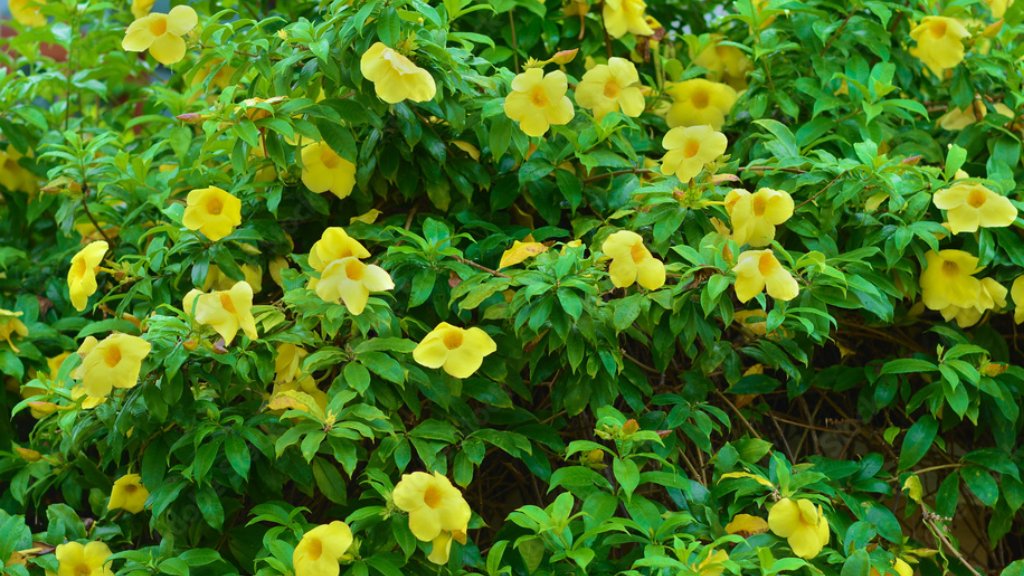
Majorly two varieties of Allamanda are throughout the world.
Allamanda cathartica is has another name called a golden trumpet. This variety produces dark yellow flowers. And this plant grows up to 15 feet tall.
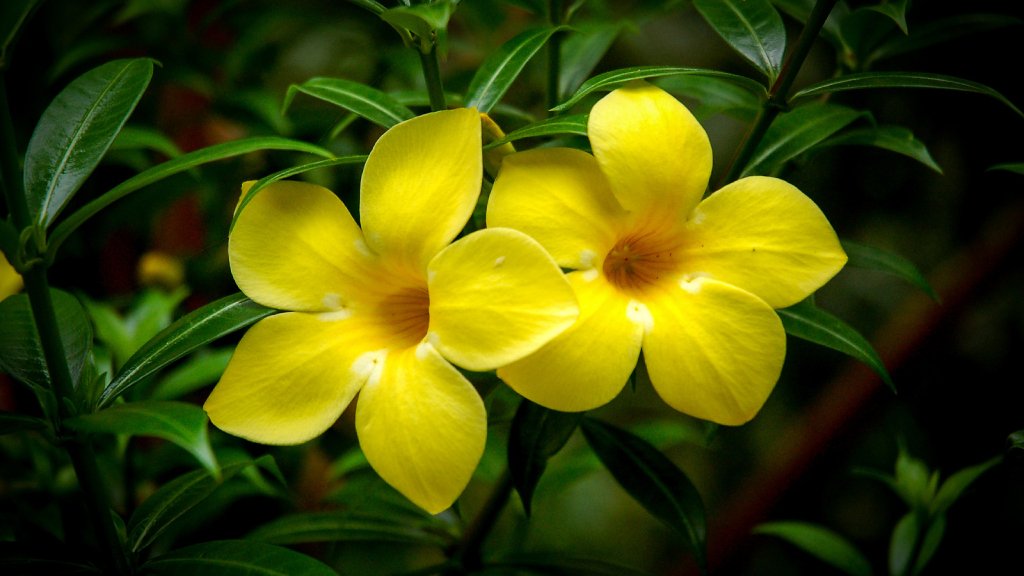
Allamanda blanchetti is also known as purple allamanda. This variety produces a deep purple flower. And this plant grows up to 10 feet tall.
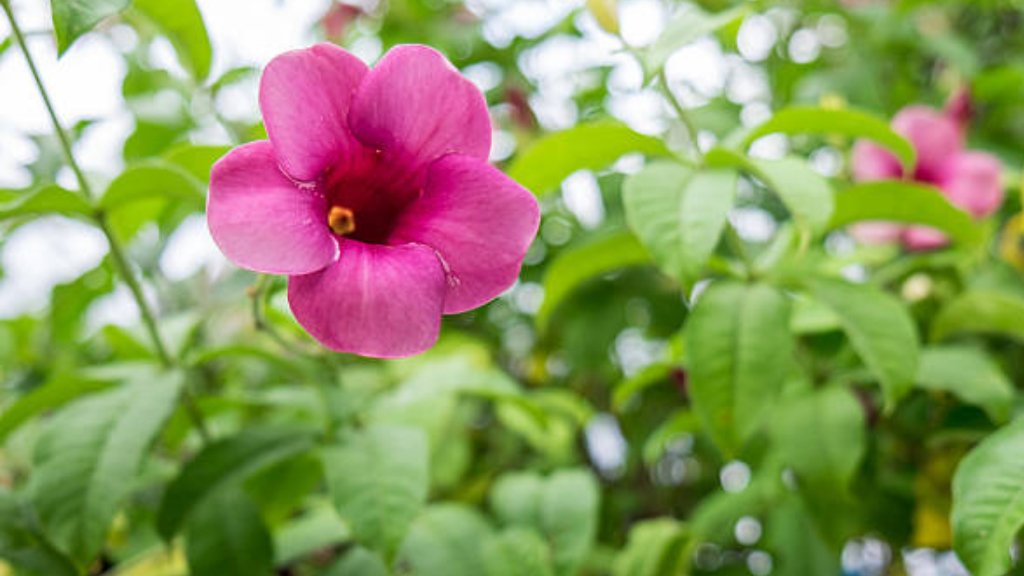
Allamanda shrub and allamanda creeper both are propagated through stem cuttings. Initially choose a healthy matured mother plant and cut below the leaf node. While transplanting remove all the leaves from the bottom portion of the stem and leave two couple of leaves at the apical portion and place them in a pot. After 3-5 weeks roots start to generate.
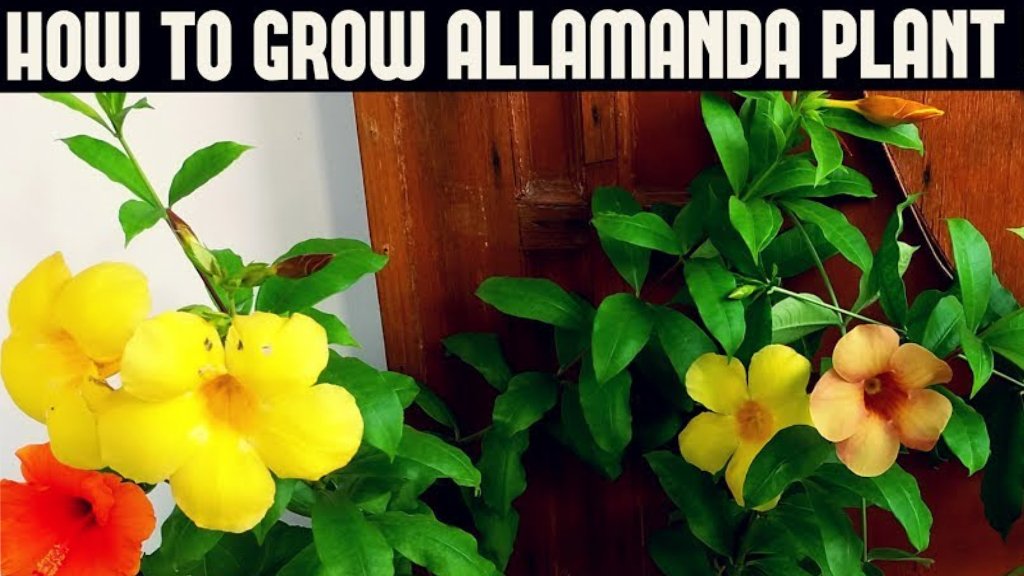
Allamanda survives in sandy loam soil. Excess water logging is not good for allamanda creepers. So, the PH range of soil should remain between 6.0 to 7.0. Induce the soil with organic matters like cow manure, and goat manure which provides additional nutrients to the plant. And mulching above the soil to maintain its moisture level.
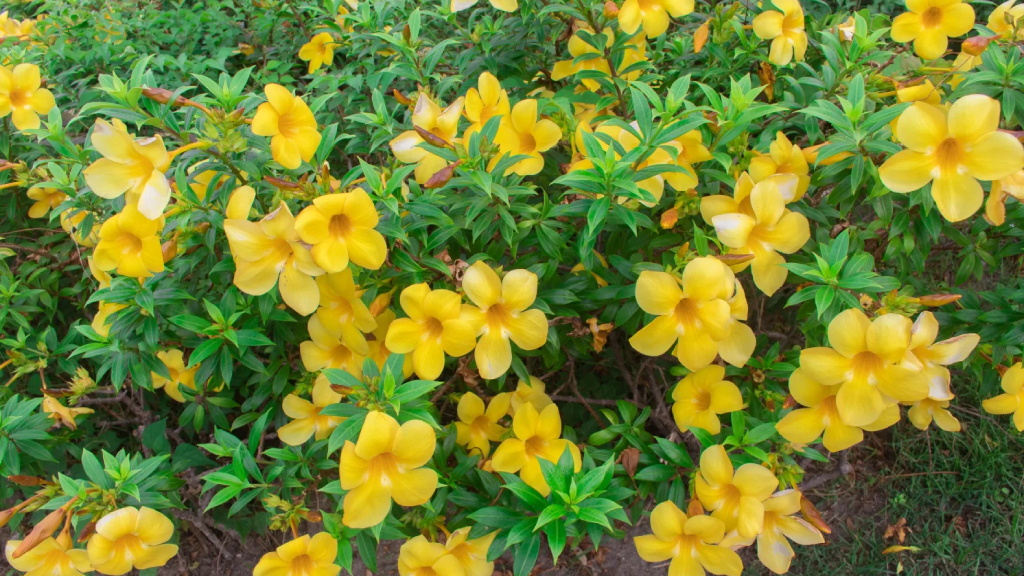
Allamanda creeper required a minimum amount of water to survive. At the same time, allamanda is intolerant to excessive water. Watering twice a week is enough for Allamanda.

Allamanda plants survive in full sunlight. Allamanda flower need minimum six hours of sunligt. Ample amount of sunlight is need for proper growth.
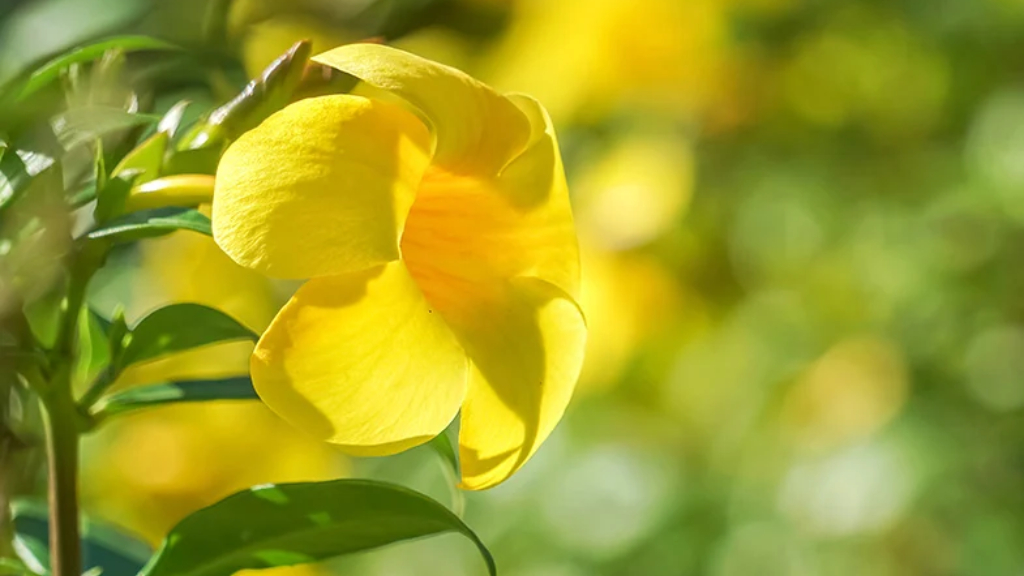
Flower
Allamanda creepers produce funnel-shaped flowers with five overlapped petals that spread outwards. There are a few varieties such as allamanda cream, allamanda chocolate, and allamanda Indonesia sunset. And popular varieties of allamanda flowers are allamanda cathartica and allamanda blanchetti.
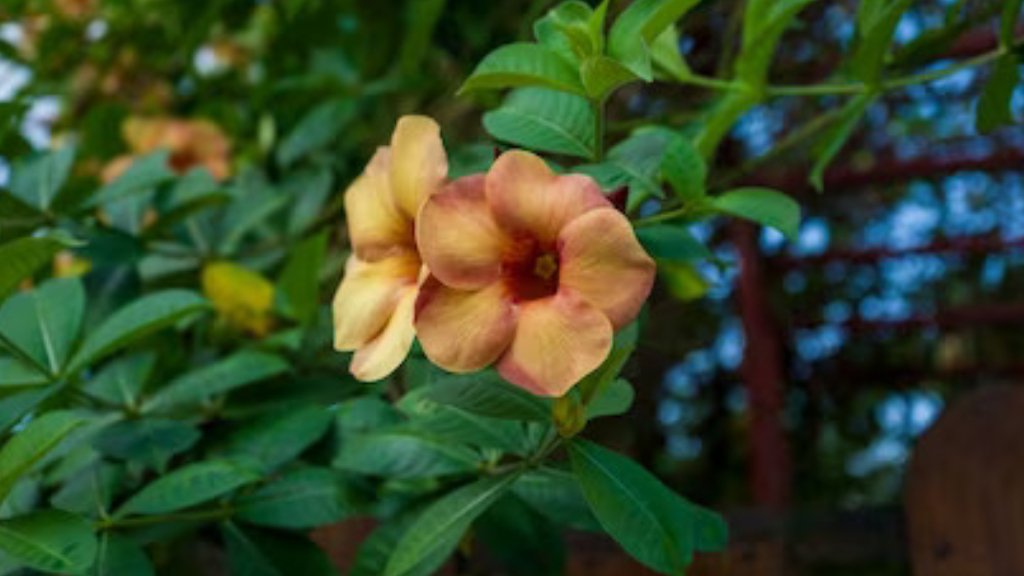
Give NPK fertilizer at proper ratio in the gap of 2-4 weeks. fertilizer is given at the base of the plants.

Early spring is better for pruning just before new growth begins. To maintain overall health and appearance pruning is an essential thing that removes all diseased, dead, and damaged branches.
Usually, allamanda grows vigorously so, prune it according to your desired size.
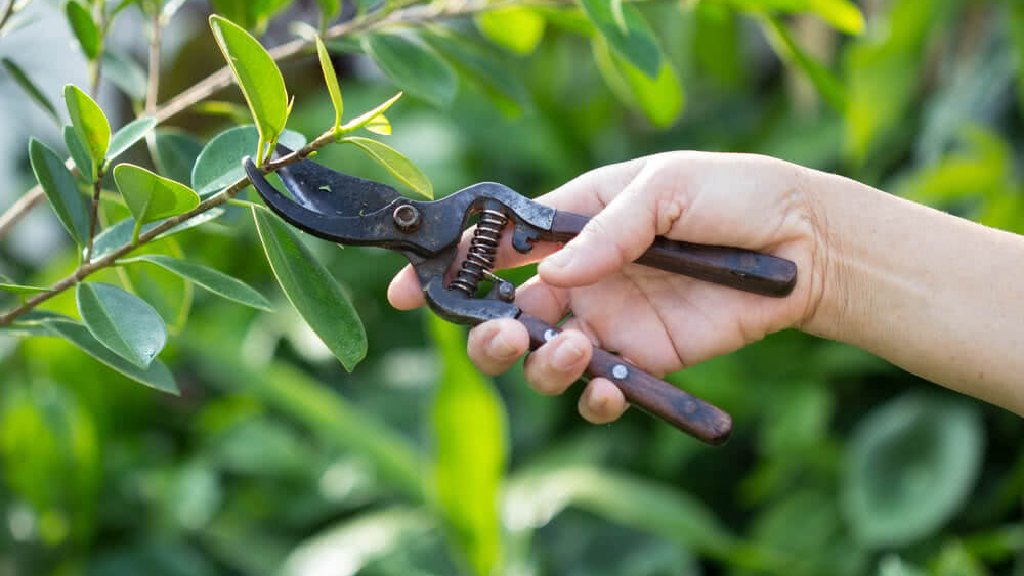
Repot the allamanda before its active growth begins. Choose a well-drained potting mix that is suitable for allamanda. After repotting water thoroughly until the water drains. The repotted allamanda placement done in indirect sunlight. Because direct sunlight can affect plant growth. So, inspect the plant’s signs regularly.
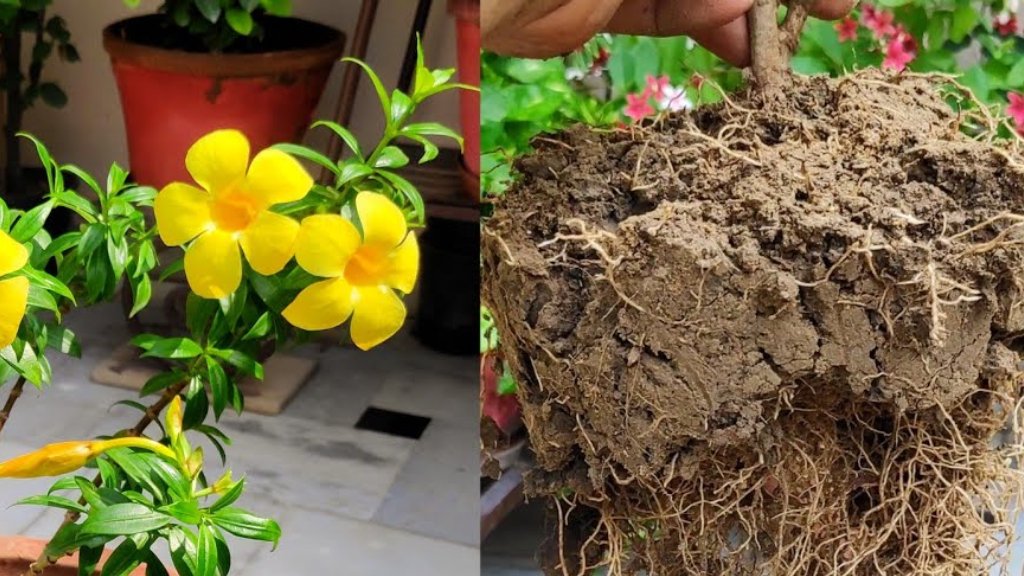
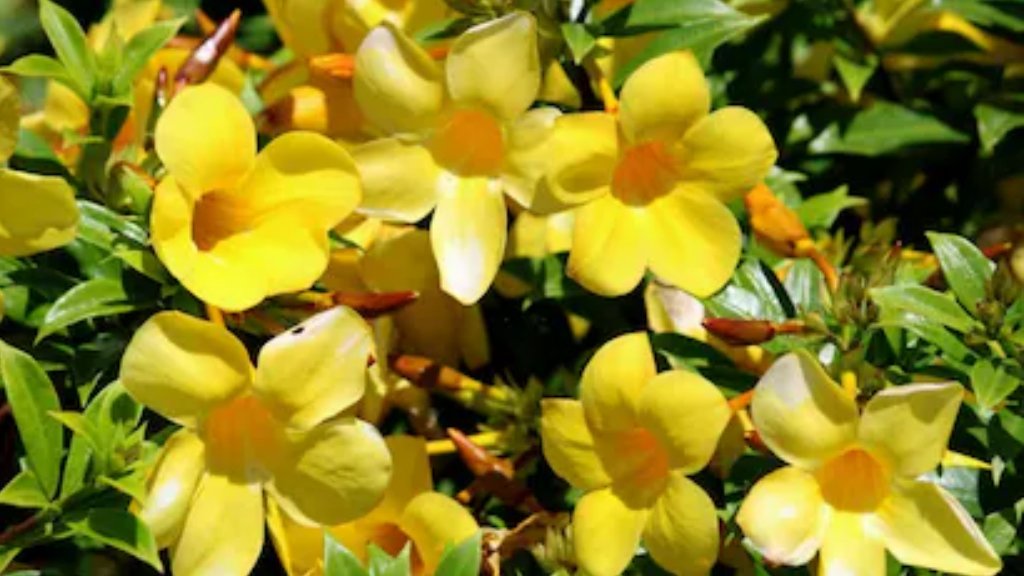
Plants play a vital role in purifying the air, providing oxygen and it creates a healthier ecosystem.
Choose green go wild
Blog created by: www.santhionlineplants.com
The Thunbergia plants are prized by plant enthusiasts & gardeners for their lovely flowers & beautiful foliage. This thunbergia plant named after the Sweden Botanist Carl Peter Thunberg for his immense work in the documentation of Thunbergia plant species.
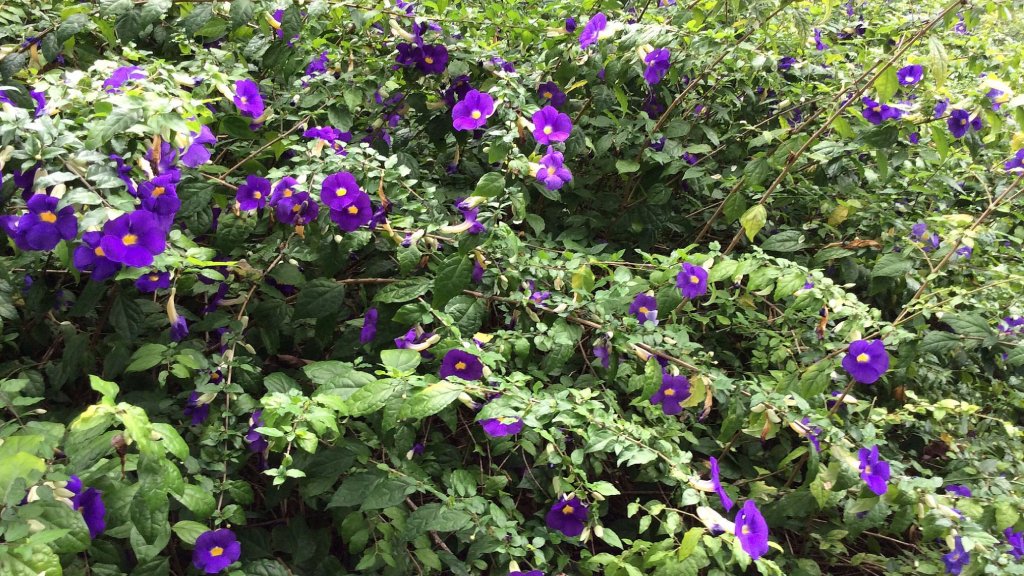
This plants are excellent creepers & flowering plants belongs to the Acanthaceae family with vibrant color flowers. This plant commonly named as clock vine & sky flower.
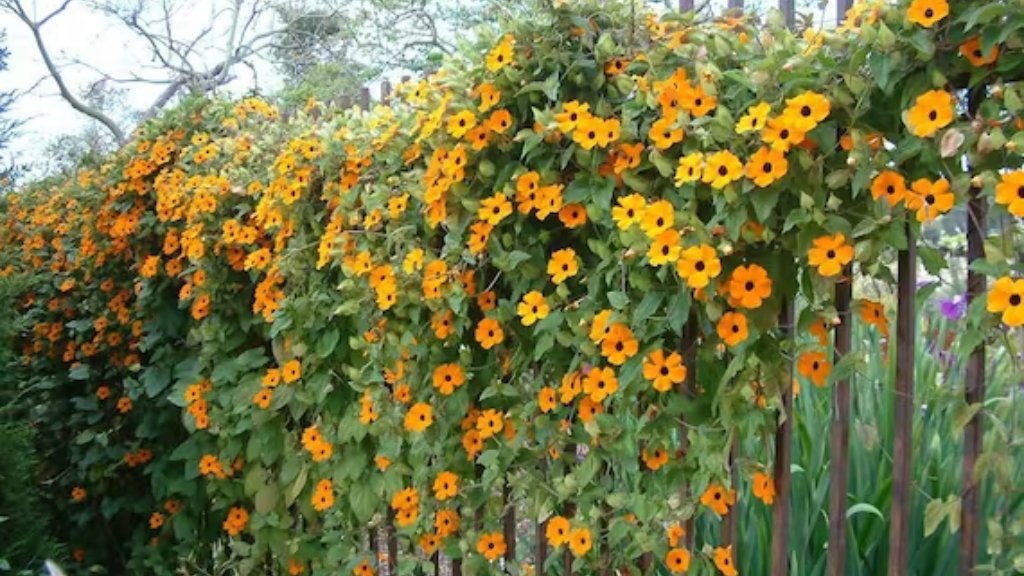
The attractive sky flower plants contain 100+ plant varieties. Flower colors are blue, white, orange & yellow. This plant has a bushy & semi-climbing structure with a woody stem. Feathery flowers appear with yellow or center. In addition to this
it is fast growing plant that reaches up to a height of 6ft from the ground.
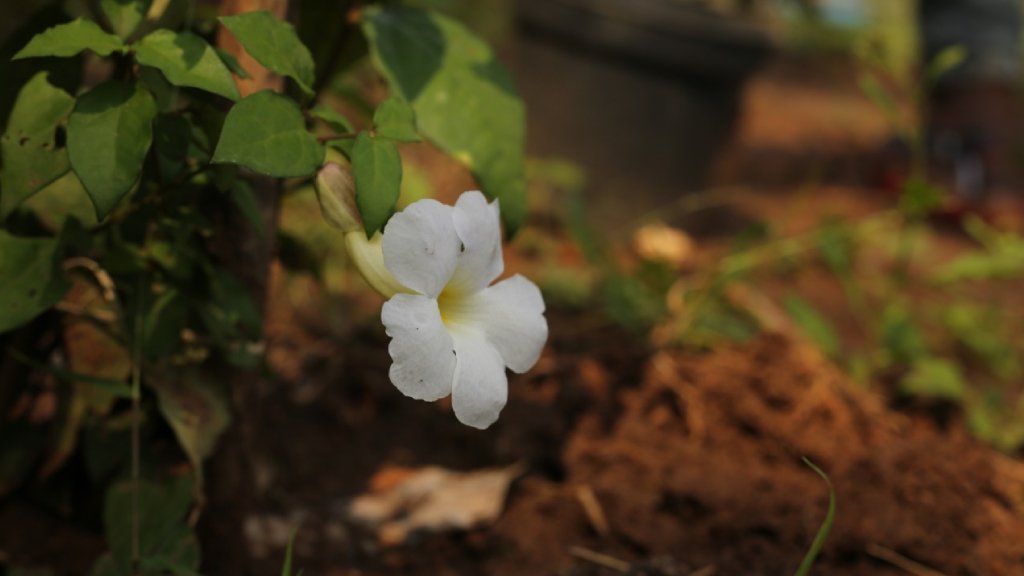
The clock vine plant’s popular varieties are thunbergia grandiflora, thunbergia erecta, natalensis, alata & dwarf varities.
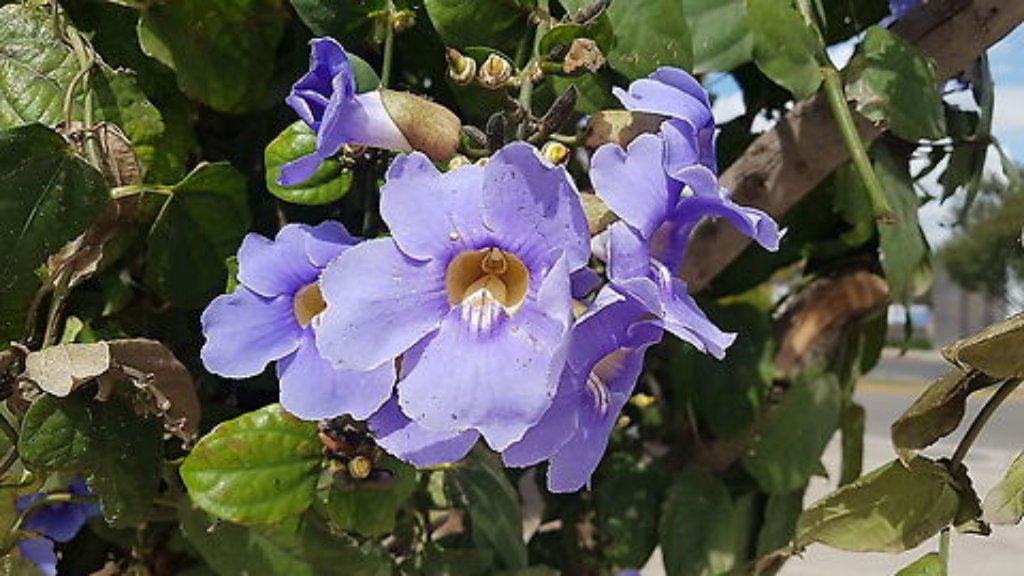
The grandiflora plants are native to India with large leaf foliage with lavender color flowers. Long roots with deep tap root system. It comes under annual plants.
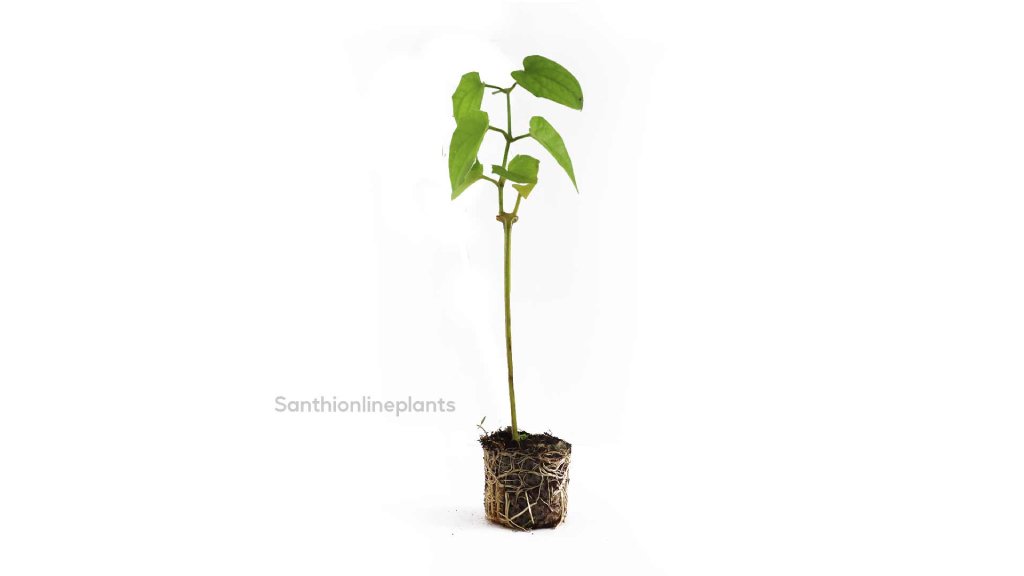
It is fast growing creeper plant with white & light blue colored flowers. And the plants are native to Africa. Thunbergia natalensis has trumpet-shaped flowers that are commonly called natal blue & natal white flowers.
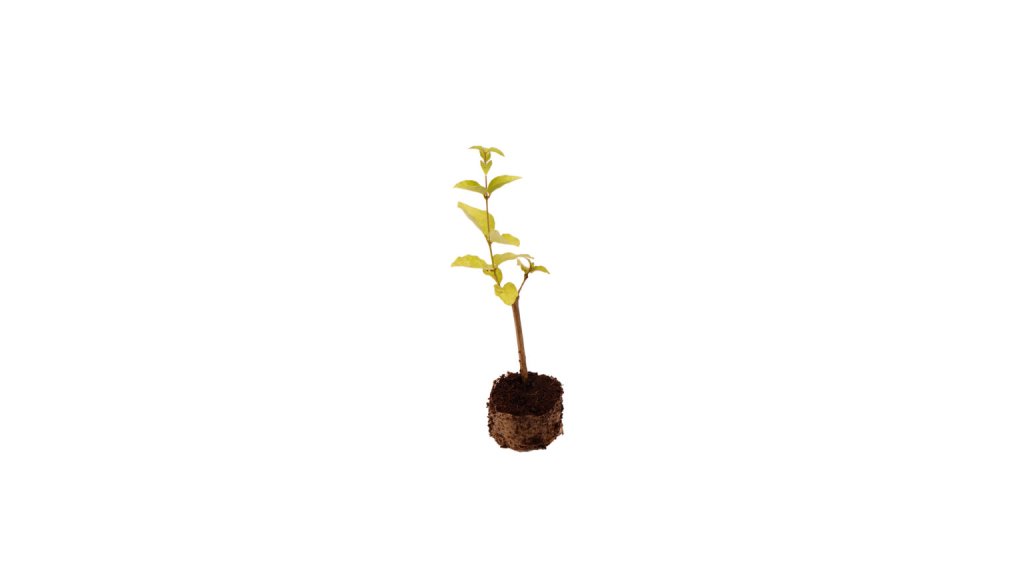
It is a twinning erect perennial shrub with ovate dark green leaves & velvety purple flowers. It is also rapidly growing creeper plants.

The Bush clock vine plant loves to grow in well-drained soil rich in organic matter. These plants tolerate a wide range of soil but avoid growing in heavy clay soils.
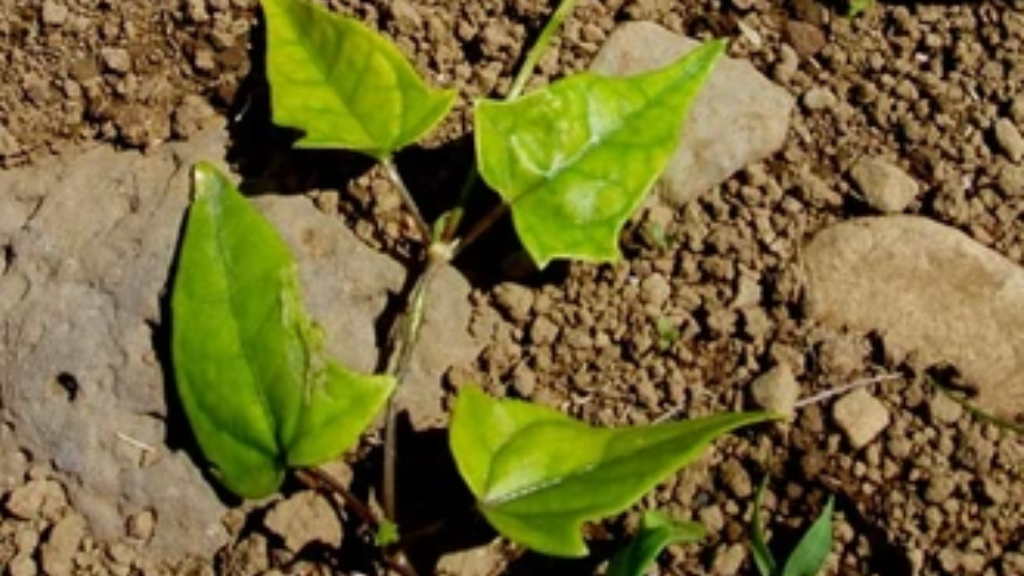
Potting Mix– Garden soil+30-40% compost +steamed bone meal +20% of cocopeat if needed alone.

Watering the plants regularly helps to grow healthy plants means keeping the soil moist. But the sky flower plants cannot tolerate waterlogged & too dry conditions.

The bush clock vine plant thrives well in full direct sunlight with partial shade.
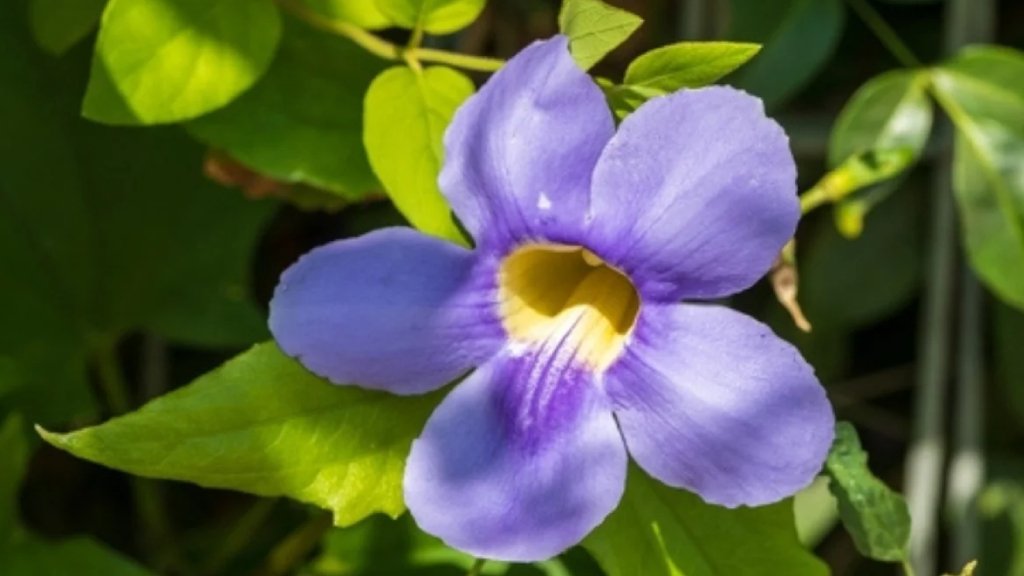
This creeper plant requires a pot size of 6-8′‘ while planting. After one of planting change the pot size to 12” with good drainage holes.
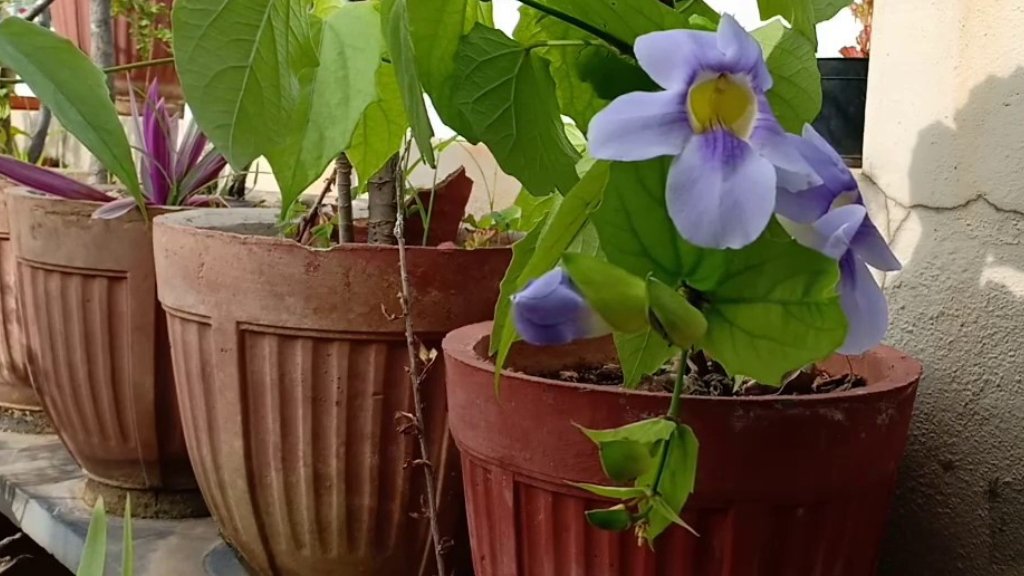
The thunbergia varieties are easily propagated through stem cuttings. Select the non-flowering, healthy stem and make a clean cut just below a node. Gently remove the lower leaves from the plants. And place the plant cuttings in a plant growth medium.
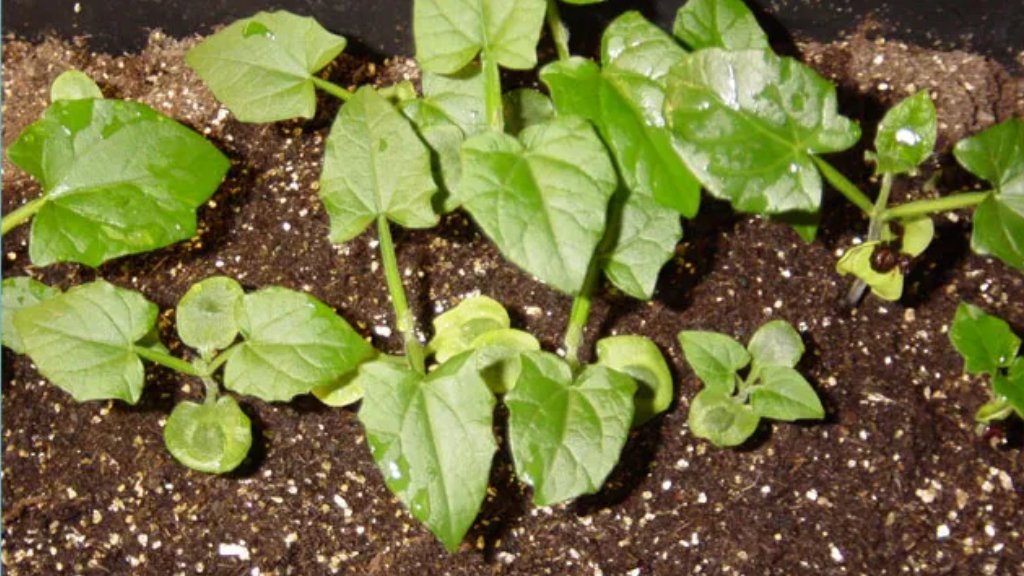
Regular pruning helps to keep the plants in a compact structure.
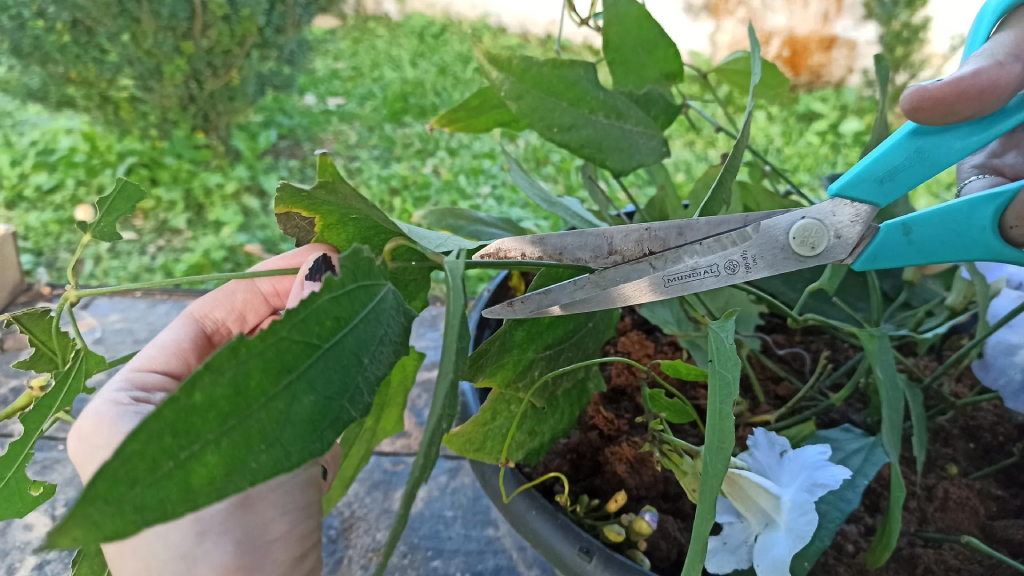
Application of any organic compost monthly once or twice around the plants helps to grow bushy.

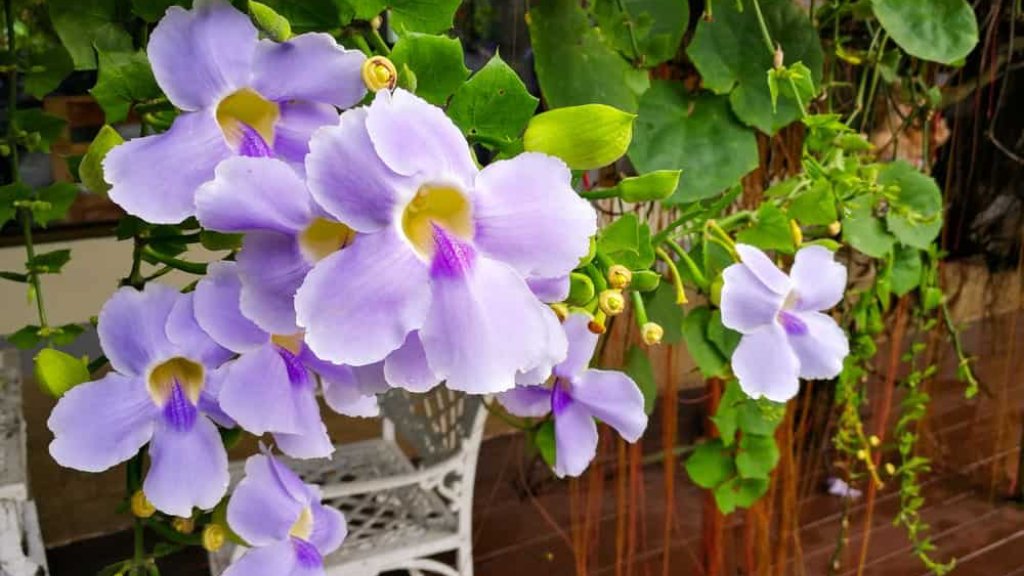
The creeper plants grow on walls, trellises, fences, and other plants. And they are popular in gardens as they add visual interest and provide good greenery look.
There is no alternate for Green so far!
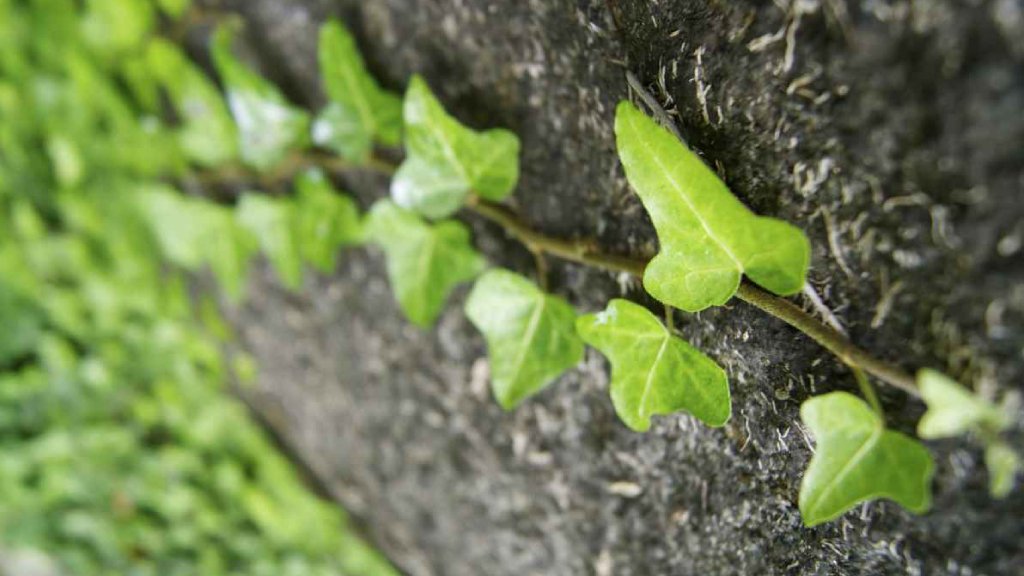
Blog Created By: www.santhionlineplants.com
The Coleus scutellarioides-Indoor coleus plant gained popularity in the indoor environment by their gorgeous stunning ornamental foliage. Coleus leaf adds brighter & lovely colors to indoor environments as well as in outdoors also.

This indoor coleus plant is often called as plectranthus or landscape coleus. This coleus variety belongs to the mint family & is scientifically called as Coleus scutellarioides originating from Southeast Asia. Some varieties are Coleus forskohlii.

This indoor coleus plant varieties are evergreen perennial but primarily grows as annuals due to exceptional growth in a frost environment. Stem & roots have soft growth.
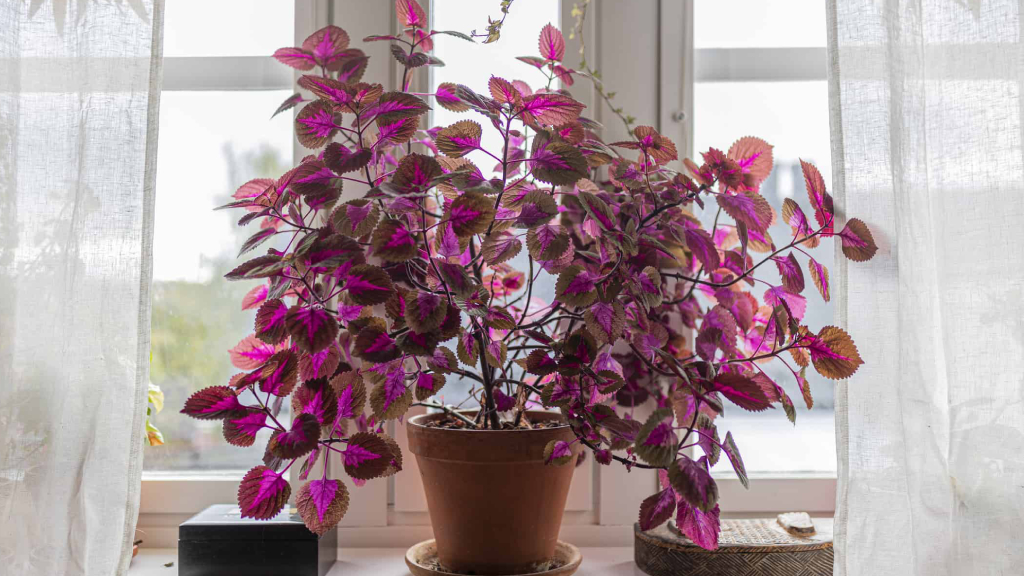
In recent days coleus scutellarioides obtained the top position in indoor ornamental plants. These coleus leaf plants brighten up the indoor environment very attractive.
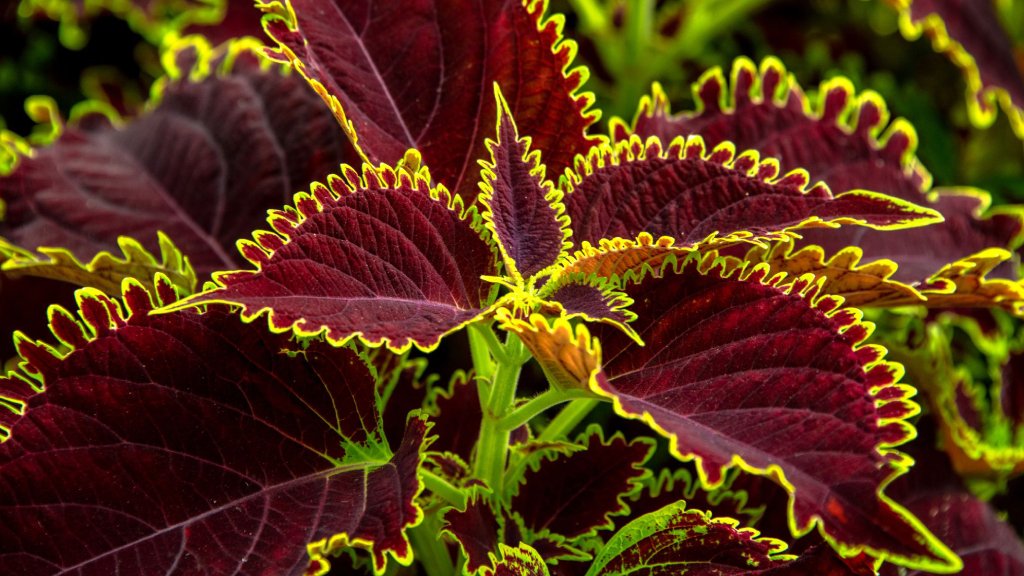
The Coleus scutellarioides are classified based on leaf designs. The popular indoor coleus varieties include fairway mosaic, giant exhibition, wizard jade, premium sun, painted nettle, green with pink & others.
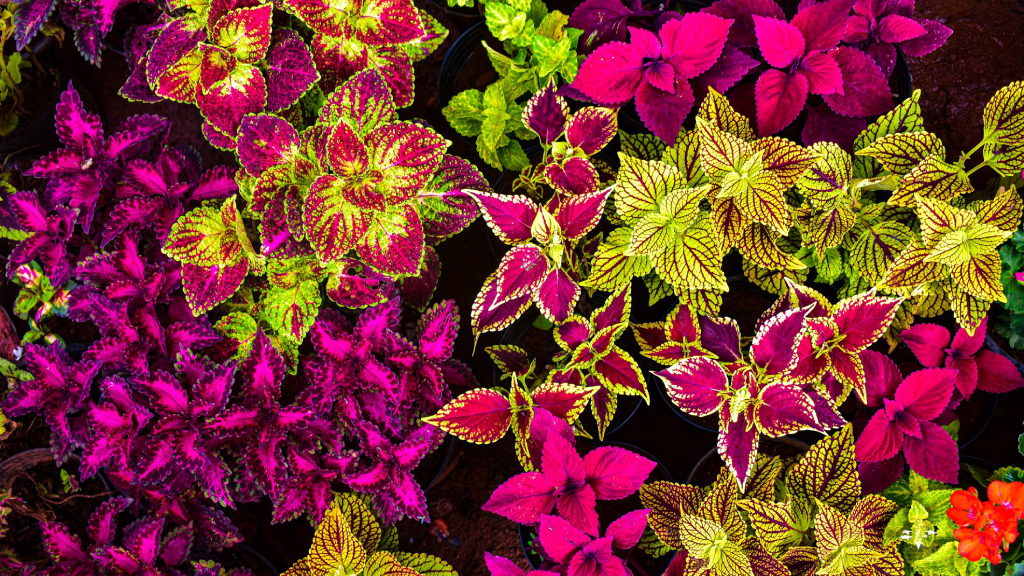
This is the most beautiful coleus with multi-colored leaves. Add stunning border decoration plants in gardens.
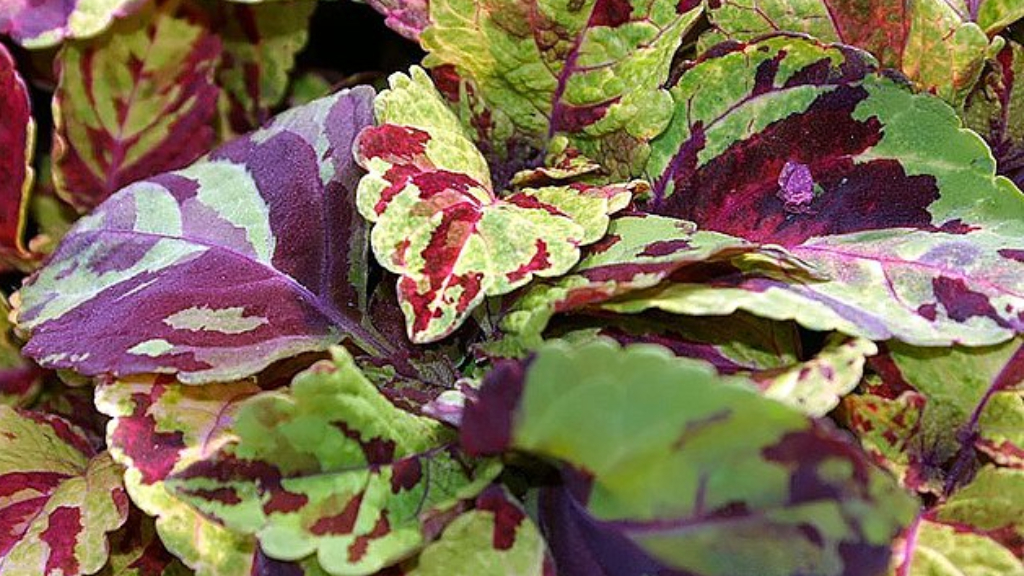
This variety has bi-colored foliage with pink centers surrounded by green margins
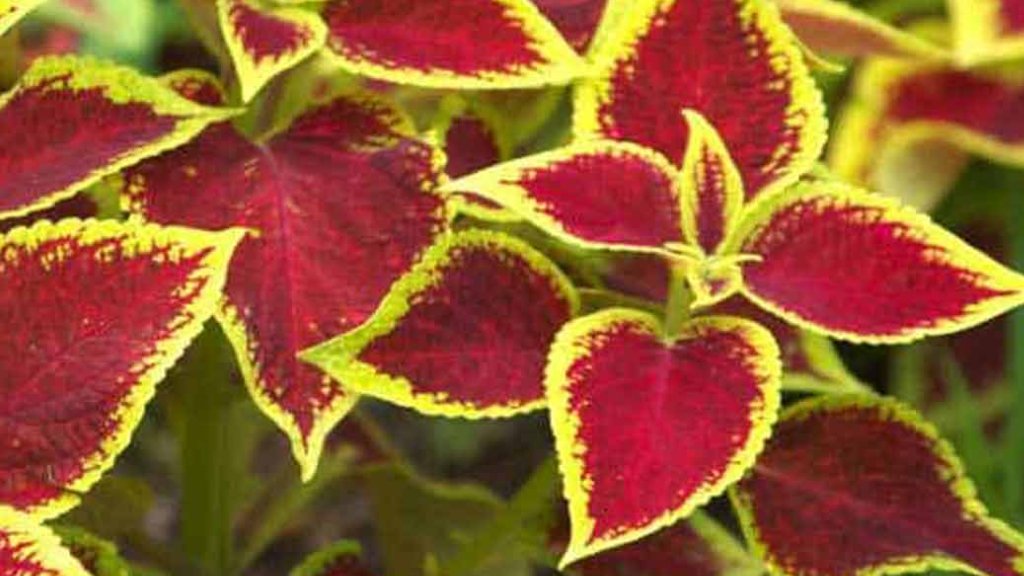
It is a chocolate brown variety with pink painting colors in the middle of the leaves.
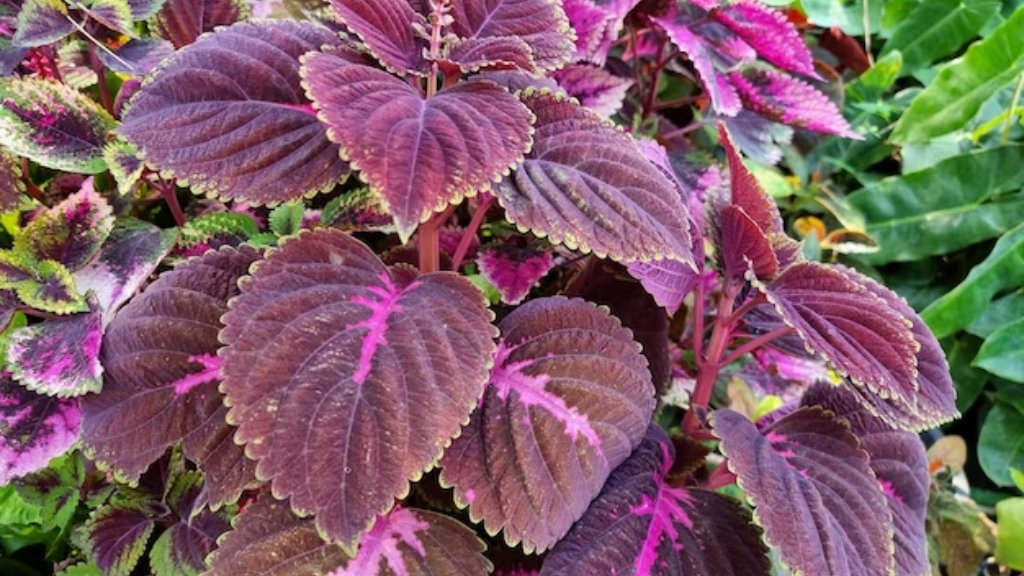
These indoor coleus plant loves to grow in rapidly-drained soil of any range but well-drained soil is preferred to avoid root rot & congestion.And also grows well in any organic growth medium including coco-peat organic potting mix.
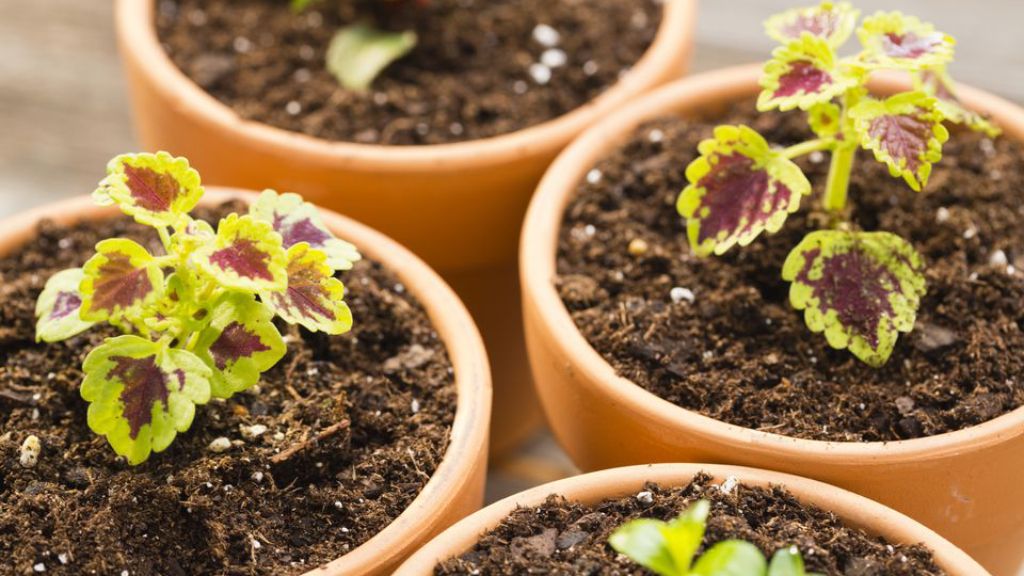
Application of water to this plant only when the top inch of soil dries & plant begins to wilt. Overwatering leads to root rot & death.
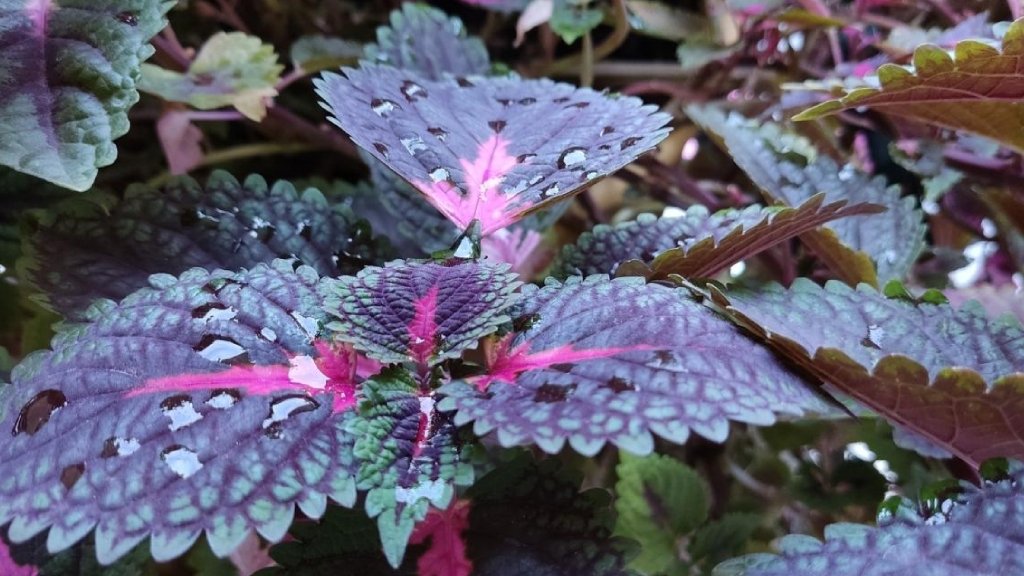
The indoor ornamental plants are shade-loving plants. Indoor coleus enjoys indirect sunlight. But the leaf color is achieved through the direct sunlight, evening sunlight, or under a shade net.
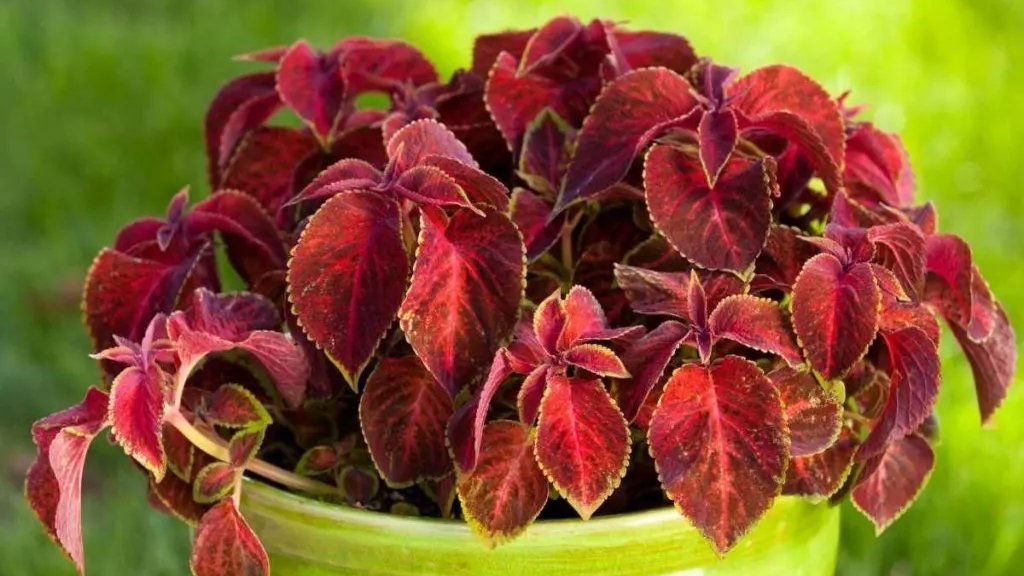
This plant bears a lavender-colored spike of flowers. Pinching the flowers helps the plant to grow faster & bushy.
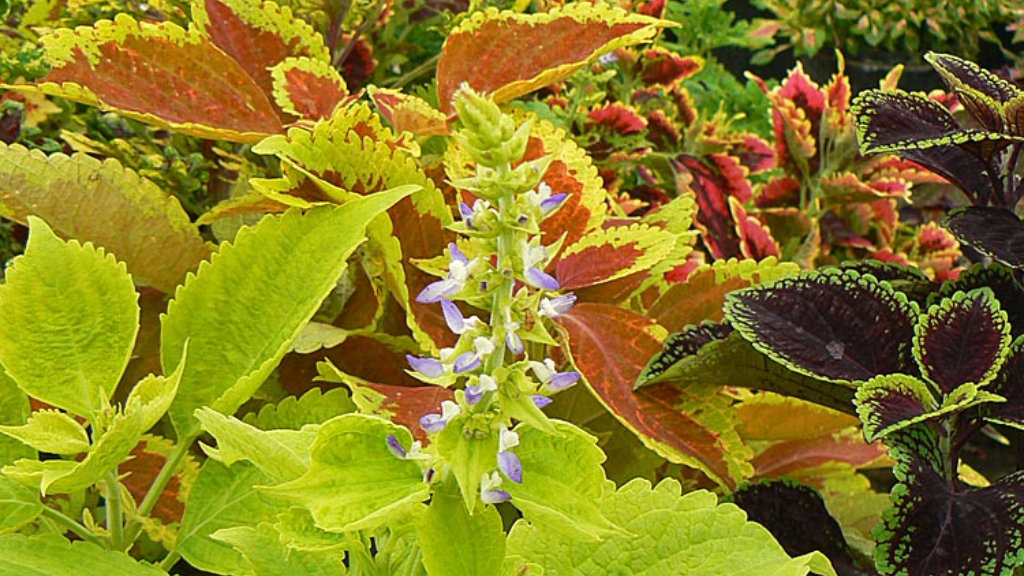
Easily propagated through stem cuttings. Just trim the base of the cuttings & allow the top leaves alone.

Transfer the plants to new bigger size pots when the coleus plants are found to be root bound over the drainge holes. Avoid placing the indoor coleus varieties in windy locations.
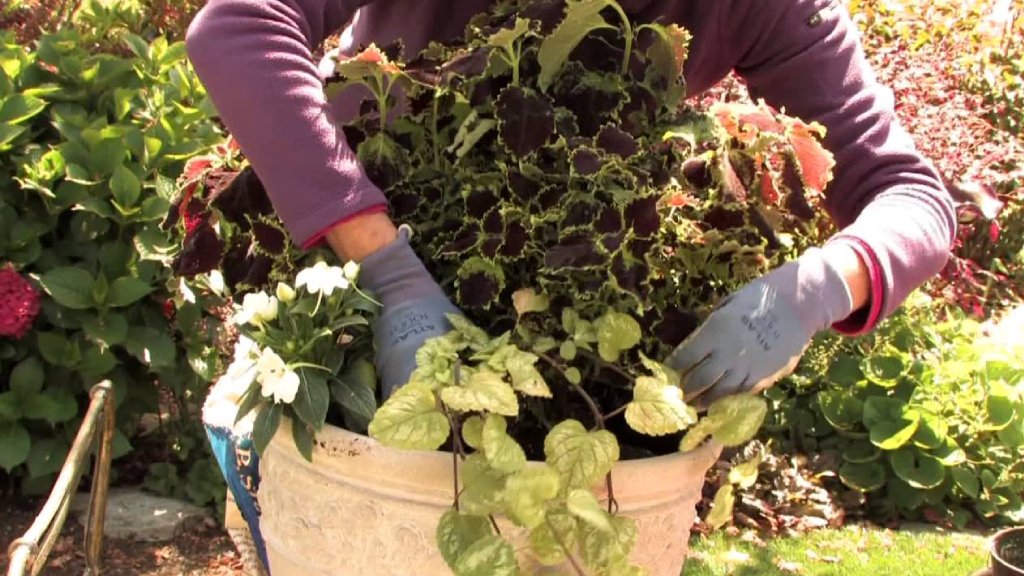
This is the most important practice in Coleus plant care. Regularly pinch off the cuttings from the top growing ends to promote more branching & faster growth.
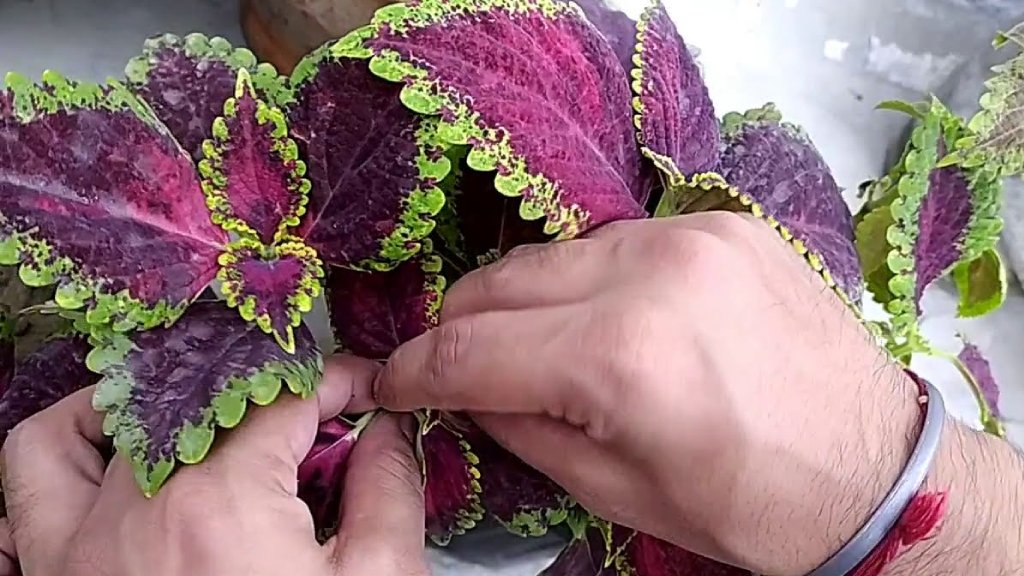
The application of organic compost is sufficient for these indoor coleus plants. And also application of homemade fertilizer like diluted rice water & related.
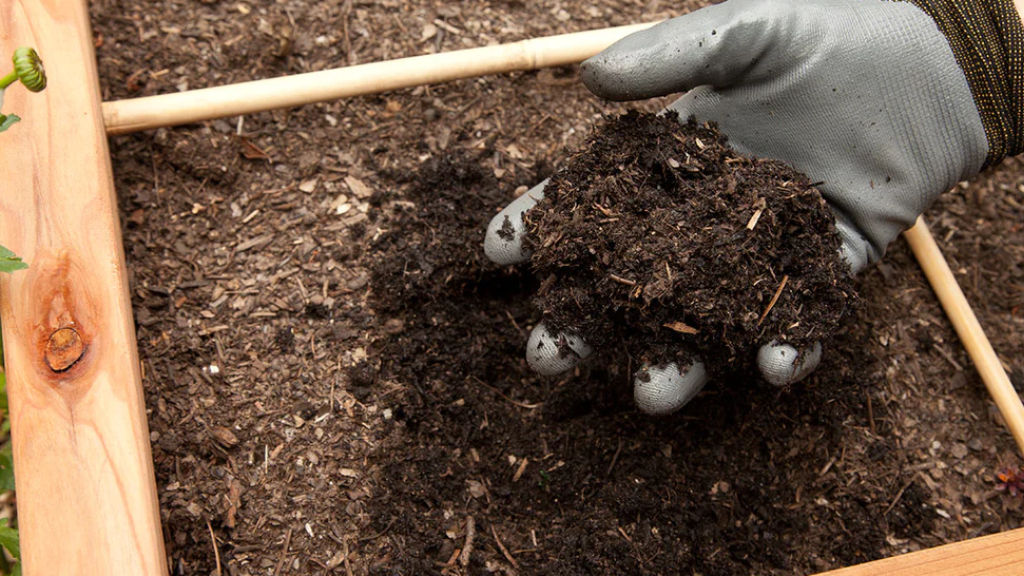
Coleus plants occasionally affected by peat & diseases.
Mealybugs are common pest. To control this application of neem oil spray in smaller quantities.
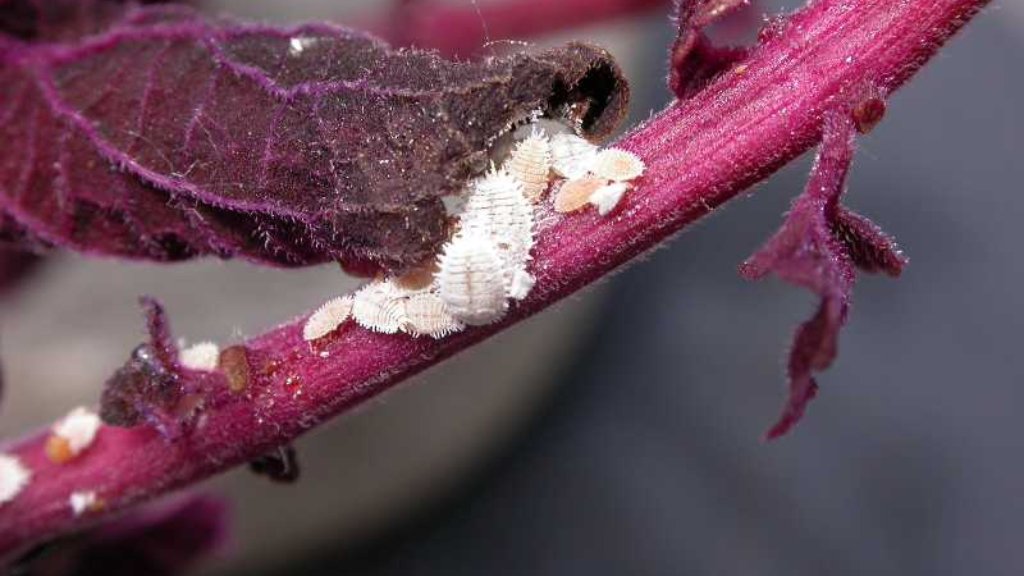
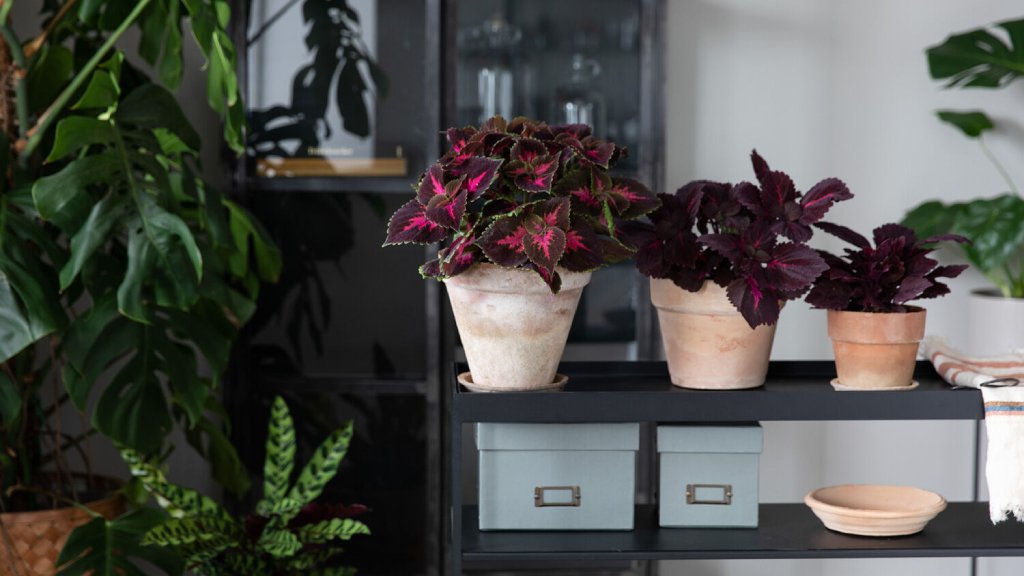
Indoor gardening is the easiest & satisfied way of growing plants this helps to relieve stress, boosts creativity, and focus,& promotes recovery.
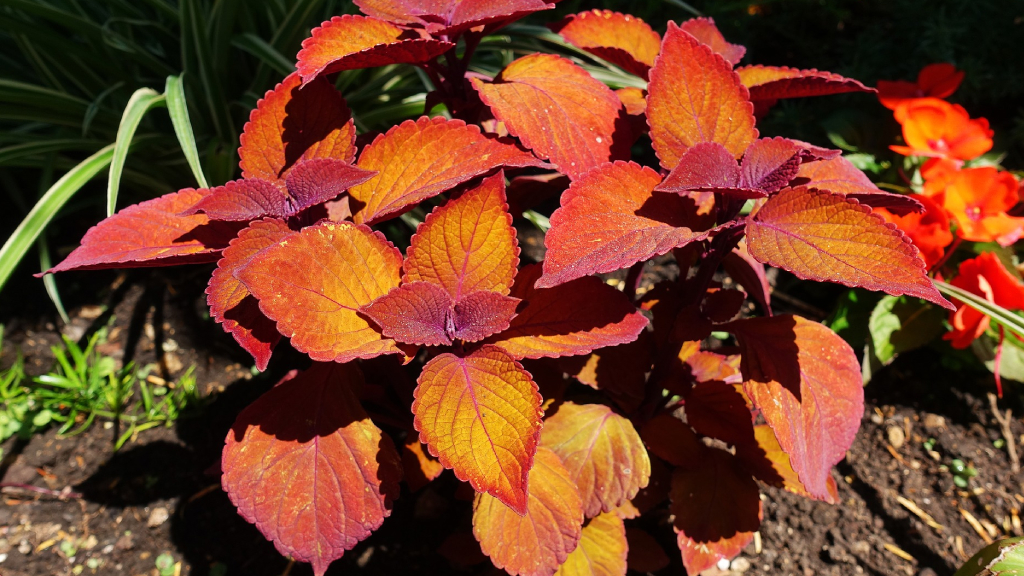
You don’t have to have superpowers to be a hero, go green!
Coleus indoor plant-ornamental plants
Blog Created By: www.santhionlineplants.com
In India from the ancient years’ the betel leaf plant has an important role. This betel leaf plant or vetrilai leaves is the ‘miracle herb’ that plays a major role in rituals, pooja’s, medicinal, lucky bringing houseplant & major horticulture intercropping plant.

India is the origin of most of the herbal plants. In that order, betel leaf plants originated from the Asian continent India & Philippines. Most popularly grown in India, Srilanka, & Bangladesh.

The common betel leaf plant is called piper betle,vetrilai, or wild betel. It is very essential auspicious herbal & climber plant.
In South India, Attur vetrilai got a GI tag & its most popular variety.

Leaves are heart-shaped. And the betel leaf plant is a creeper, climber perennial houseplant with ground covering habit. It is also a profit-earning plant within 4-6 months after planting yield will be obtained.

This plant belongs to piperaceae family (pepper) produces small white flowers those are called as catkins.
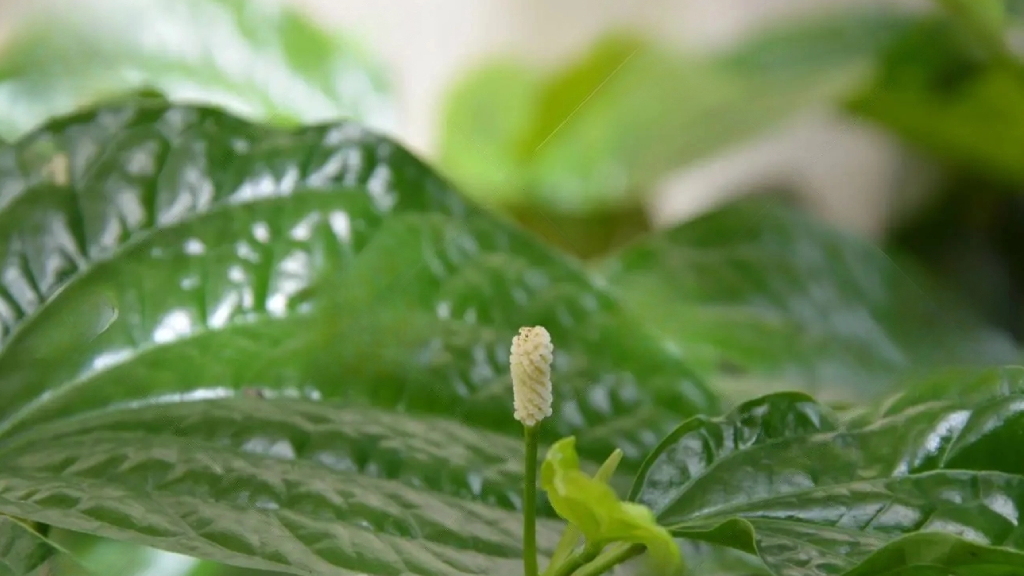
In India most of the rituals contain a famous dessert called ‘Paan’ie., Betel leaves are wrapped & chewed along with areca nut and tutti frutties. Chewing the betel leaf over time helps for easier digestion, acts as a mouth freshener & other enormous benefits.
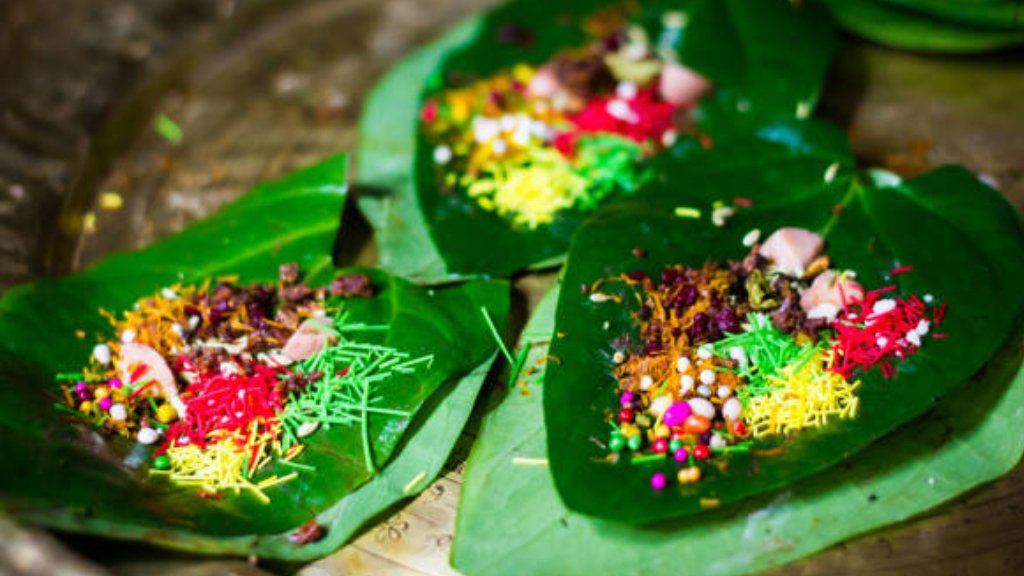
This piper betle plant loves to grow in well-drained organic potting mix or garden soil preferably sandy loamy or sandy clay pH of 5.6 to 8.2 for better growth.
Potting mix- 1part of garden soil + 1 part of vermicompost + 1 part of cocopeat

This herbal plant loves to grow in moist hot & humid conditions. Needs daily regular watering. Keeping the soil moist to the touch helps the plants to grow faster.
And also remember betel leaf plant fails to grow in water-logged & drier conditions.

Probably planting season to be spring & early summer. But in India, betel leaf plants are all-season growing plants.
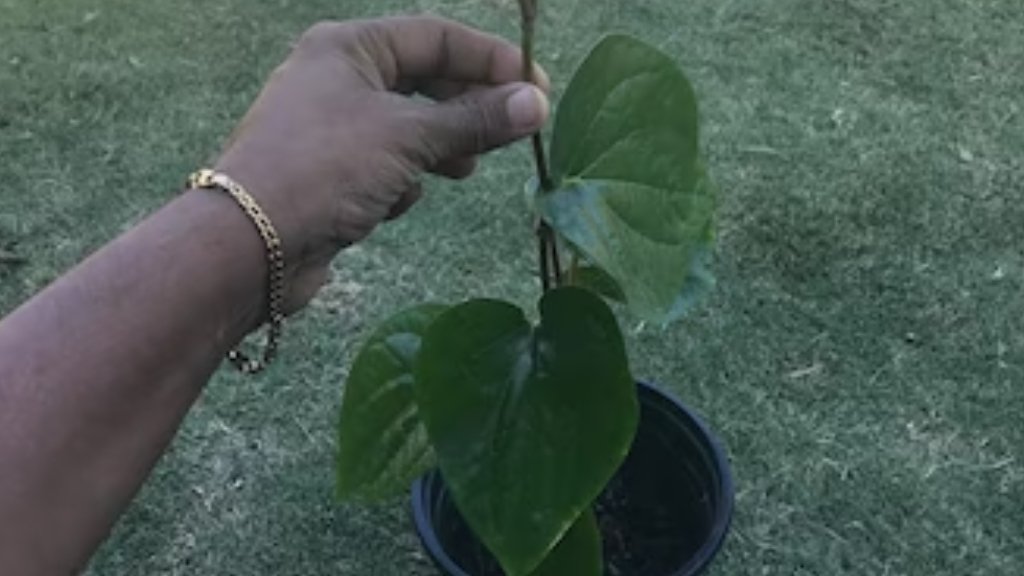
These climber plants placement in hanging pots, and deep containers with proper drainage holes.
In addition to this plant placement in both indoors & outdoors with minimum sunlight & good shade area.
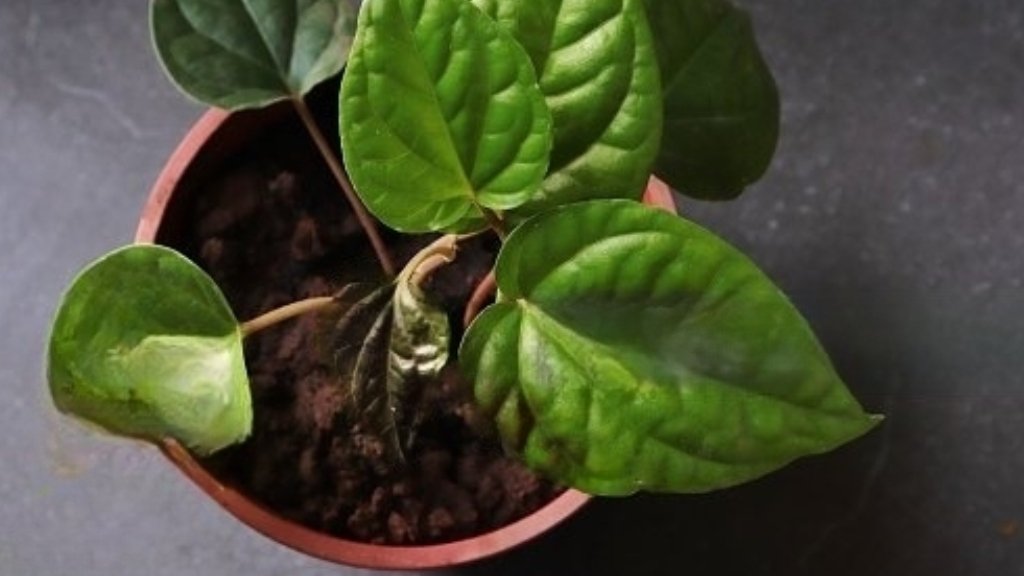
Place the betel leaf plants in east or north-facing directions to receive indirect & partial sunlight to receive better production.
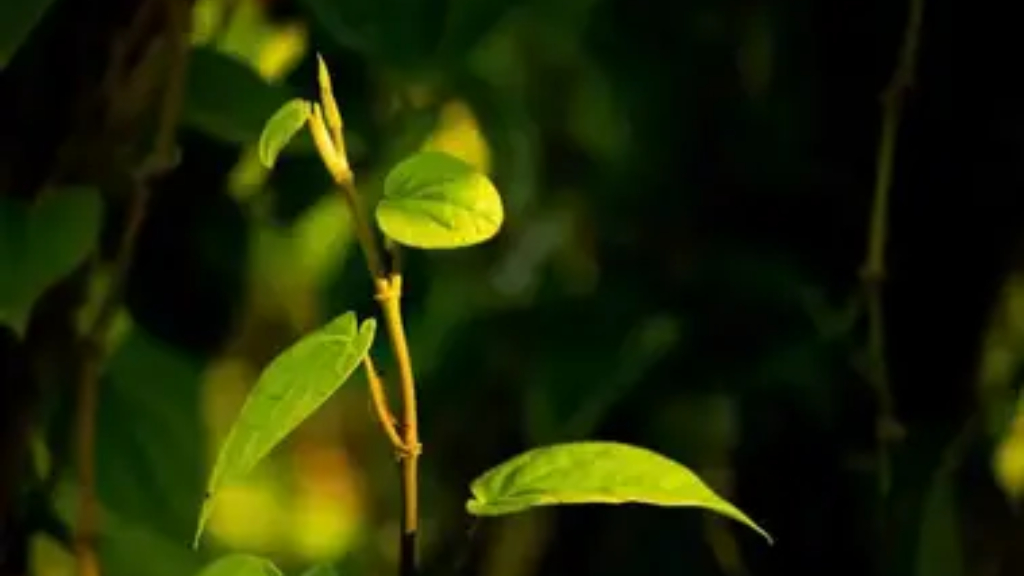
The fertilizer required for growing betel leaf plants is organic fertilizer. Occasional fertilizer application results in the best growth.Like fertilizer application once in a couple of months.
Nitrogen-rich organic fertilizer such as cow manure, FYM, and vermicompost helps to grow vetrilai healthier & faster.
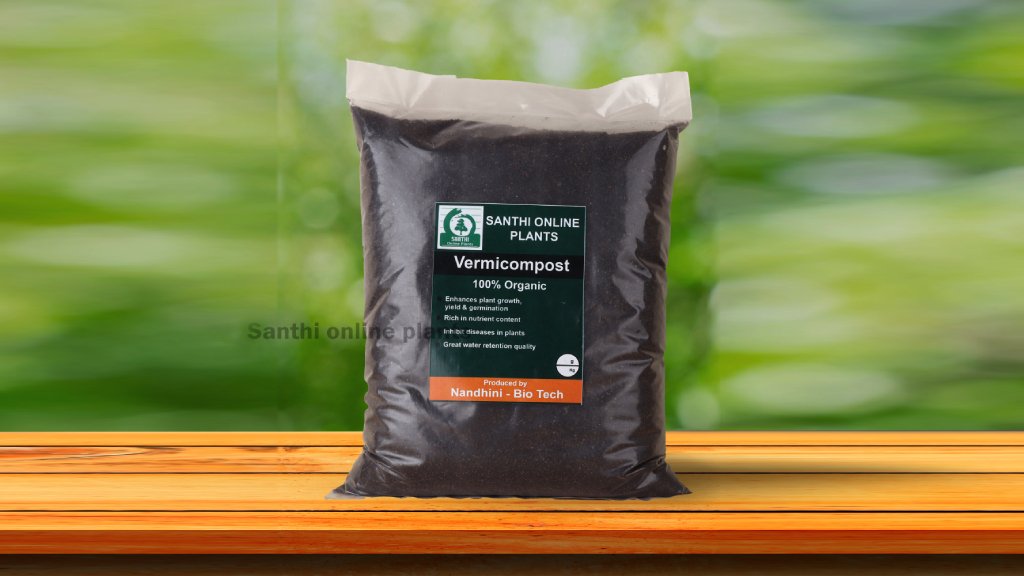
Easily propagated through stem cuttings & also through water by leaves.
Use the sharp sterilized knife & make 6 to 7’’ inches slanting cuts from the vetrilai plants. And plant the cuttings in a growth medium. Rooting emerges within 15 days of planting.
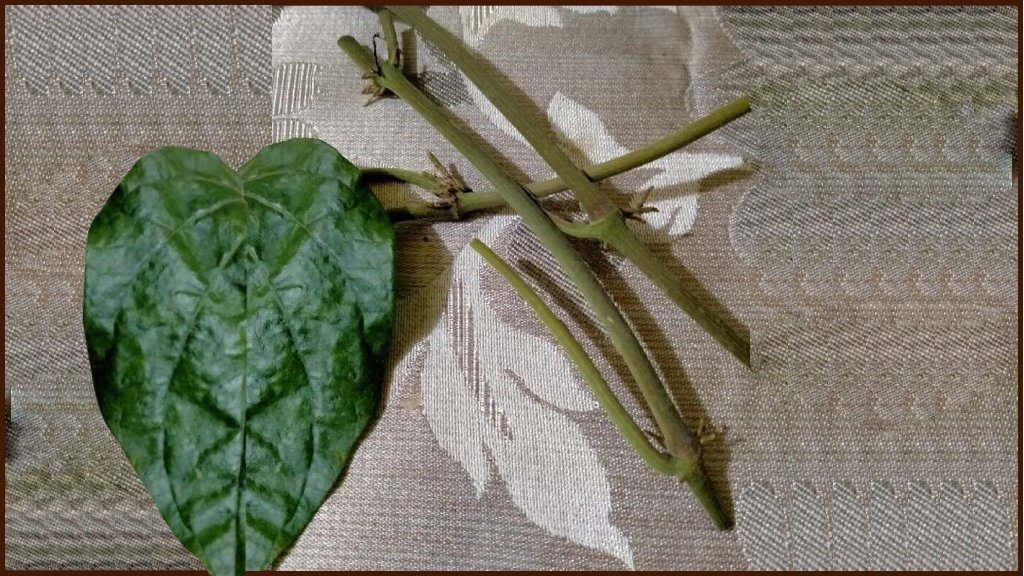
After 1 month of planting betel leaf needs support for their climbing such as through wooden sticks or moss poles.

Keep plucking the leaves from the bottom parts of the plant. And also remove dried matured unwanted leaves.

This plant is intercropped with banana, rubber, areca nut, and coconut plantations.
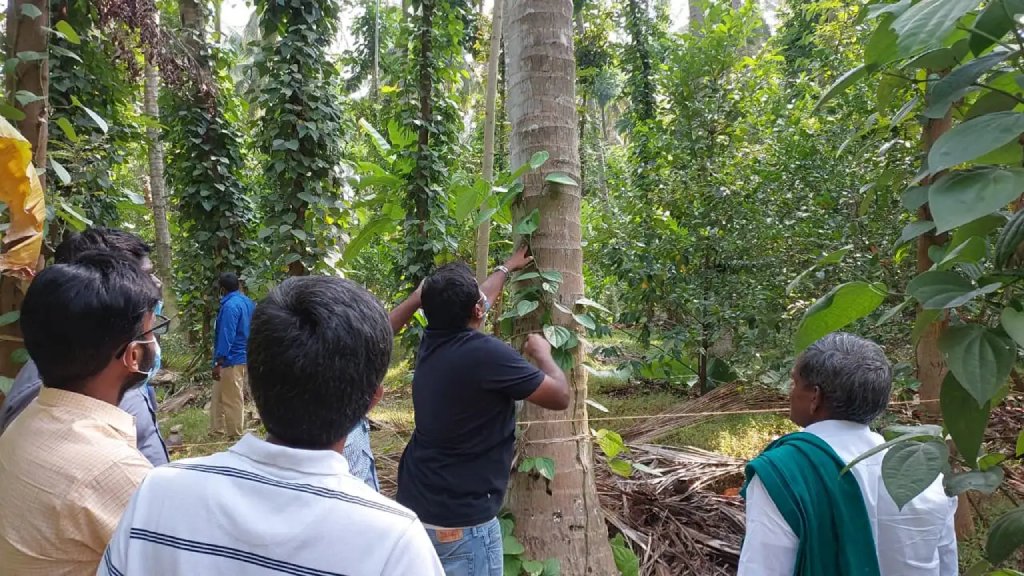
Occasionally these two pests affect the betel leaf plants. Application of neem oil in smaller quantity.
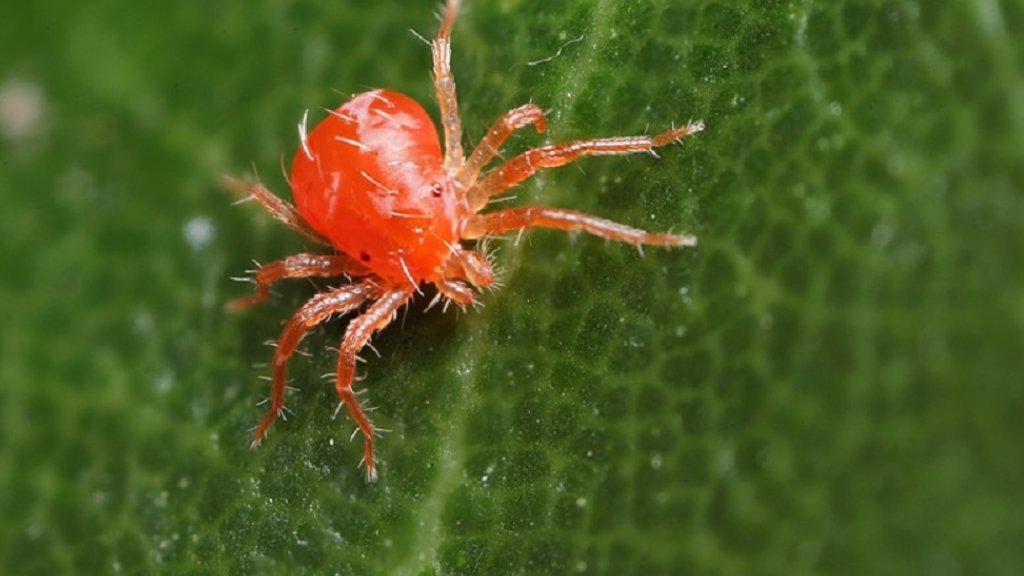
Remove the affected leaves from the plants immediately.
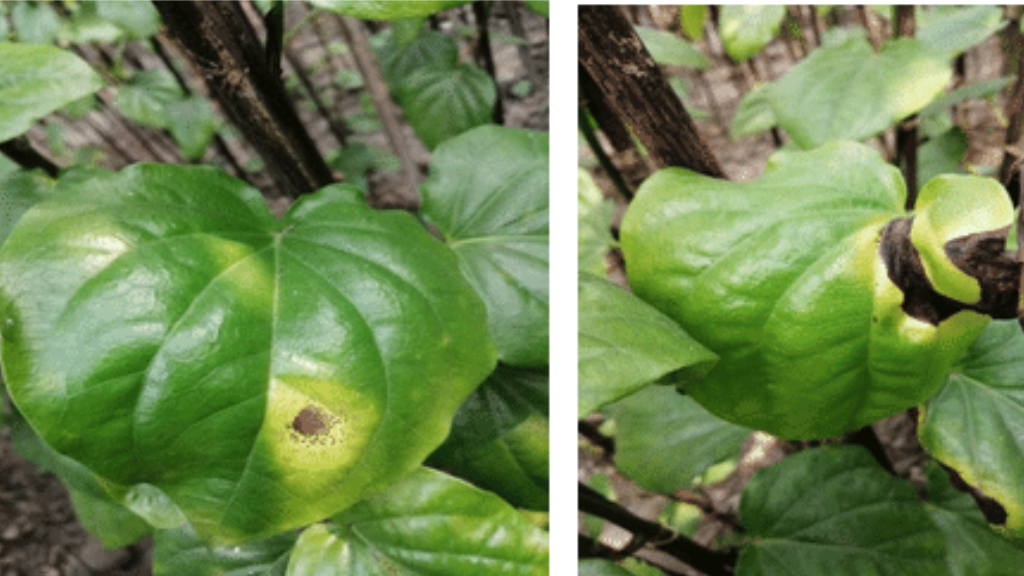

After 2-3 months of plantation leaves are plucked along with petiole by hands.
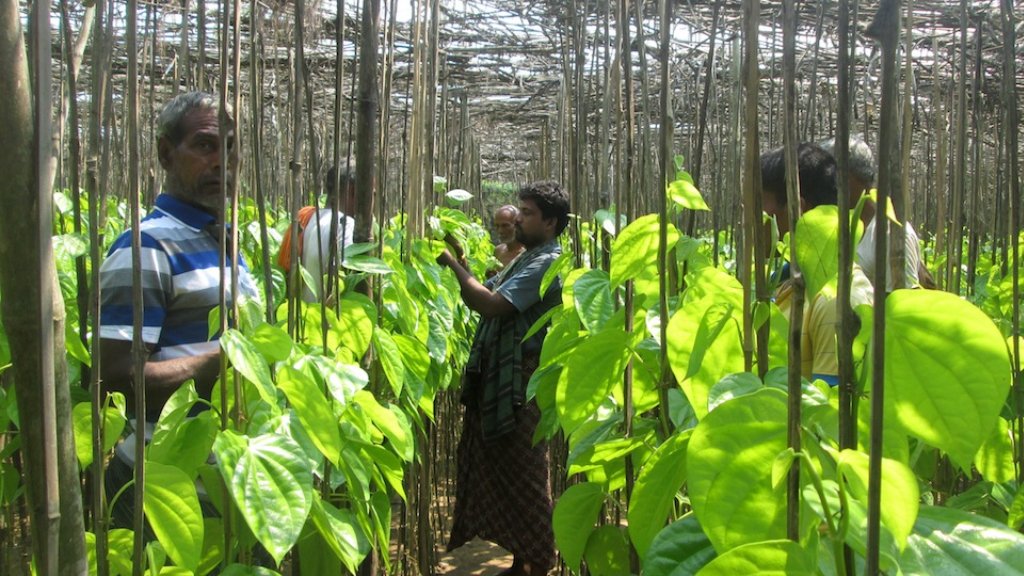
Expected yield of this herbal plant is around 25000 to 35000 bundles per acre.
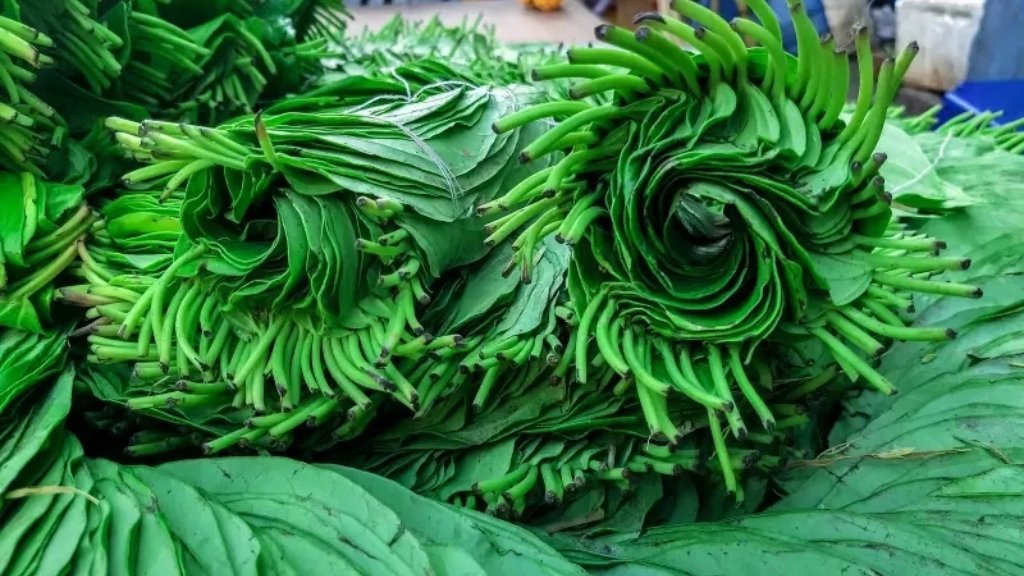
Growing herbal plants improves heart health, mental and physical health. Just by keeping herbal plants alive for even a couple of months, you will enjoy the highest return on your investment.
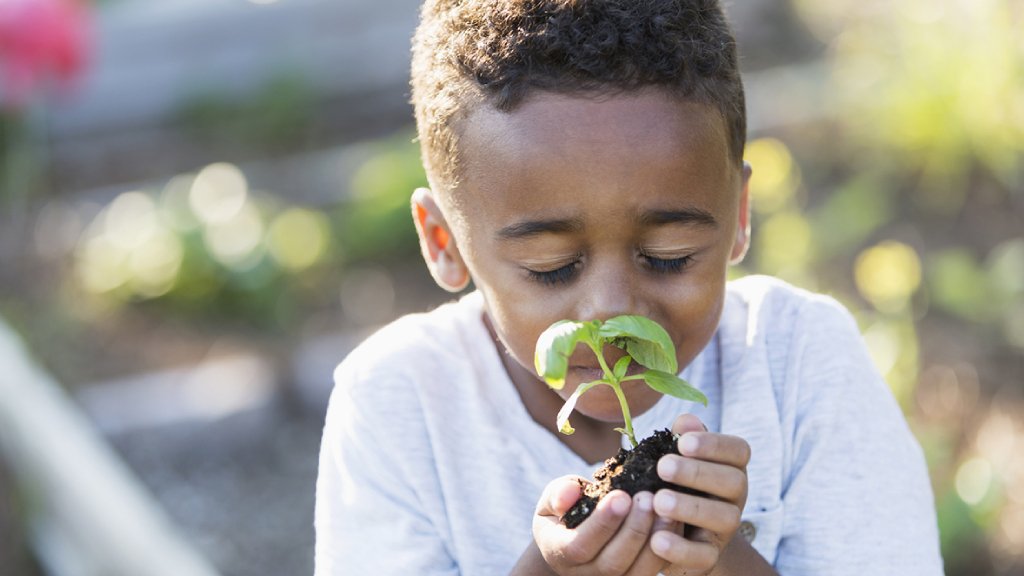
Going green is the most cost-effective way to live!
Blog Created By : www.santhionlineplants.com
Nerium oleander is a shrub plant or small tree which is originated from Europe and the Asian continents the nerium plant belongs to the family Apocynaceae. This is mostly grown in tropical and subtropical regions. This plant grows up to 2-6m tall. After perfect maturity, the stem is used to erect outwards. Nerium is highly popular for its fragrance. Nerium is also highly toxic. Due to its toxicity, it is untouched by cattle and goats.Thousands of years ago Nerium plant has been used for treatment purposes for cancer, and epilepsy, and also for healing wounds. This Nerium plant acts as an antibacterial for wounds.
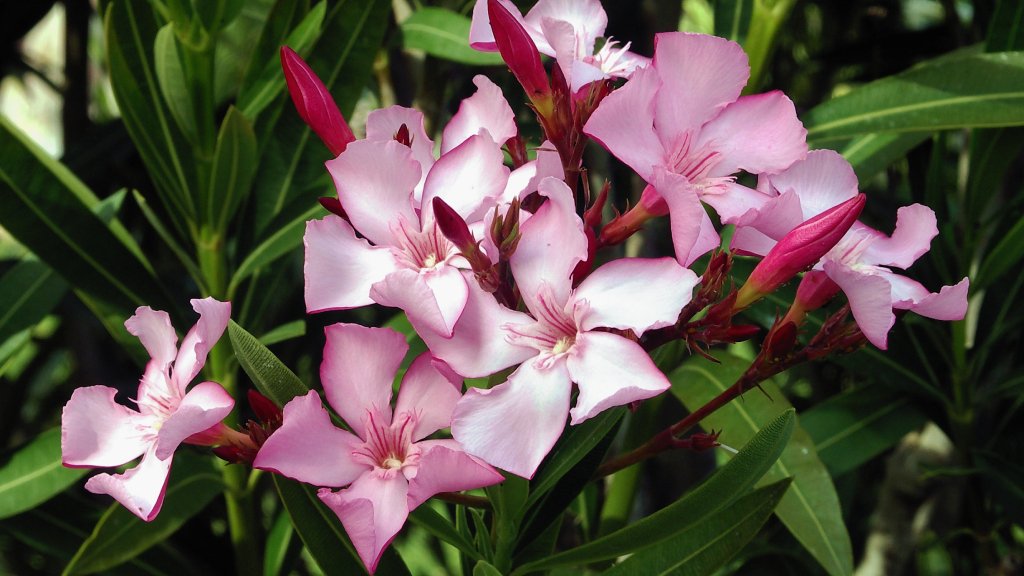
The Nerium plant consists of 10 varieties of Arali flowers such as single (red, white, rose) Double (Rose, white, red) white, pink, yellow, etc. Nerium plant is also of dwarf varieties such as petite salmon and petite pink. It is considered to be the best ornamental flower plant for the home.
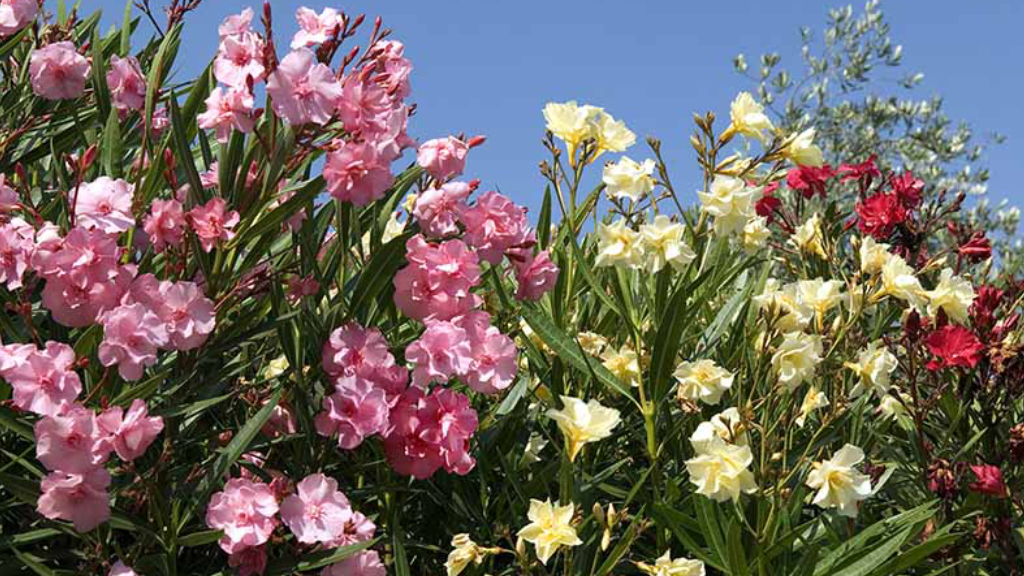
Nerium oleander plants are propagated through cuttings. Initially collect the stems from the evergreen shrub and cut the leaves at the bottom and place them in a pot with soil mixed with coco peat after two weeks roots start to sprout.
It is also possible to grow through seeds but it takes longer time to sprout. But propagating oleander through seeds gives us a successive rate. But, nowadays mostly all prefer cuttings due to their faster germination.
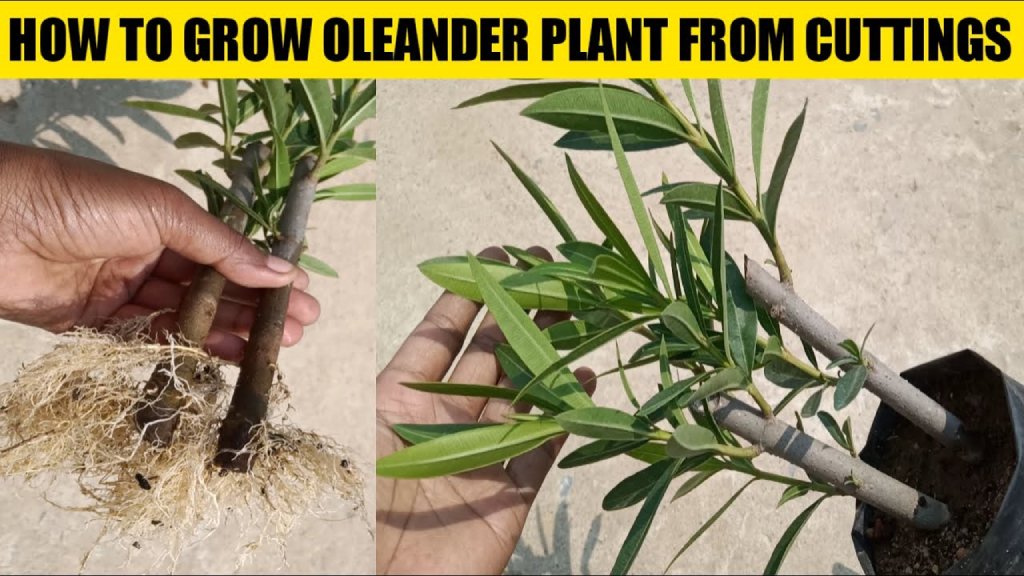
They mostly grow well in acidic and neutral soil. PH level of soil should be 5.0 to 8.3. But these oleander plants can adapt to various types of soil conditions. It can also grow in poor soil conditions.
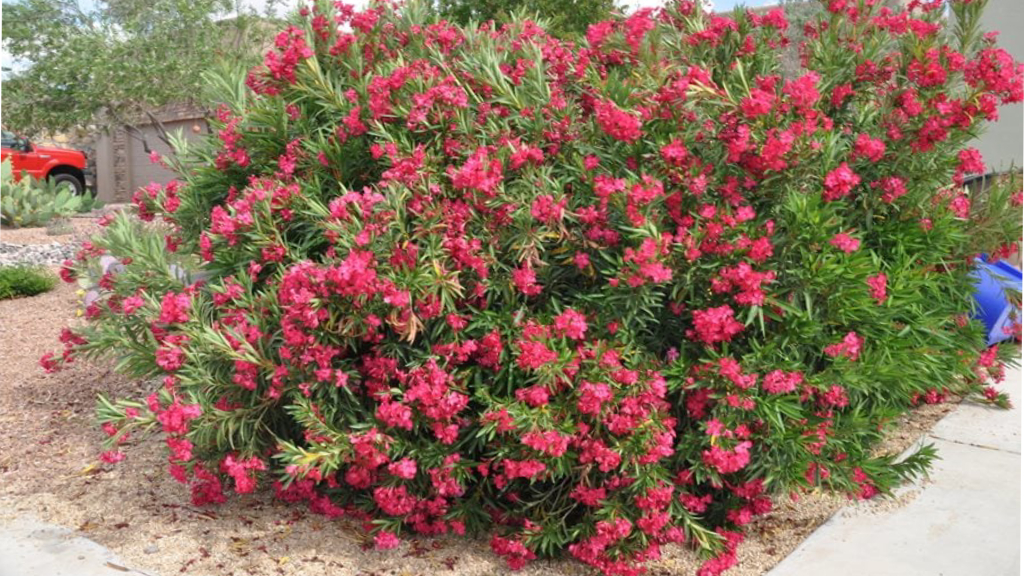
Nerium oleander is considered to be a drought-tolerant plant. It is sustainable to survive without water. But once if leaves start to fall it is completely necessary to irrigate at optimum level. We can water the plants with three days gap continuously until the leaves’ abscission stopped.
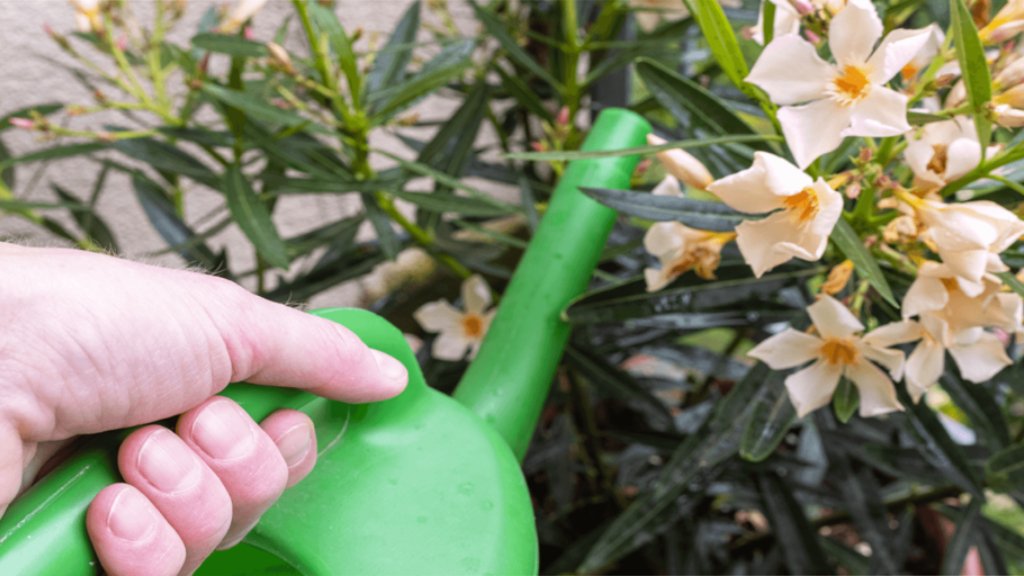
Nerium oleander is also possible to grow in heavy sun. They can tolerate it even in summer. And it is intolerant to frost conditions. In winter time it is better to keep the plant in a dry area. Heavy sunlight gives the best results to plants. In lack of sunlight, plants become lanky. (Thin and Tall) in nature. So, Nerium oleander always requires an optimum level of sunlight to give successive rates of growth.
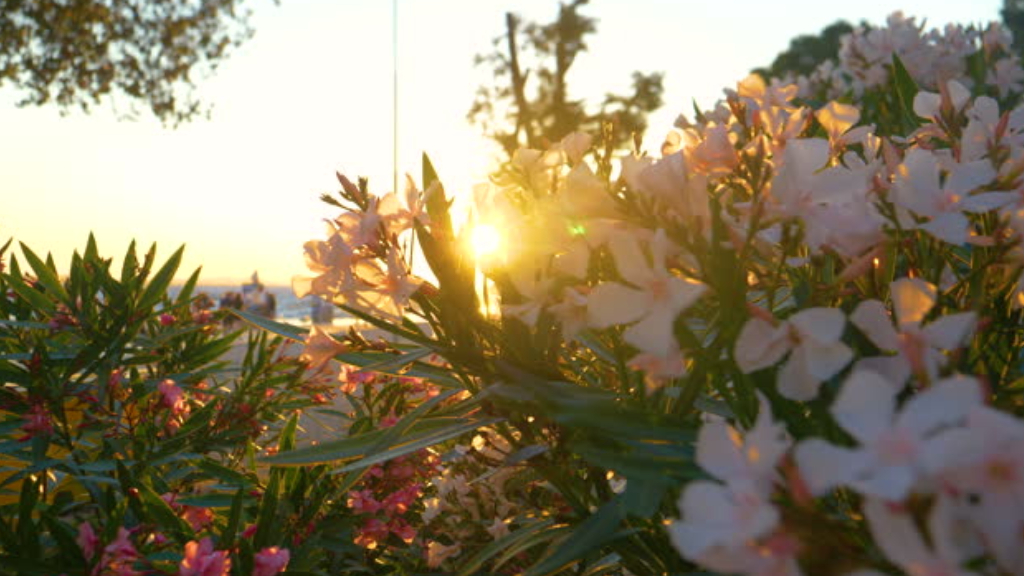
Arali flower consists of five petals which bloom in clusters and at it started to bloom at the beginning of summer until autumn. There are various colors in ] the Arali flower such as pink, white, yellow, salmon, peach, red and light pink, etc. If it is not blooming properly sufficient water and light is necessary. Needs weeding for proper plant growth.
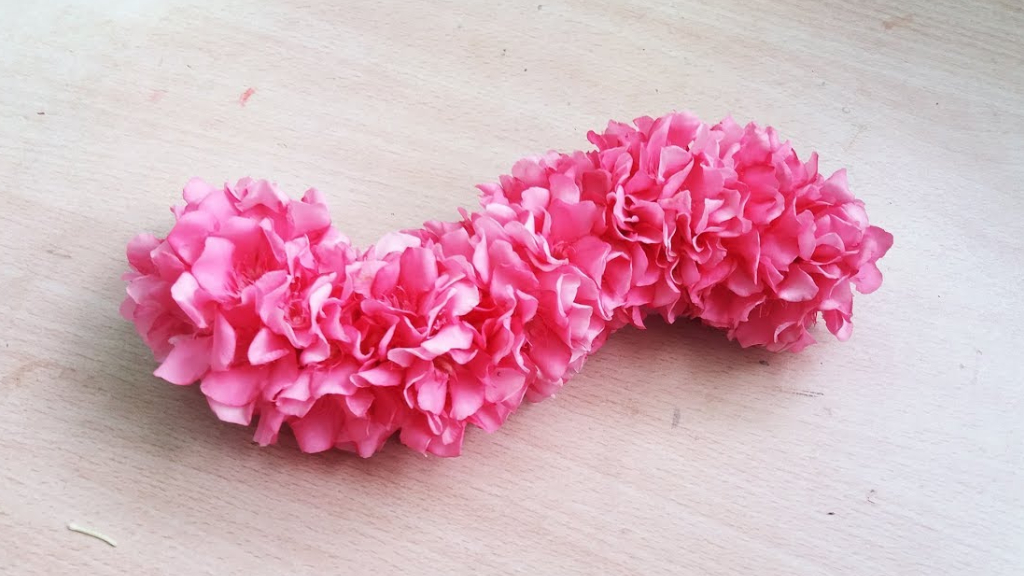
Induce cow manure, vermicompost, and goat manure at the bottom of the plants to enhance the growth of plants.
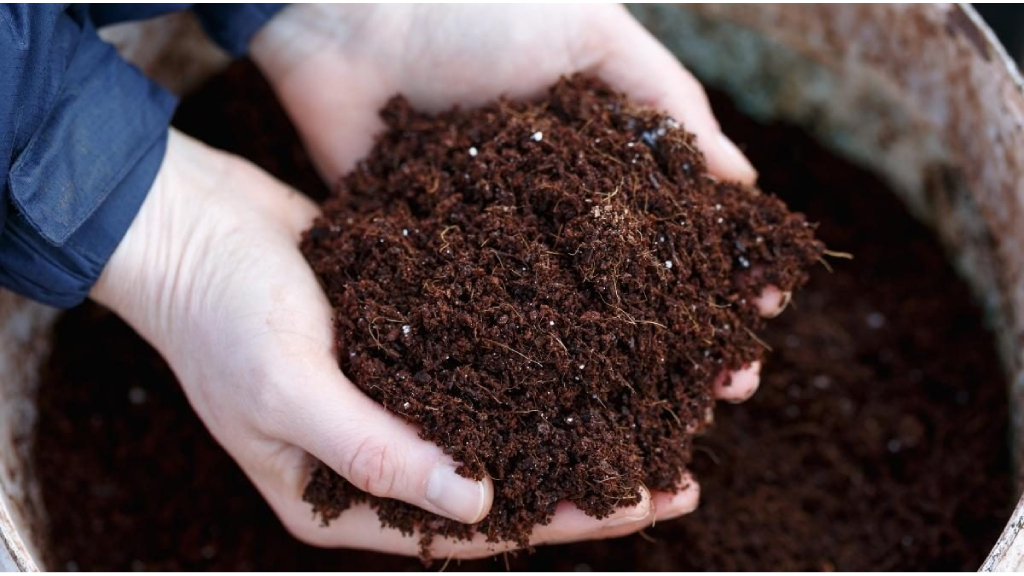
Cut down the well-grown branches up to 50cm. Saw used for removing hard woods. And also remove the thinner branches from the base.It is good & easy growing flower plants for home.
Pruning done one year after plantation.
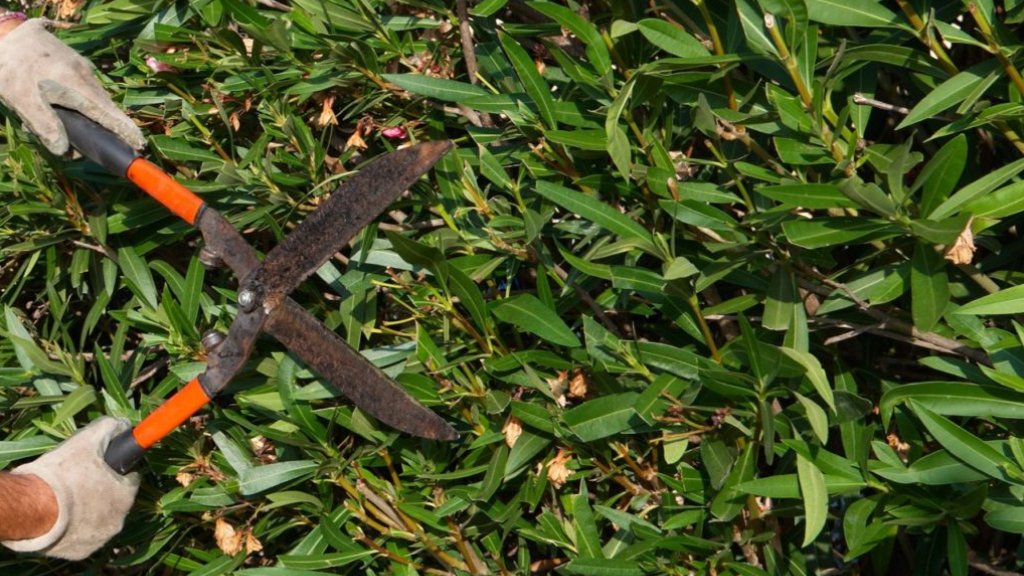
Repotting is essential for the Nerium plant because few soil types are unfit for its growth.
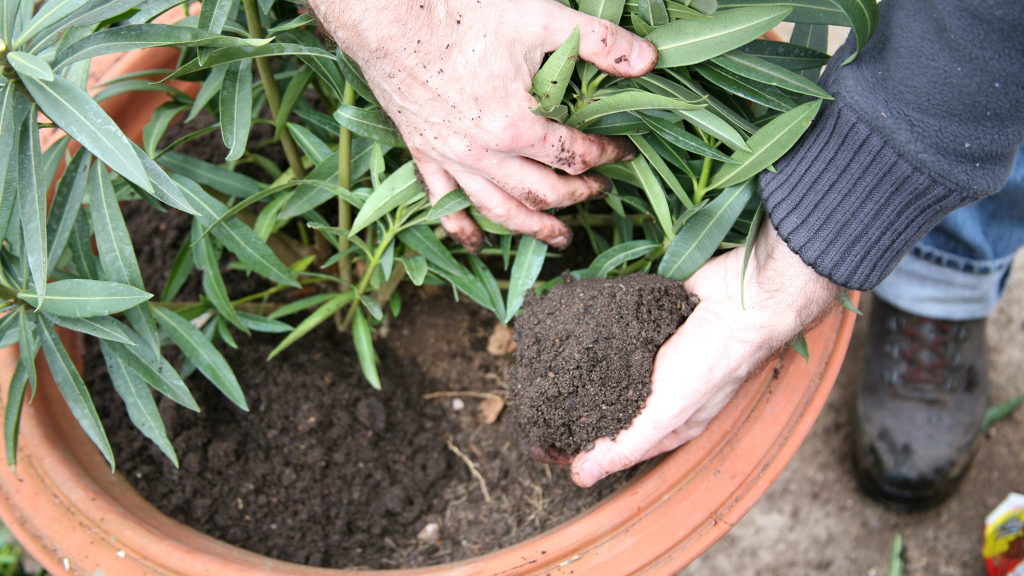
It treats cardiac problems, Menstrual pain, corn, cancer, asthma, and seizures.
Oleander acts as a pollution controller plant.
It is one of the best flower plants for home.
Growing Nerium oleander on highways and at any outdoor place makes the environment pollution free.
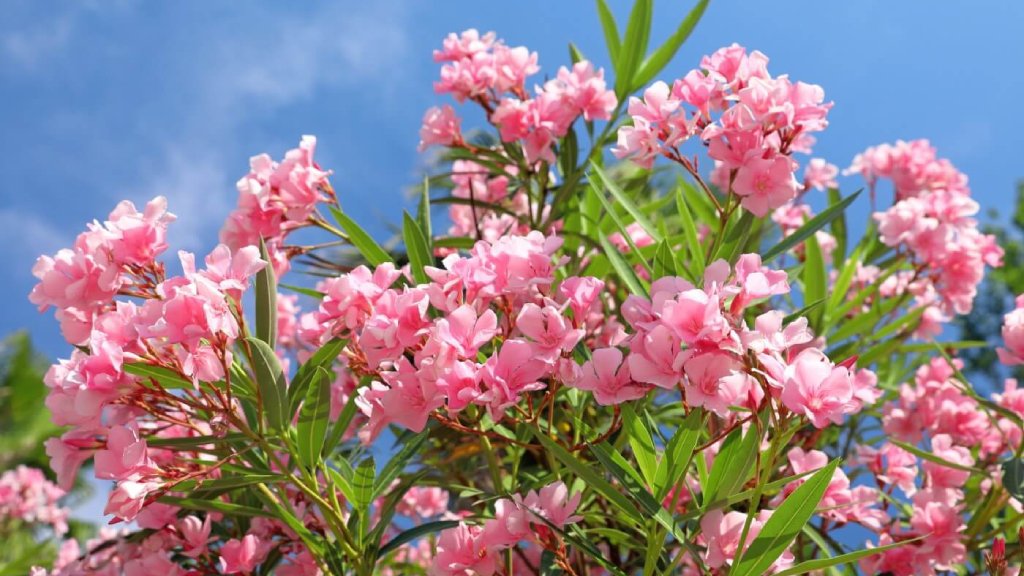
Stop deforestation and do afforsetation for more rain and oxygen which lead us to live a prosperous and healthy life.
Plant a tree, plant a life.
Blog Created by: www.santhionlineplants.com
The Clitoria ternatea-Sangu poo plants are perfect tropical houseplants. It is grown as a vine or creeper plant. These Clitoria plants are holy and are also called Sangu poo or Shankupuspi.

For a century of years, these Sangu poo plants are used in traditional Ayurveda medicine & Chinese traditional medicine. It is believed to bring positive energies to the home.

The Asian pigeonwings scientifically called Clitoria ternatea belongs to the fabaceae legume family native to Indonesia. Has specialty of this plant is nitrogen fixation naturally occurs in root nodules of this Asian pigeonwing.

The blue pea flower have 5 blue petals corella with two wrinkle wings it is also called ‘tropical alfalfa’ often referred to as the protein bank of legume plants.

Firstly, collect the seeds from dried pods of the sangu poo plant. Directly sow the seeds to soil or any growth medium. Water the seeds gently. After 15-20 seeds start to germinate after 45 days fully developed plants can be seen.
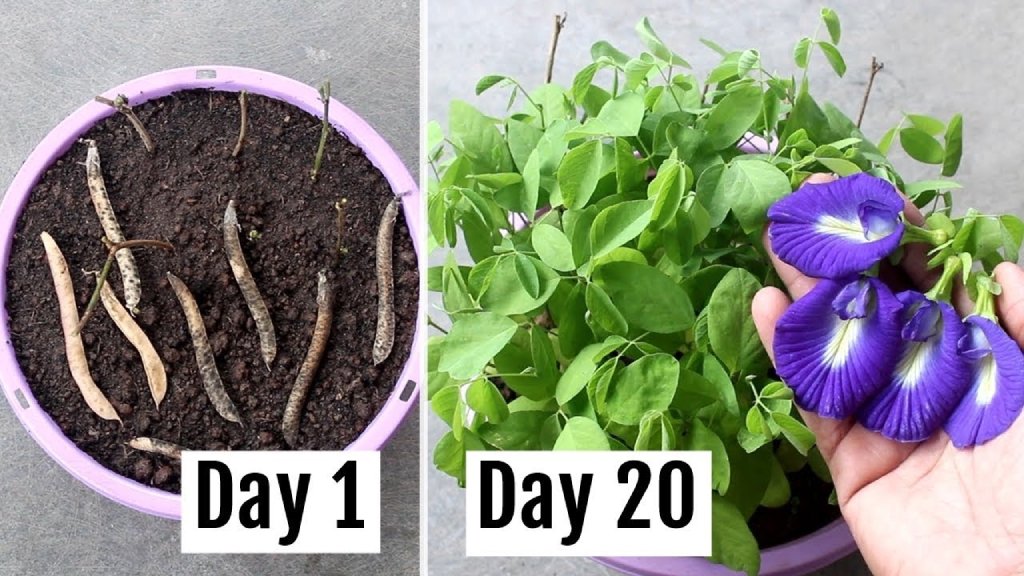
This creeping flower plants are classified into two types single petaled & multi-petaled in different colors like purple, blue,pink,red & white. And Clitoria ternatea benefits are greater.
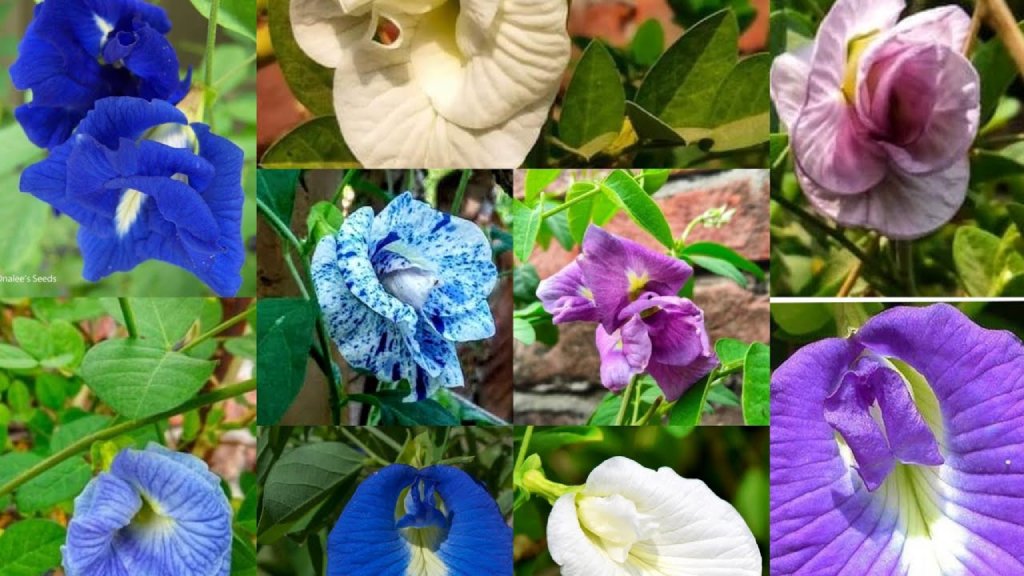
The Clitoria ternatea requires well-drained sandy, heavy clay, sodic & shallow soil with acidic pH of 6.5 to 7.6. And also this plant thrives well in coco peat organic potting mix.
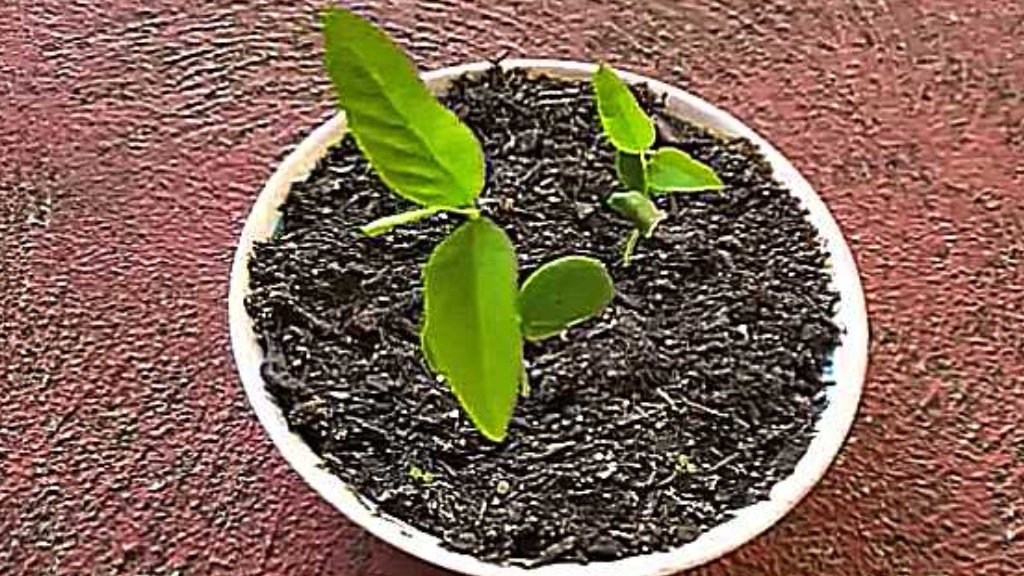
This Asian pigeonwings plant does not require regular watering. Water the blue butterfly pea plants for two to three days once. Alternate days’ watering helps plants to grow fast.
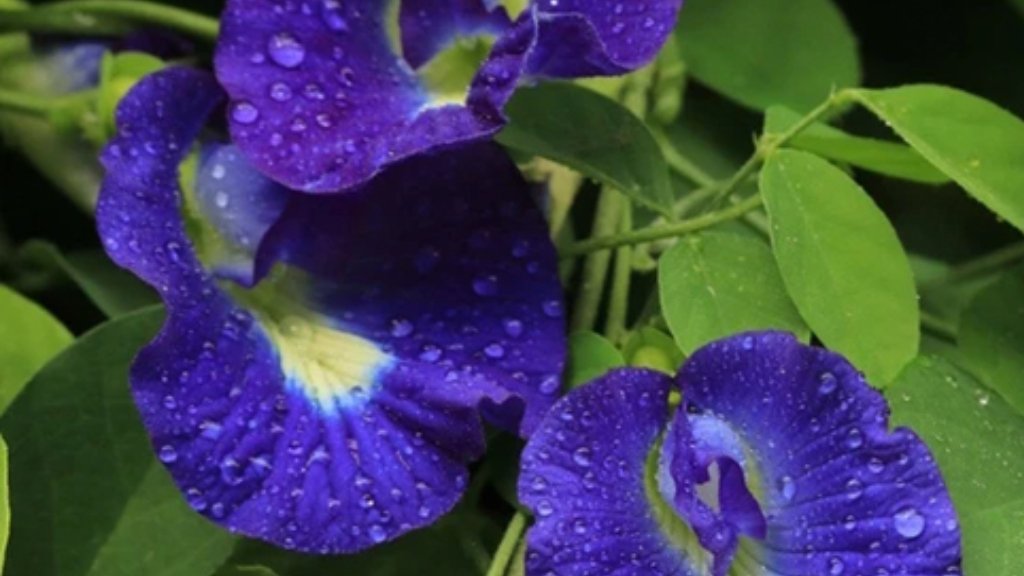
It also tolerate frost, shade & over watering but it seems to reduce the yield.
This creeper loves to grow in direct sunlight for excellent growth. At least 6 -10 hours of direct sunlight needed for good flower yield.

Application of well-decomposed cow or goat manure around the plants monthly once for best plant growth.
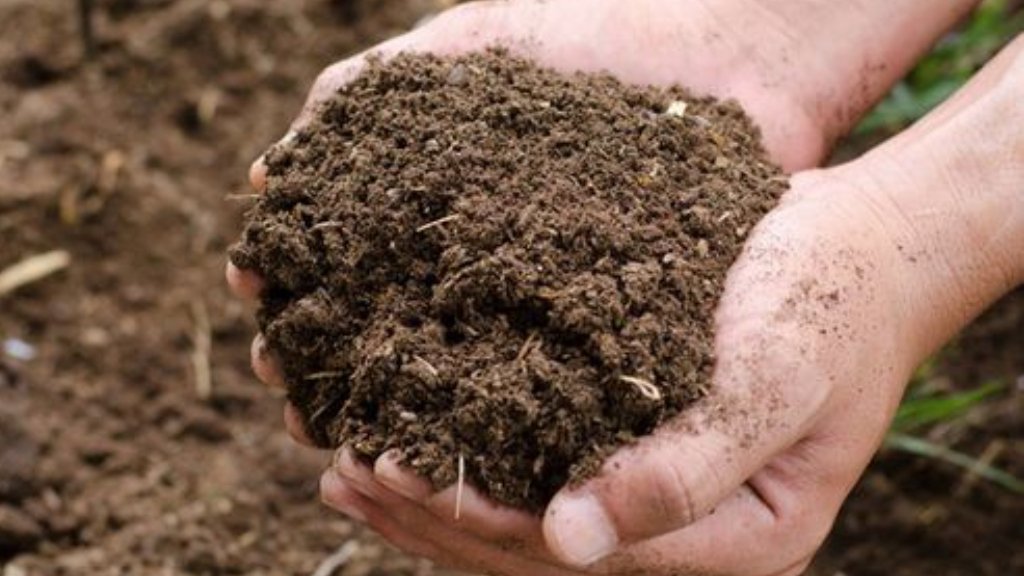
The pulses & legume plants intercropped with Sangu poo plants help to improve the increased nitrogen content of the soil. As the Clitoria plants have nitrogen-fixing capacity at root nodules.

Just cut off the dead, withered & damaged plant parts alone.

Repot the plants yearly once or annually for enhancing soil nutrients & faster plant growth. Transfer the plants to new bigger size pots.


Growing creeper plants around your garden help to make the best green fence & green wall. Grow plants all over the place at home as possible as you can.

Green tree is life for all!
Clitoria ternatea-creeper plant
Blog created by: www.santhionlineplants.com
The most essential plant is the bottle gourd vegetable plant in our day-to-day life. It is botanically Lagenaria siceraria and it belongs to the Cucurbitaceous family.In south India its commonly called as Sorakkai.
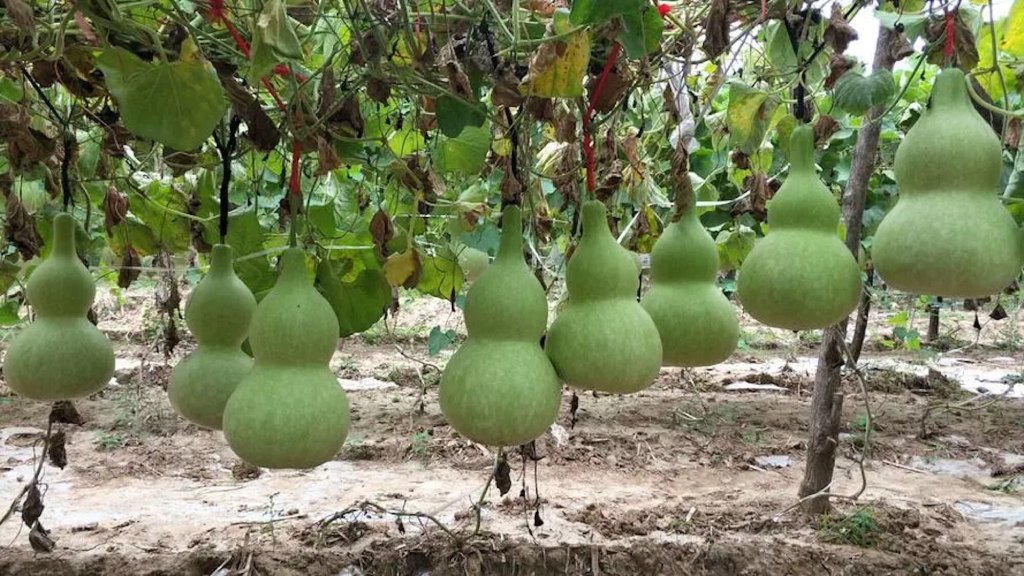
The bottle gourd plants has commonly cultivated plants in India. Most of the Cucurbitaceae vegetable plants are annual climbing vines with wide leaves & those are edible. The fruit has various shapes. And the shape depends upon the varieties.
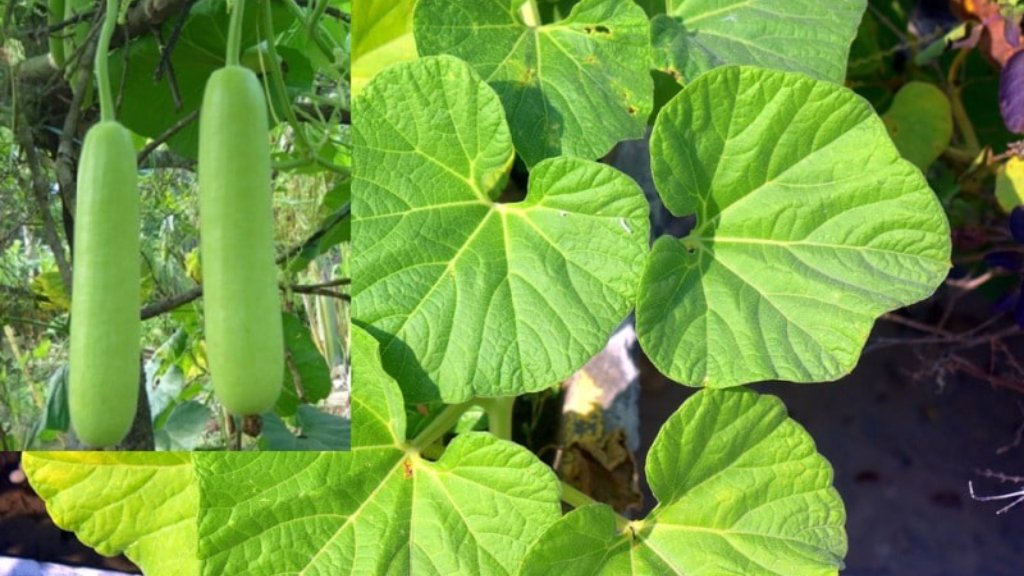
Most of the bottle gourd shapes are uniformly cylindrical, curved round bulbous. Lagenaria siceraria plant bears attractive white flowers & plant grows up to 4 -5 inches in diameter with large petals.
In India, the bottle gourd plants are cultivated as essential vegetable. Popular varieties of bottle gourd are CO1, PKM 1, PLR 2, PLR 1(salad type), Pusa Megdoot, Arka Bahar, TNAU Bottle gourd Hybrid CO1 & Pusa Summer Prolific Long.
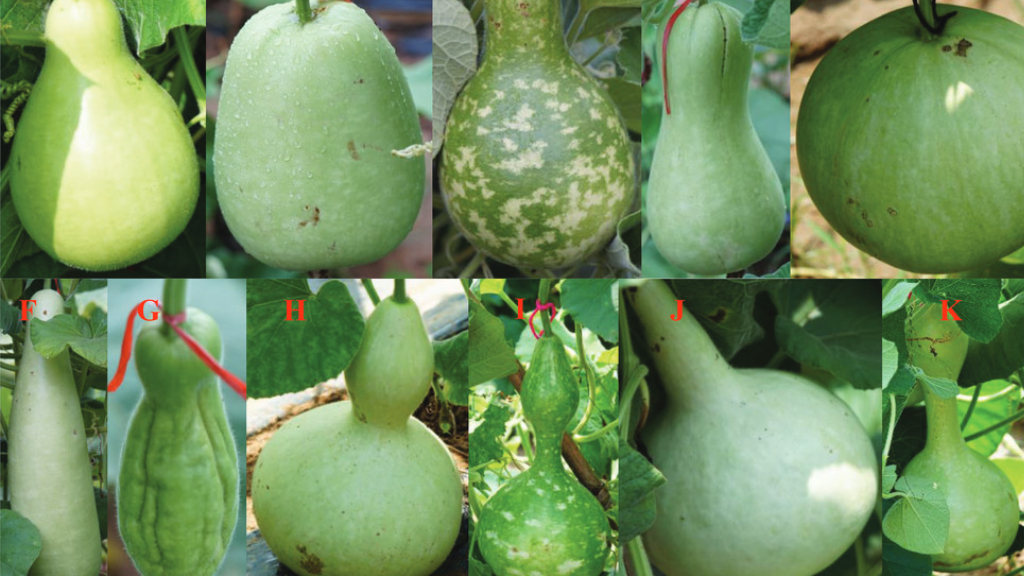
Initially,sow the quality seeds directly in to the pits or raised seed beds & sprinkle water.
Seeds germinate 3 to 4 days after planting. And matured plant climbs as they are climbers
Harvesting done 2-3 months after harvesting.
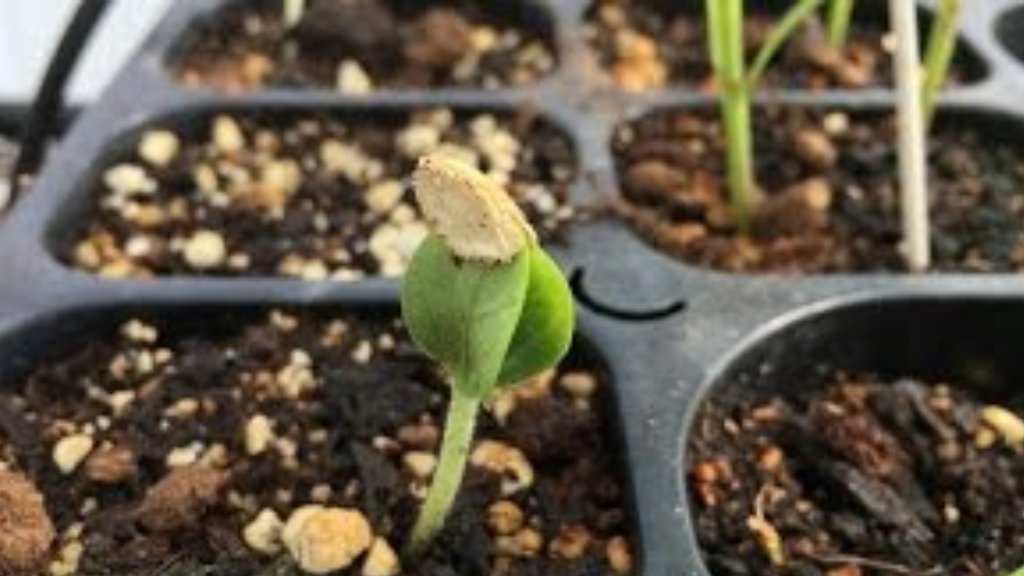
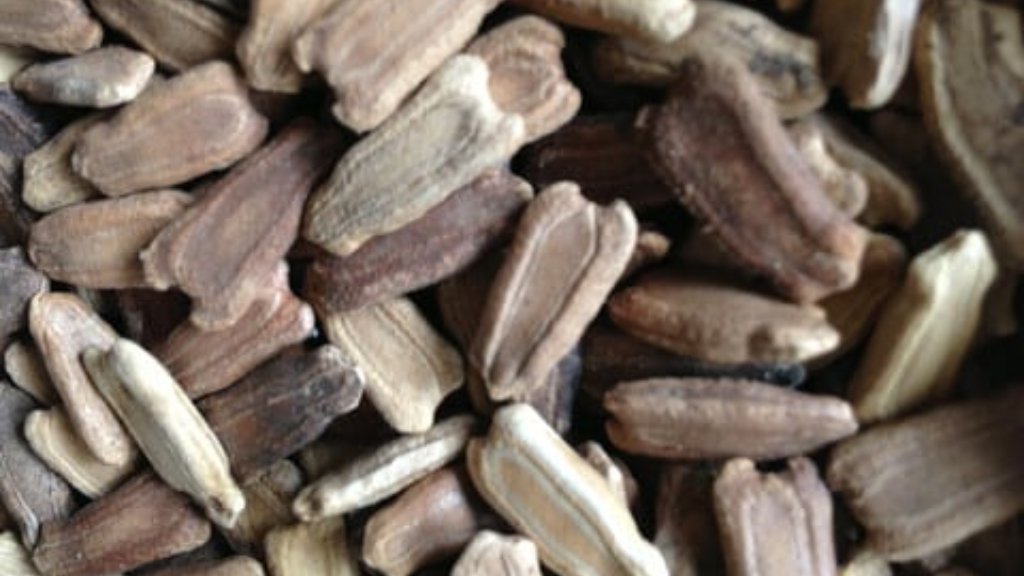
Best season for sowing this plant is during January & July.
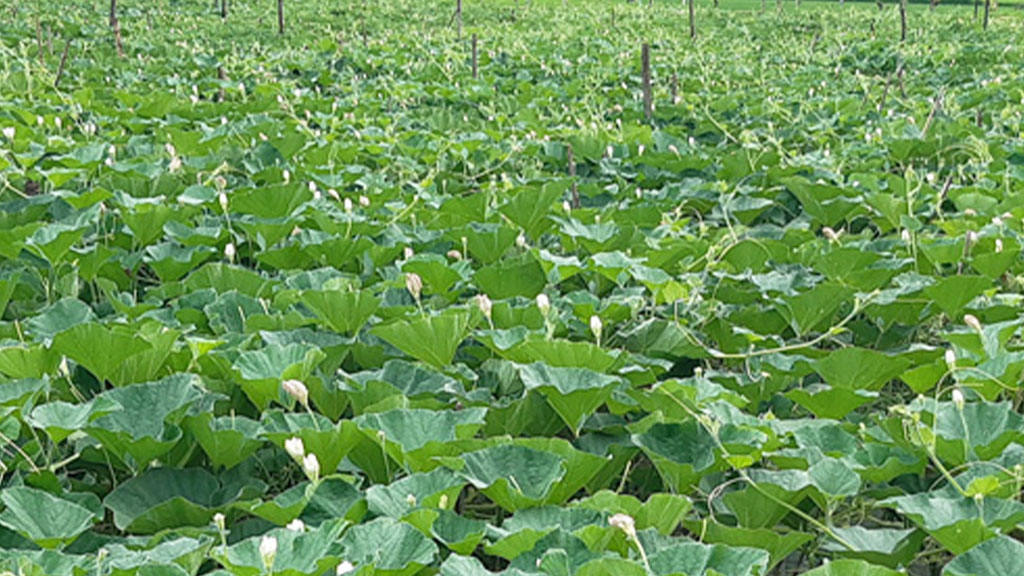
This vegetable plant spacing needs to be 30 cm x 30 cm x 30 cm at the size of 2.5*2 meters.
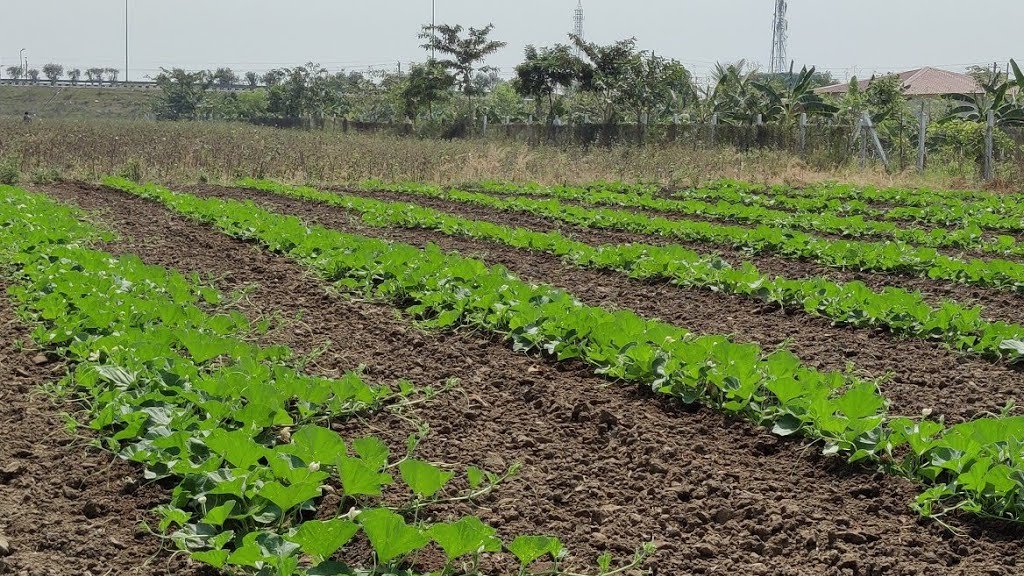
This vegetable plant prefers to grow in sandy loamy soil with good drainage preferably acidic pH of 6 to 6.5 & plant thrives well at good organic potting mix.
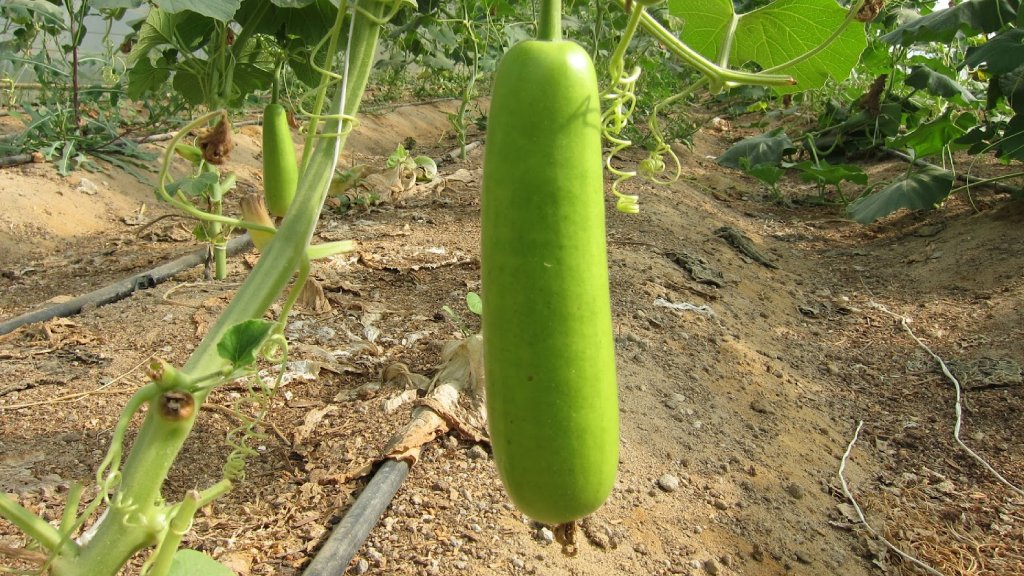
Water the plants two days once in a week. This sorakkai vegetable plants loves regular soil moist & in large farming drip irrigation followed.
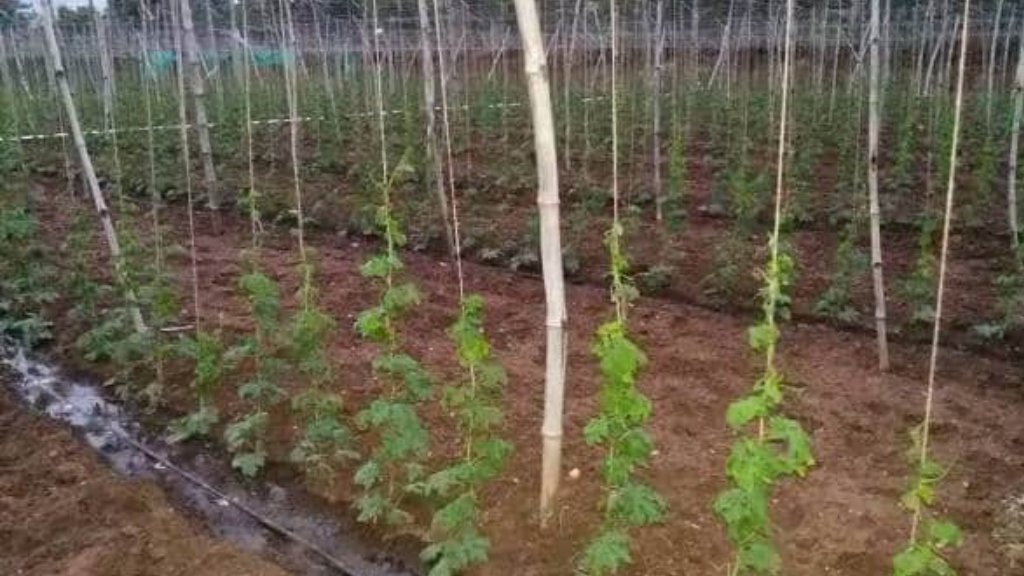
The sorakkai vegetable plants need minimum fertilizer application like organic fertilizers, manure, FYM, vermicompost & neem oil can be applied.
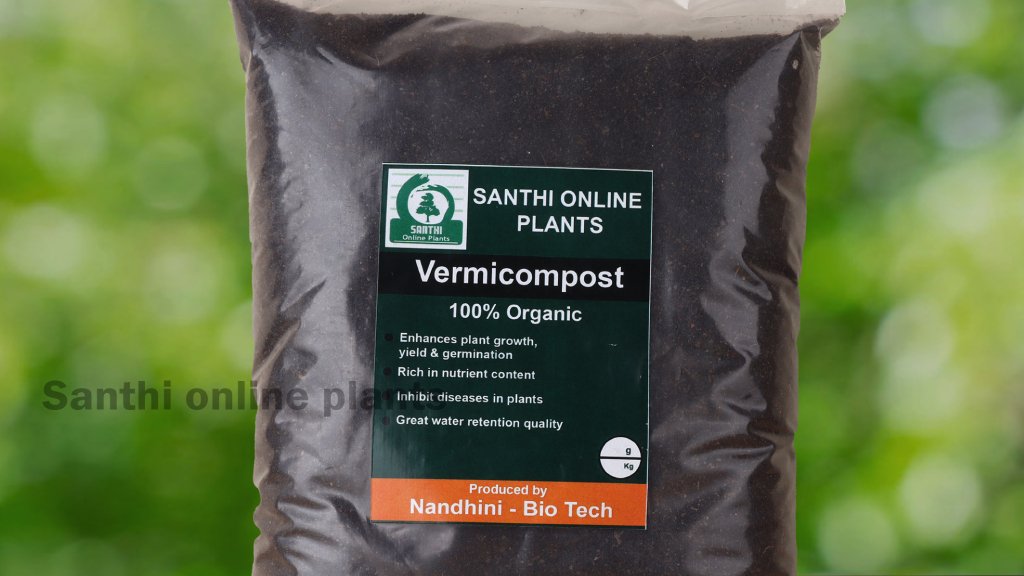
This vegetable plants training done through bamboo sticks or any dried branches.
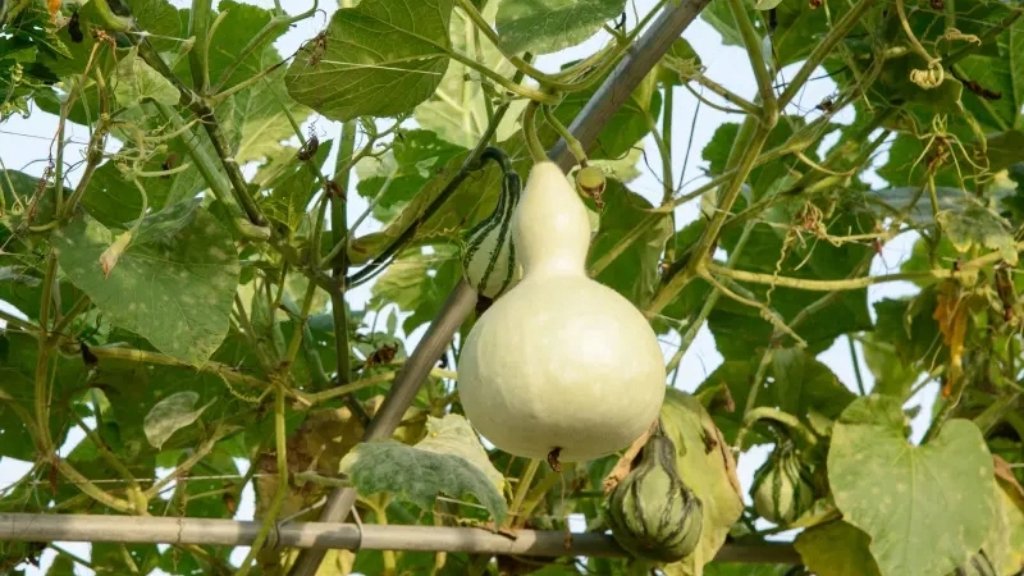
Removal of weeds around this vegetable plant should be done by hand weeding or hoeing.
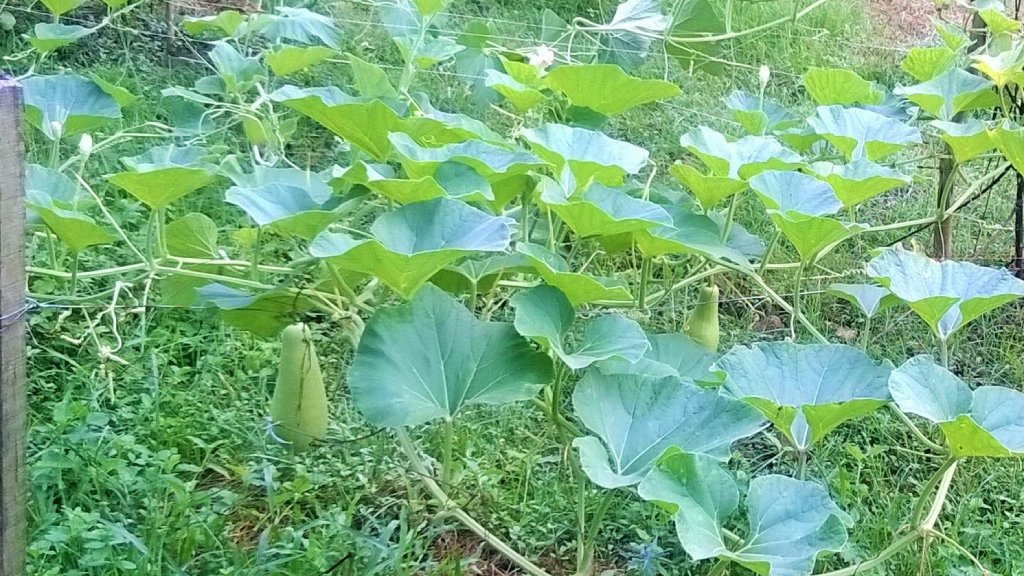
Trim the old dried plant parts. Removal of rotten fruit from plant during the rainy season.
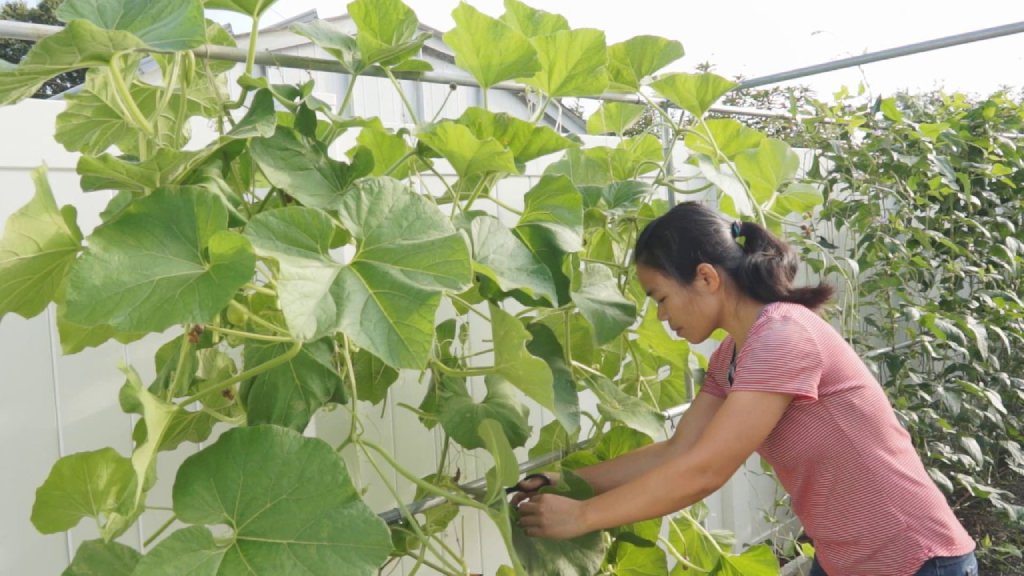
Tender fruits are harvested before the fruit becomes 100% of matured. This sorakkai benefits has good healthy benefits.
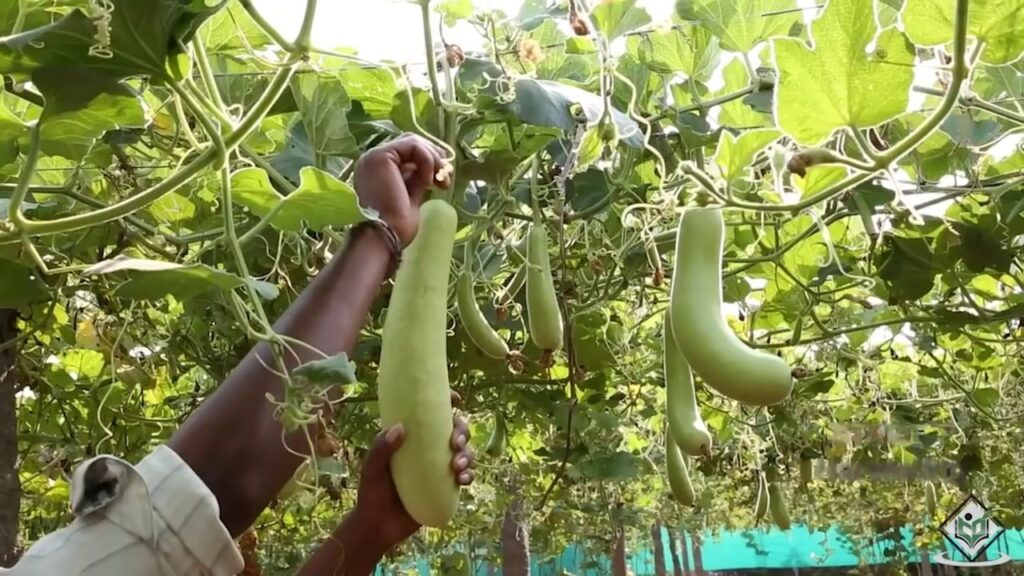
Each plant can produce up to 5 fruits/plant
In Large scale 17-20 t/ha in 135-175 days.
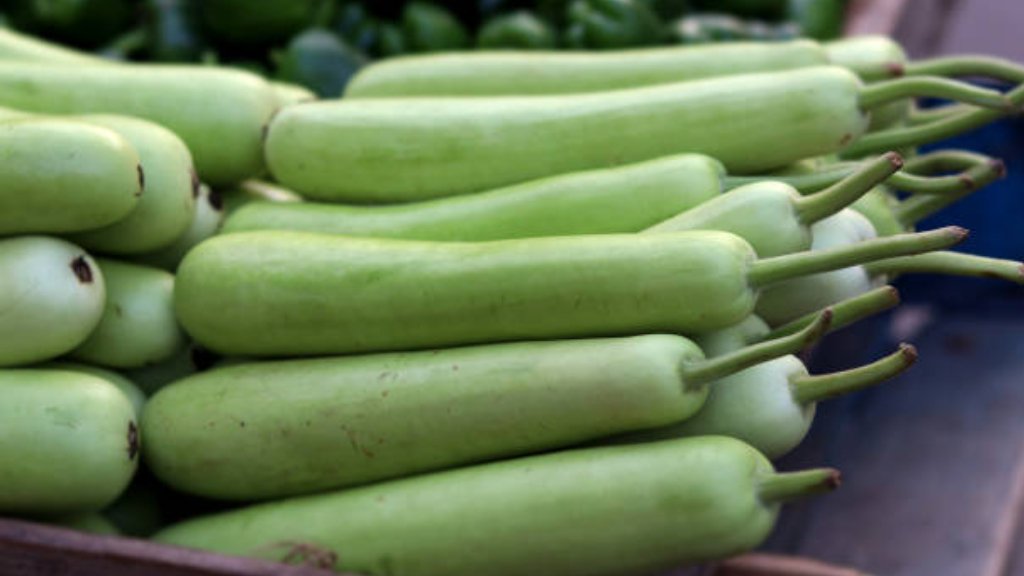
The sorakkai benefits are enormous such as
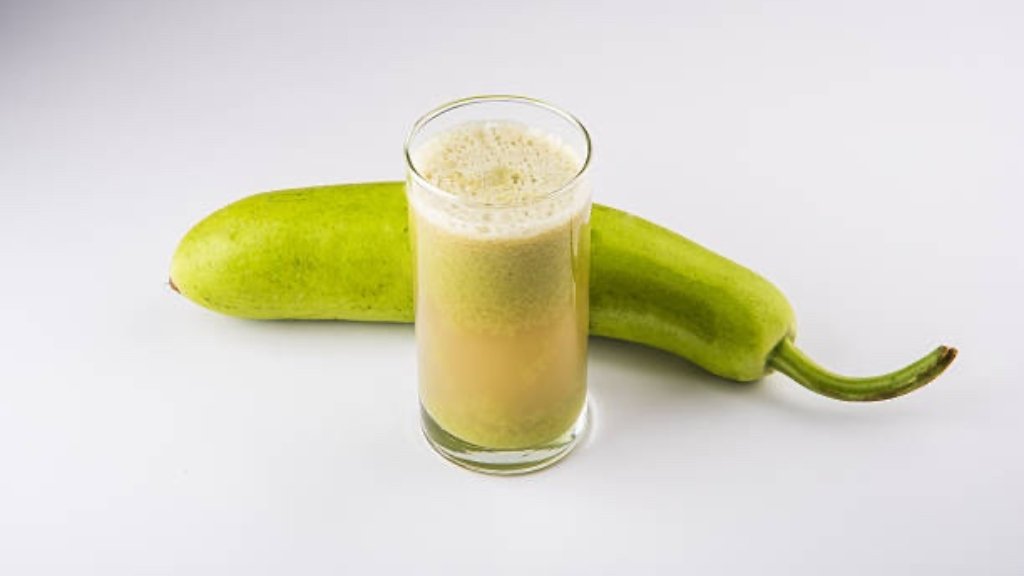
Growing plants around you help to reduce stress, makes the environment fresh, gives a calming effect & feels relaxed.
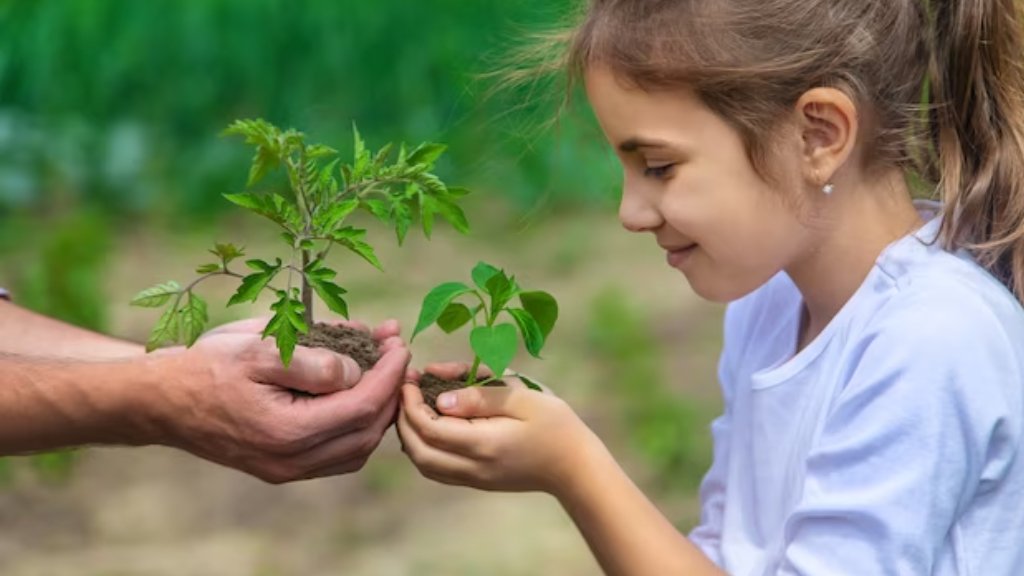
Save Earth & Go Green.
Bottle gourd-Sorkkai vegetable plant.
Blog Created by: www.santhionlineplants.com
The Aglaonema plant is an excellent indoor with a gorgeous leaf pattern. These plant varieties are flowering plants belongs to the Araceae family. Most of the varieties have cream to white colored stems.
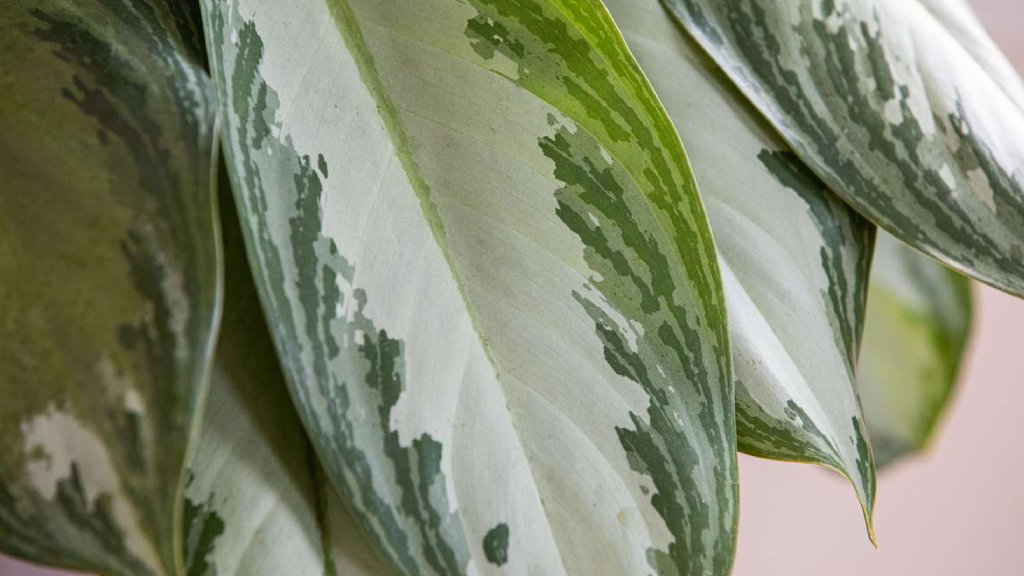
These Aglaonema plants are evergreen perennials with both erect & creeping stems. This aglaonema plant is native to New Guinea. The most salient feature of this plant is leaf colors & patterns.
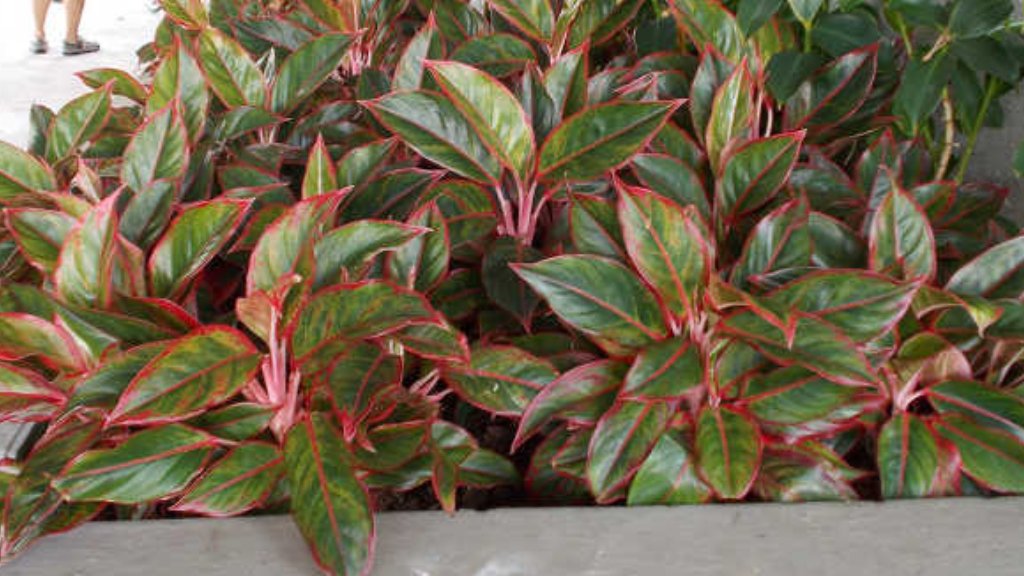
The Aglaonema varieties add colors to the darker rooms. There are about 45+ aglaonema varieties around the world. The most stunning varieties are aglaonema are Pink, Lipstick, Superwhite, Chinese evergreen,& many others.
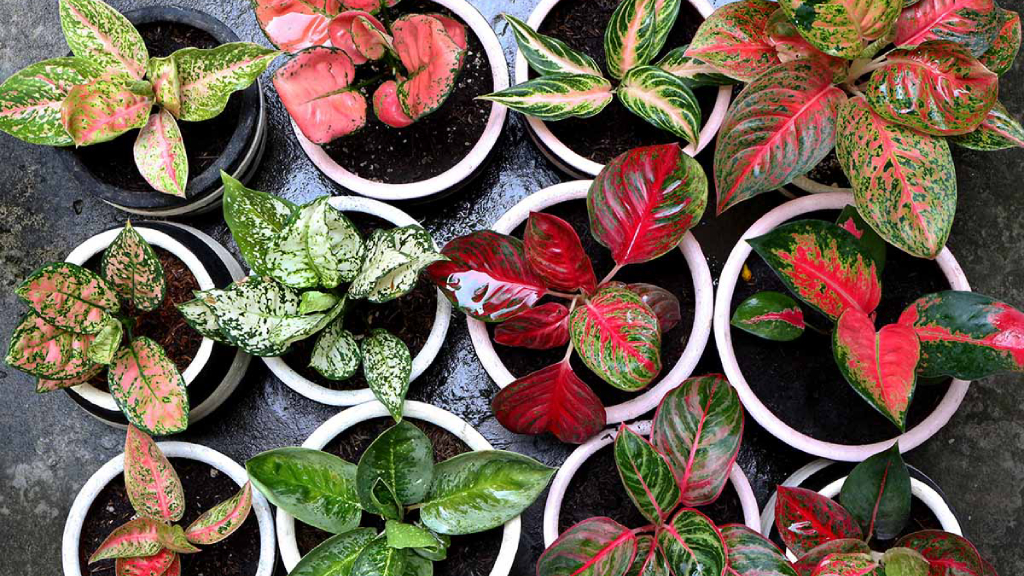
It is a tropical houseplant with evergreen pink, silvery -green shade foliage. Leaves are large with pink veins. Mature plants grow up to the height of 2-3 feet tall. Aglaonema pink plants add contrast color to indoor environments.
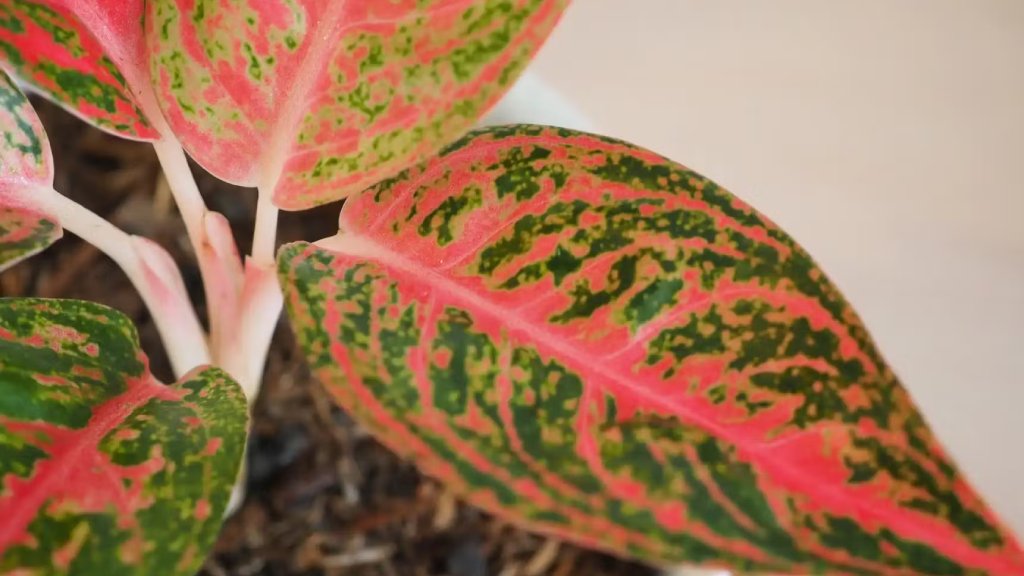
The Aglaonema lipstick varieties are highly decorative with darker pink foliage. It is a woody perennial plant. Aglaonema lipstick plants are fast-growing herbaceous plants.
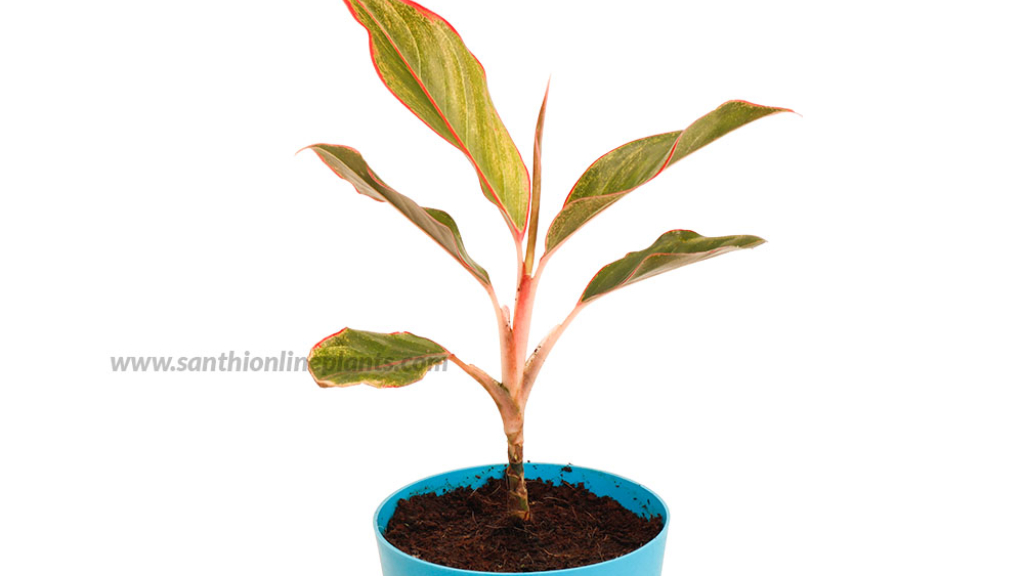
This variety is especially for white lovers. Leaves exhibit full white color & margins alone seem to be green color. This is also one of the perennial evergreen plants for indoors.
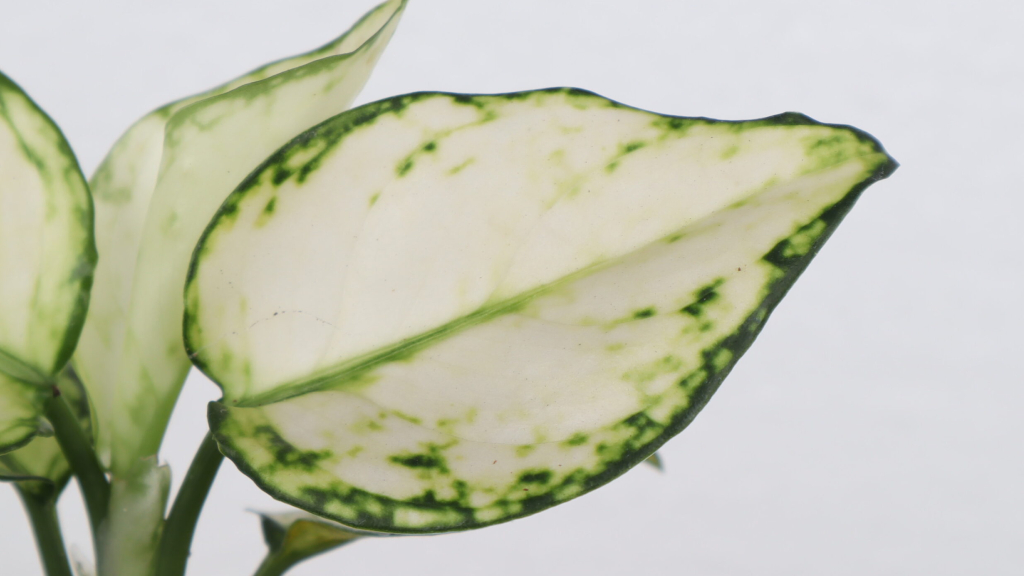
Aglaonema varieties are initiated from the Chinese evergreen & it’s a woody perennial plant with a whitish-grey leaf pattern.
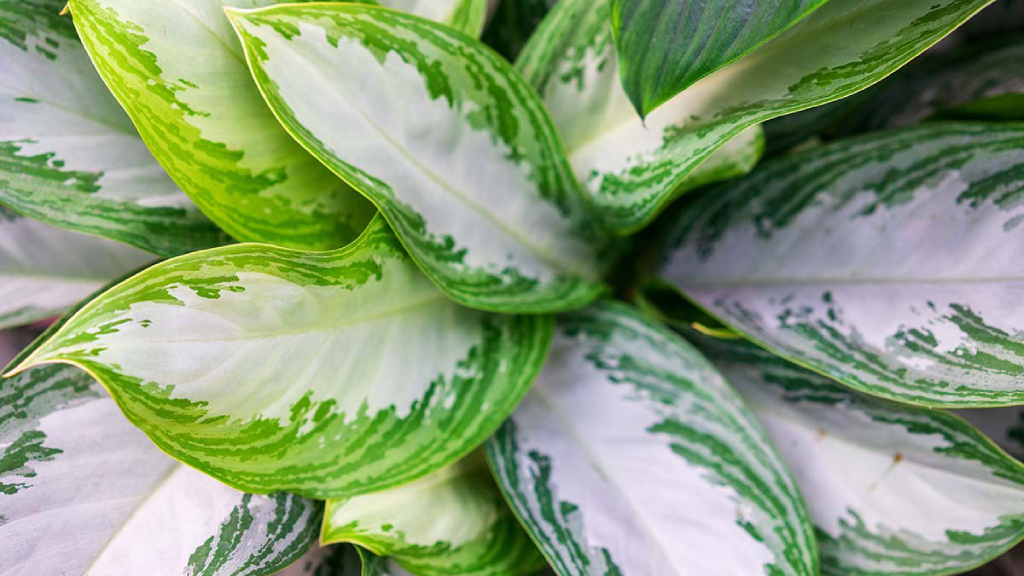
Woody-growing perennial varieties propagated through stem cuttings & other varieties propagated through the leaf. For beginners it’s best to propagate plants through cuttings.
And also these varieties propagated through water.
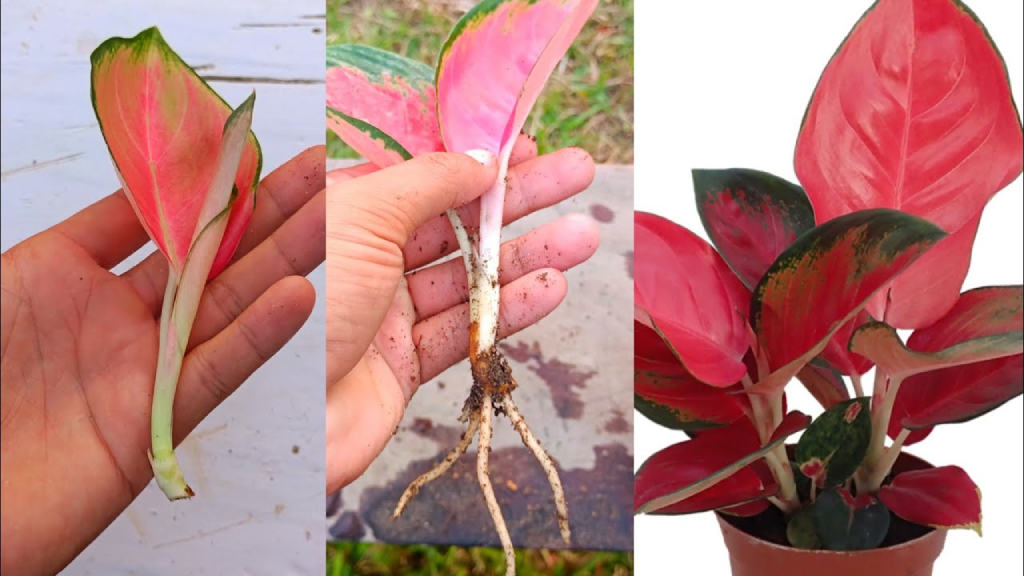
Transfer the plants to a new bigger size pot or container compared to older ones. Repotting needs to be done two years once.
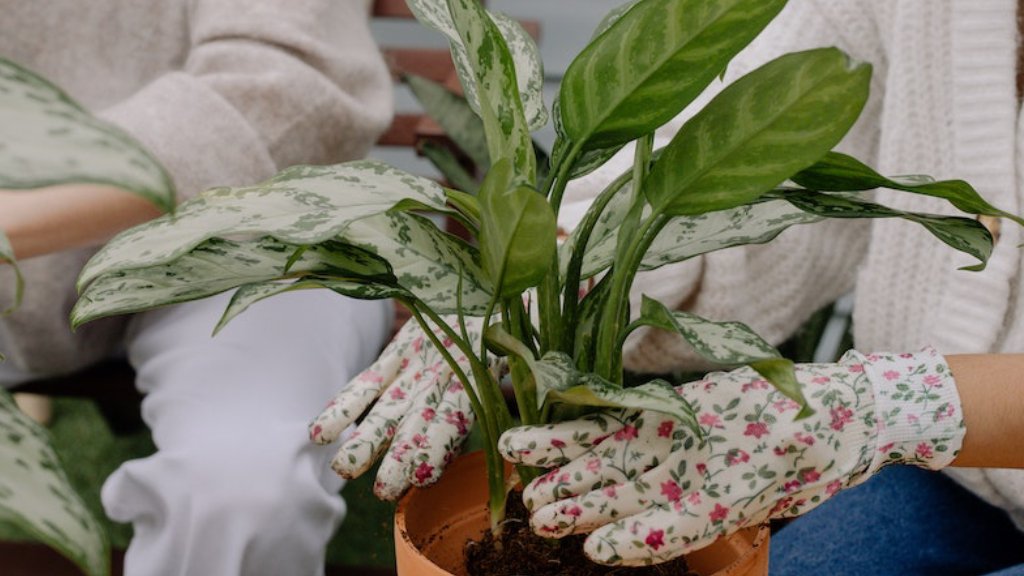
Best grown in warm placesof indoors with partial or full shade. Avoid placing these plants in AC rooms or heat vents.
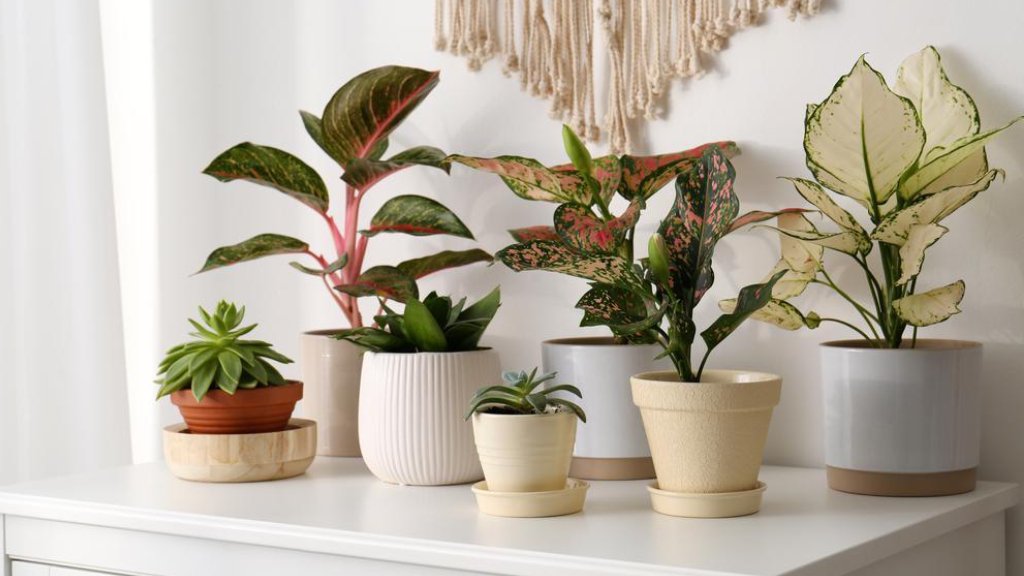
Aglaonema loves to grow in well-drained soil or soil less nutrient-rich potting mix. Prefer to grow these plants in acidic pH soil of 5.5 to 6.5.
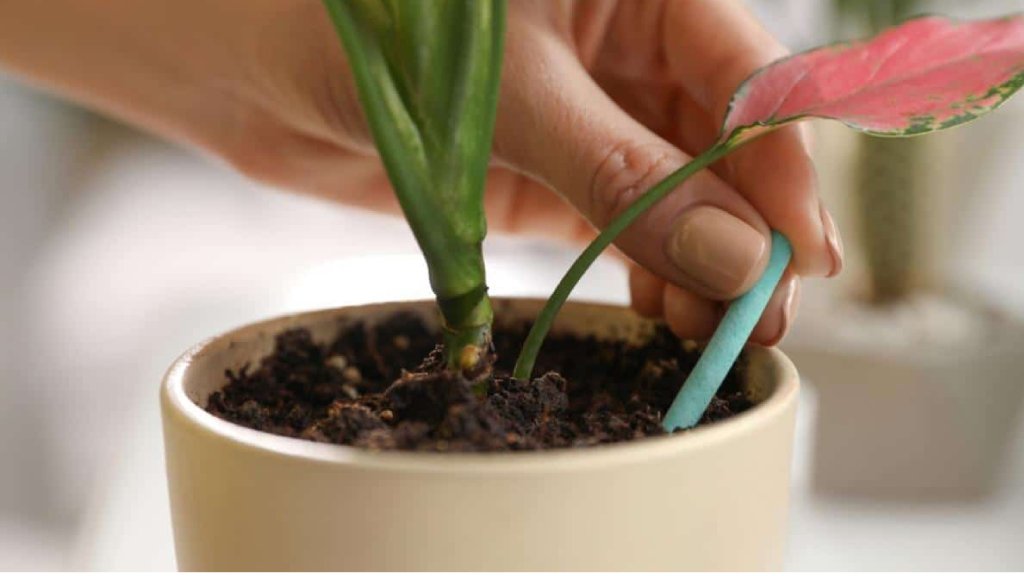
This plant variety does not require regular watering. Just water the plants weekly once. Over-watering leads plants to die,yellowing of leaves, and wilted or softening leaves.
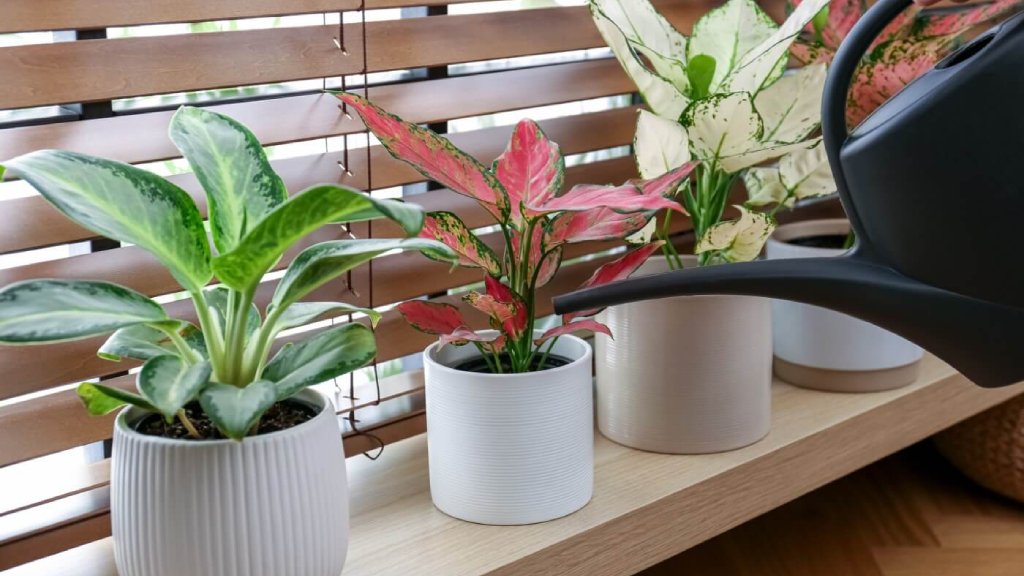
Application of any general-purpose organic fertilizer in the diluted form such as Bio-NPK & Steamed bone meal in liquid form.
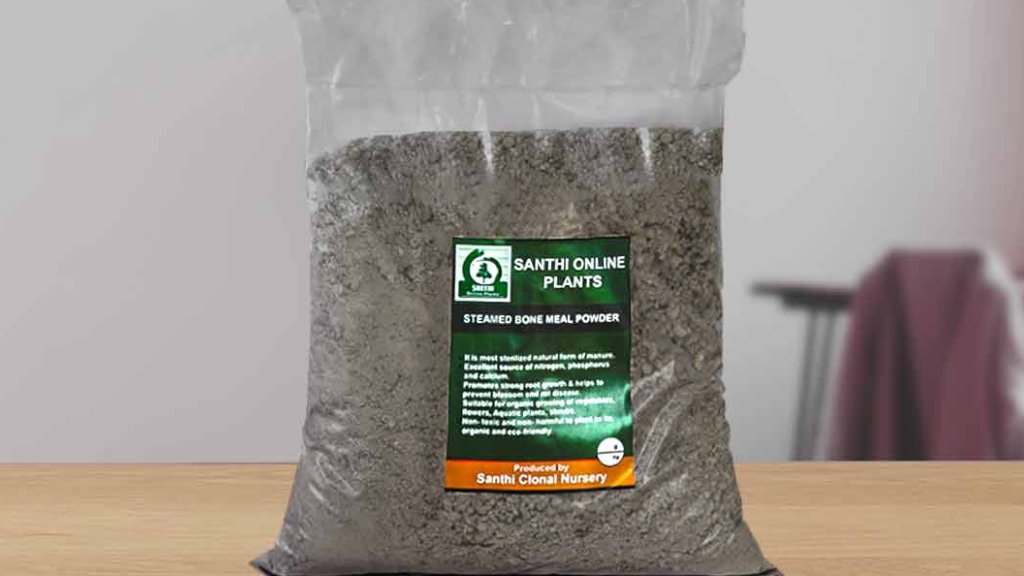
To get bushy plants tip pruning is recommended. Prune the newly grown tips. Prune back the newly grown plants for bushy & faster growth.
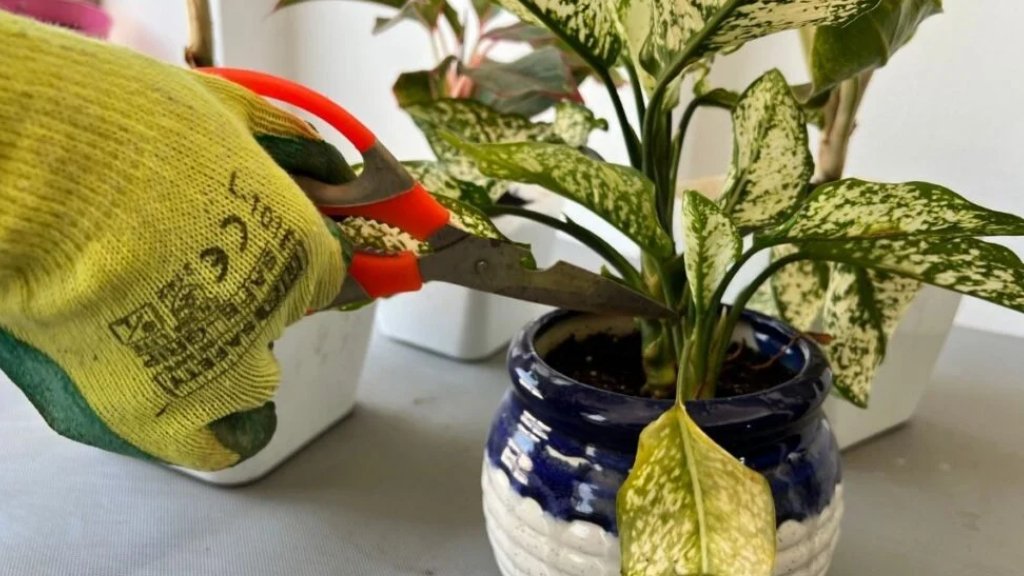
Wipe the leaves with water or clean the leaves with soft cloth for removing dust those present over the foliage.Dust cleaning needs to be done weekly once.
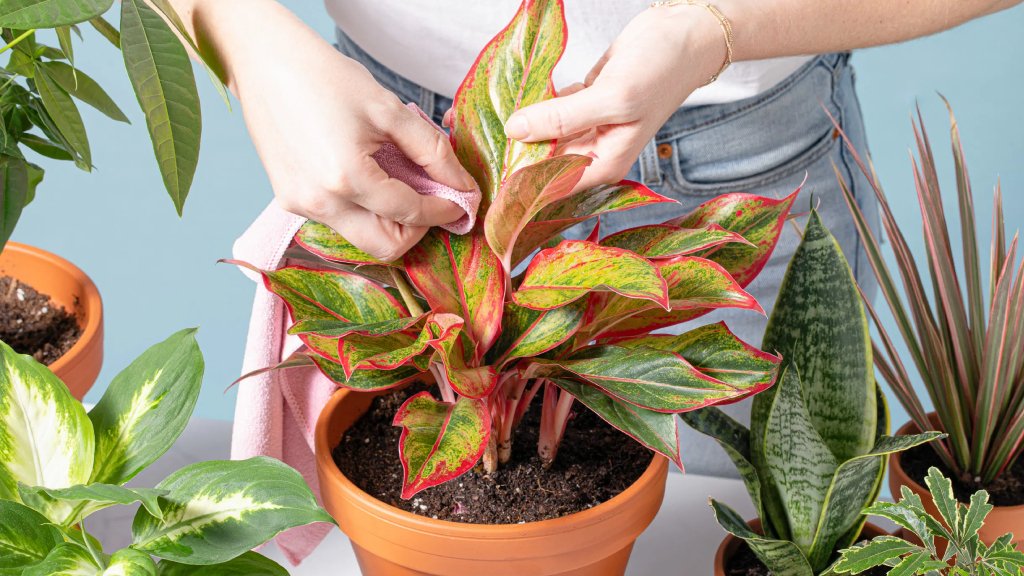
Benefits
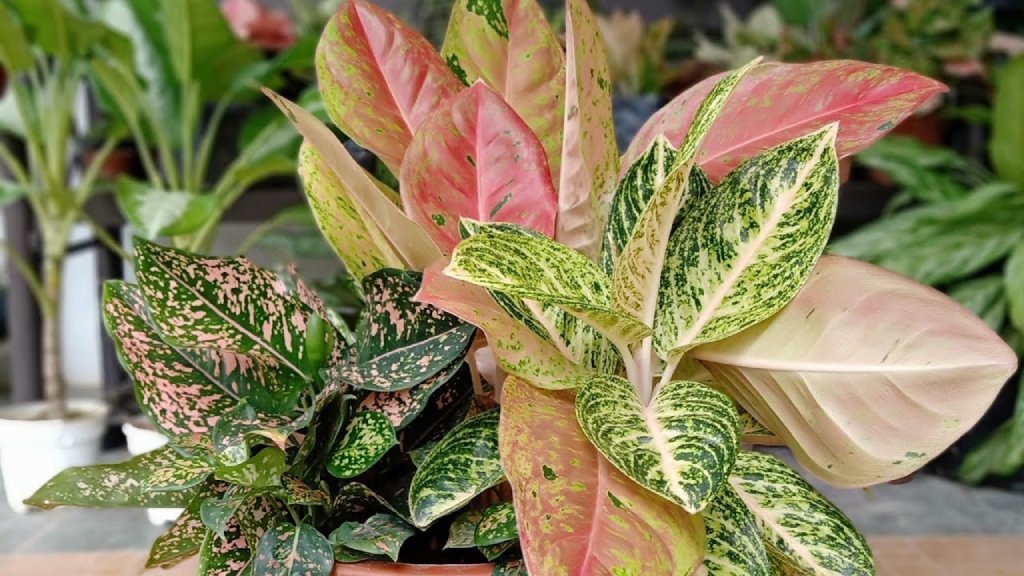
Growing plants in both indoor & outdoor areas help to increase the oxygen content & remove Co2.
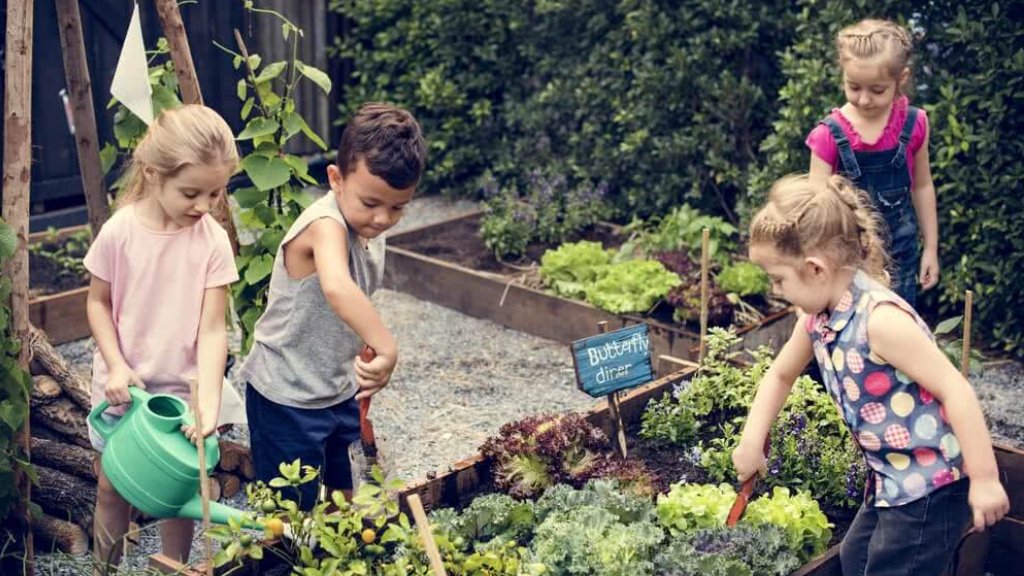
A green tree is a life for all!
Aglaonema indoor foliage plant
Blog Created By: www.santhionlineplants
Alocasia has become the most striking foliage plant. There are about 80+ varieties of alocasia plant in the world. Alocasia leaves are most prominent for their veins & variegation.

This the most popular indoor plant grown especially for foliage. Leaves are large, broad, and shiny with darker veins. These indoor plants are long-surviving houseplants. Depending on the variety alocasia grows around 8 to 10 feet tall.
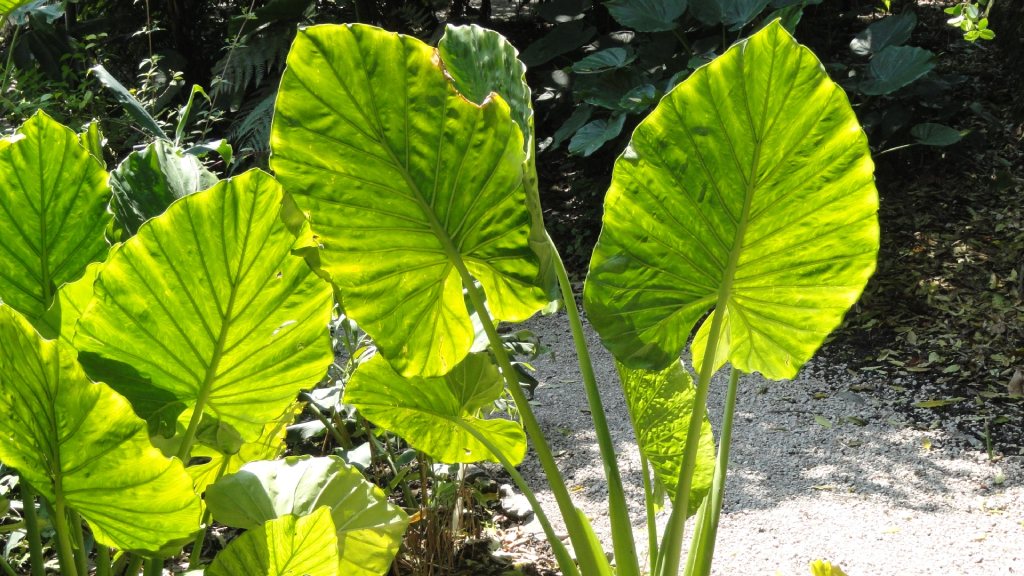
These alocasia varieties are wide & they are tender perennial plants. Striking alocasia varieties are nebula, cuprea, wentii, dragon scale, silver dragon, stingray, frydek, amazonica & others.
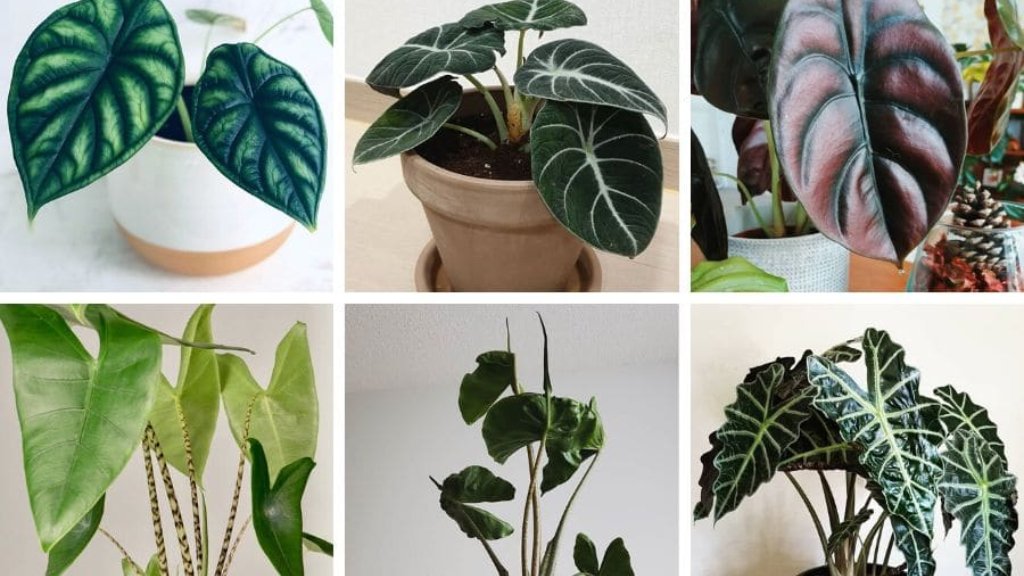
Wentii plants have excellent looking with massive, shiny leaves on the elongated stem. This indoor plant is a mild air-purifier plant.
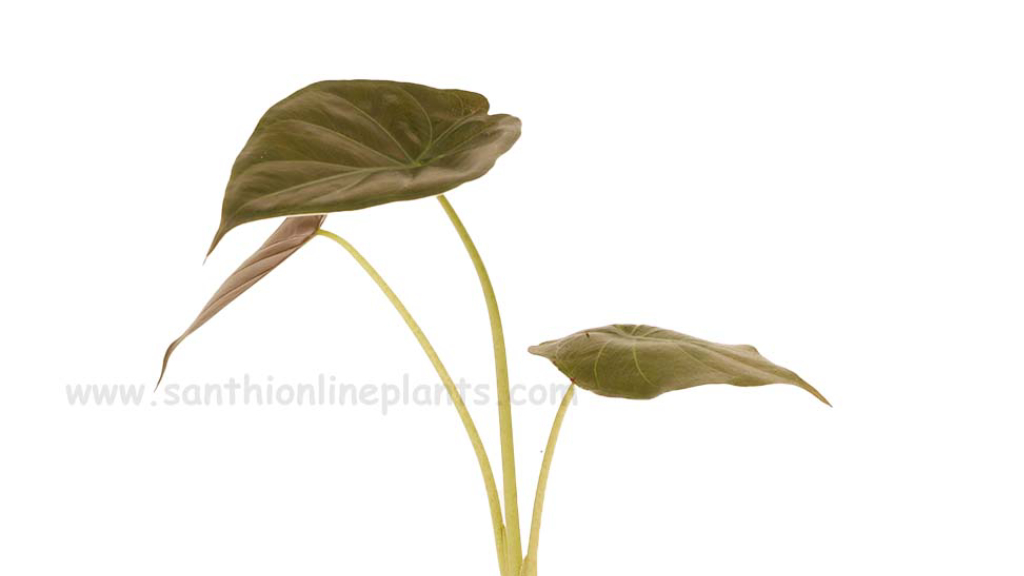
The Nebula variety has leaves that are greenish-grey with cup-shaped foliage & plant grows faster with minimum maintenance.
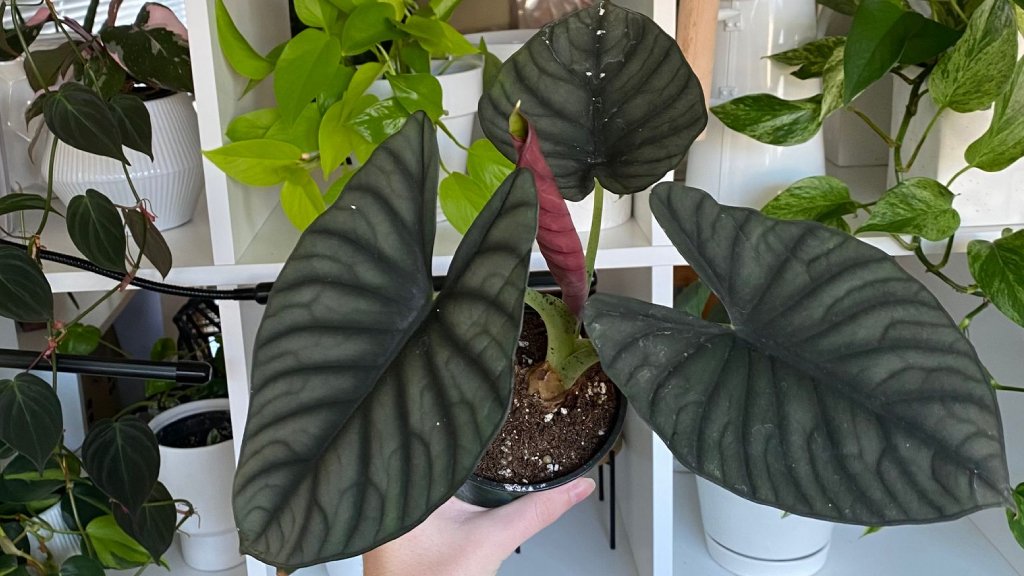
The foliage of this variety is shiny with greyish-green foliage & it grows on the elongated stems. And the plant measures up to 12 to 18 inches.
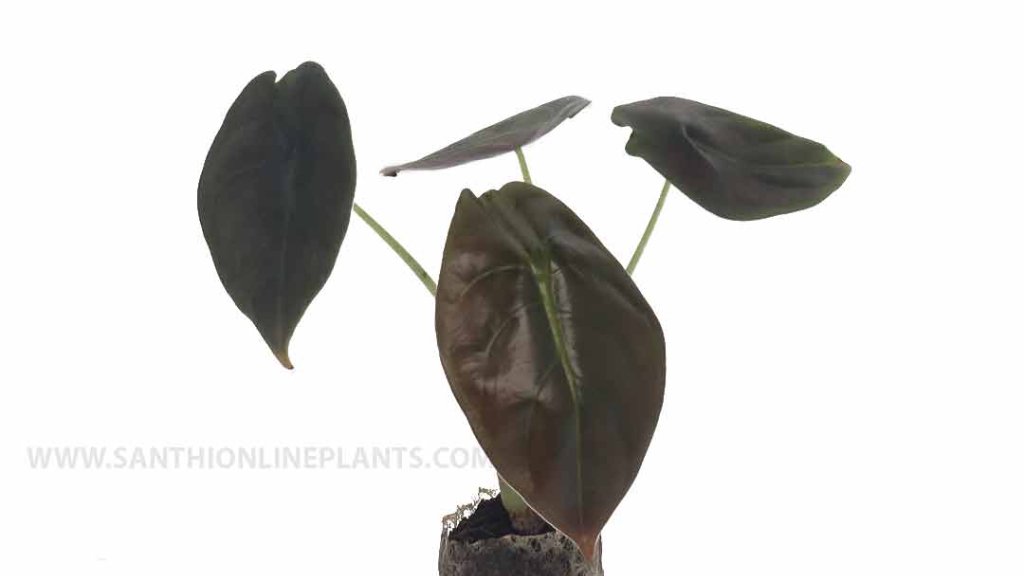
This variety is full of green color with darker smooth veins. Dragron scale best indoor plant thrives well in high humidity.

Larger leaves of grey foliage with smooth structures measure up to the height of 1.6 feet tall. Good-looking ornamental plants especially for interior areas.
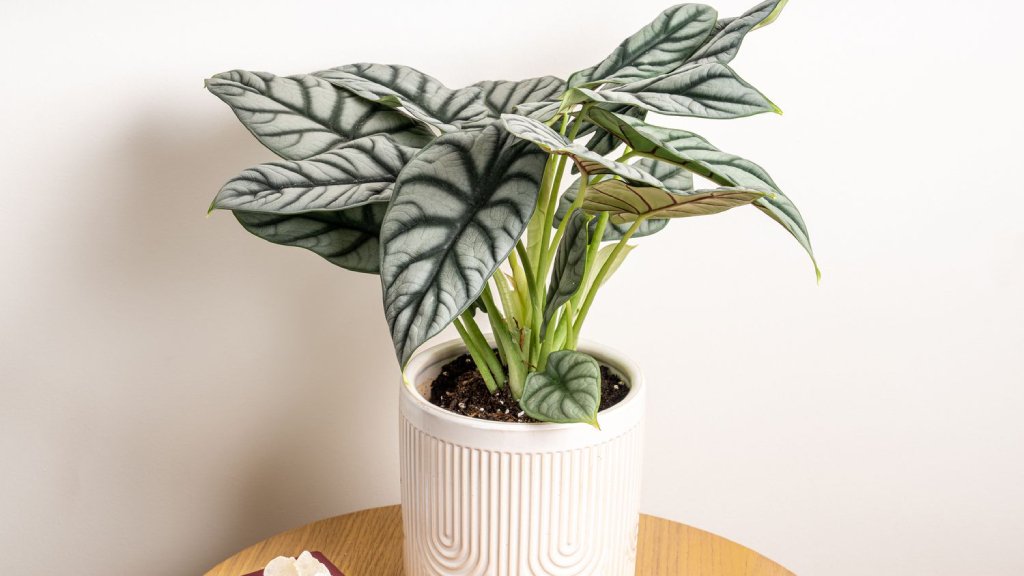
Alocasia stingray plants are unique shapes and are highly recommended for beginners. It is a fast-growing houseplant.

Green velvet plants are frydek plants. The foliage has a velvety green structure with wide size leaves. It is a herbaceous perennial plant with rhizomatous root growth.
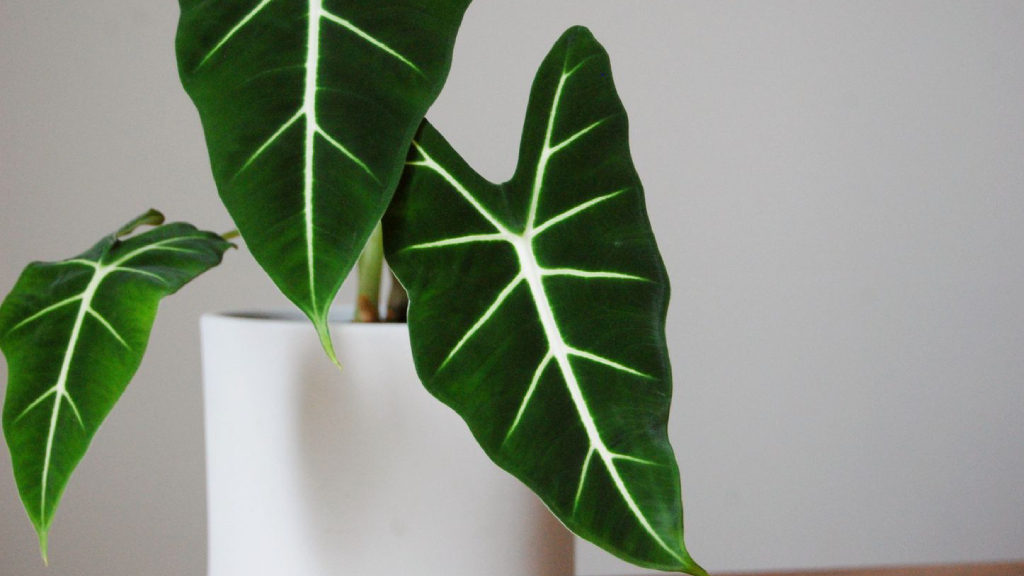
It is a compact fast growing indoor plant. Mature plants reach up to 2 feet tall. It is a hybrid variety.
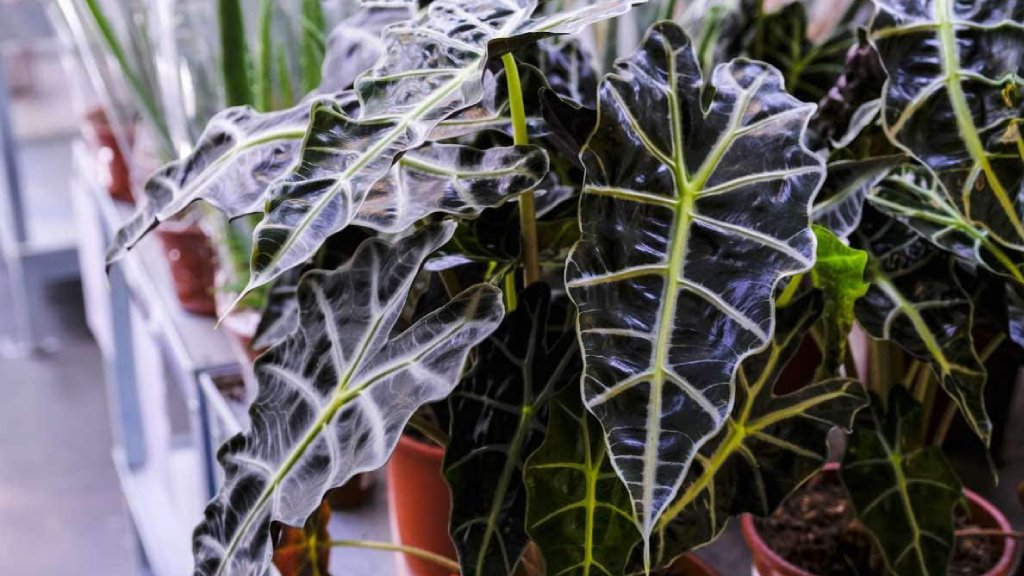
This indoor plant requires excellent drainage soil or good coco peat potting mix. And it requires moist rich well-drained soil. Soil pH is generally needed to be 5.5 to 6.5.

Needs watering weekly once or twice around the plants. Check the soil before watering & not to make the soil soggy & wet.

This plant varieties requires indirect sunlight or partial light. Best interior decoration plant with beautiful foliage. Not to place the plants in direct light as it may fade the foliage.
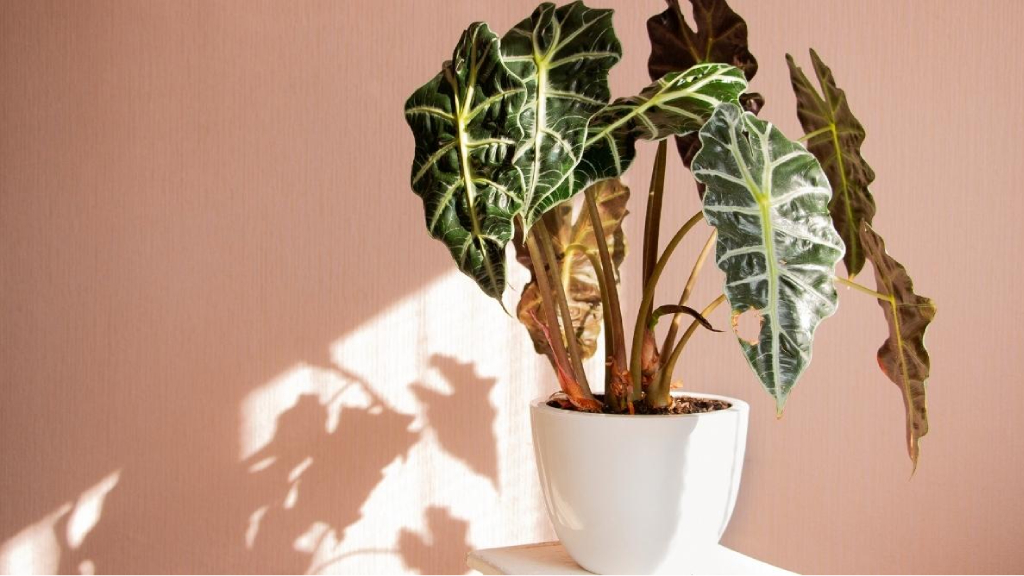
Foliar spraying of any organic fertilizer monthly once around the plants. Application of Bio-NPK or groundnut cake powder around the plants helps to get healthy foliage.

Cut the stems that are close to the base of the stem & dried foliage of plants.

Transfer the plants to a new large-size pot with proper drainage holes. Repot the plants to new pots yearly once or twice.


Conserving nature by means of greenery helps to make the environment green & pleasant for all living creatures.
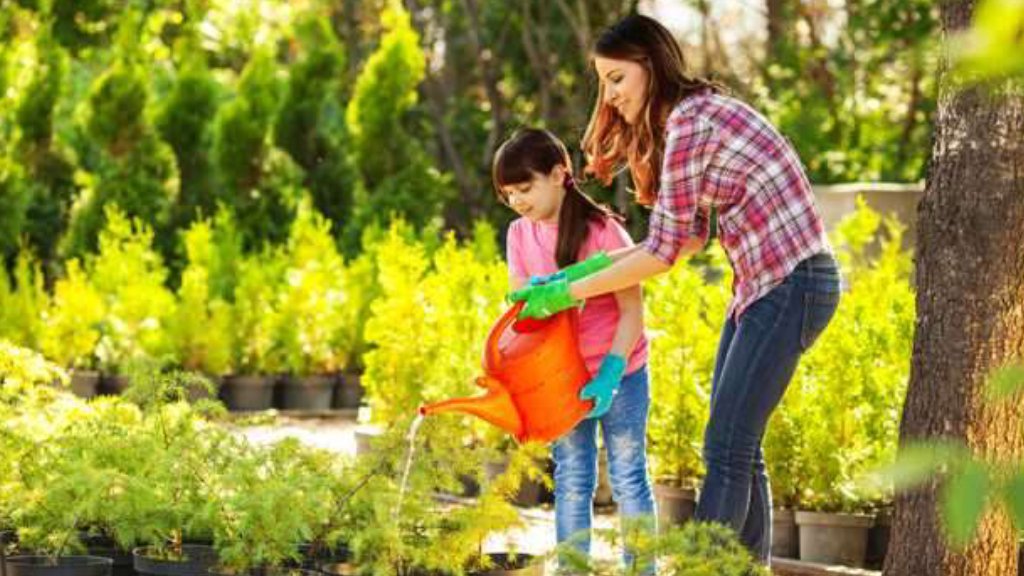
It is possible to easily be green- Reduce, Reuse & Recycle.
Blog Created By: www.santhionlineplants.com
The fig tree originated from Mediterranean countries. Turkey is considered a major producer of Fig. These plants are grown in warmer regions. It is also possible to grow in temperate regions with proper indoor temperatures.

Fig tree
Fig tree produce fig fruit and this belongs to the mulberry family. And this is also considered bone friendly because it contains magnesium, calcium, and phosphorous. In, some research it is recommended that it contains 3.2 times more than other fruits.Fig benefits are greater.

Fig varieties
There are almost +800 varieties of figs. But only a few varieties are grown for their delicious purpose.

Black Mission Fig
This fig fruit variety is one of the most commonly grown varieties in the world. The size of the fruit is about 3-5 cm. Initially, the skin seems to be green in color. After ripening it will change to purple or else brown in colour.

Fig seed
There are more than 1000 seeds found in a fig fruit. Seeds are produced from a single blossom.

Germination
Remove a scoop of pulp and soak in water for two to three days. The true seeds are sediment that is ready to be sown directly and it will germinate quickly.
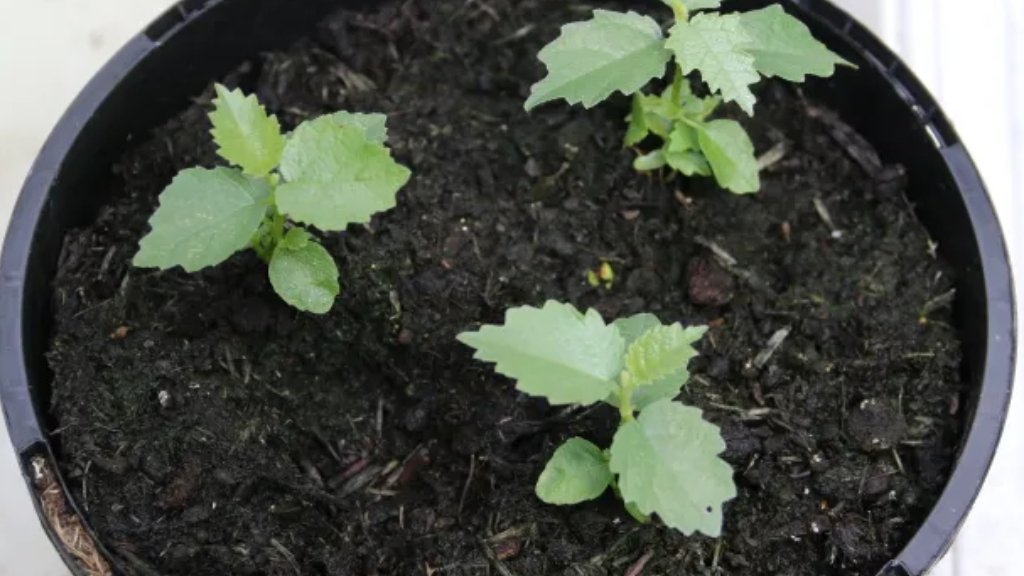
Soil
Fig prefers to grow mostly in moisture and well-drained soil. Application of Bio-NPK results around the plants results in good yield.
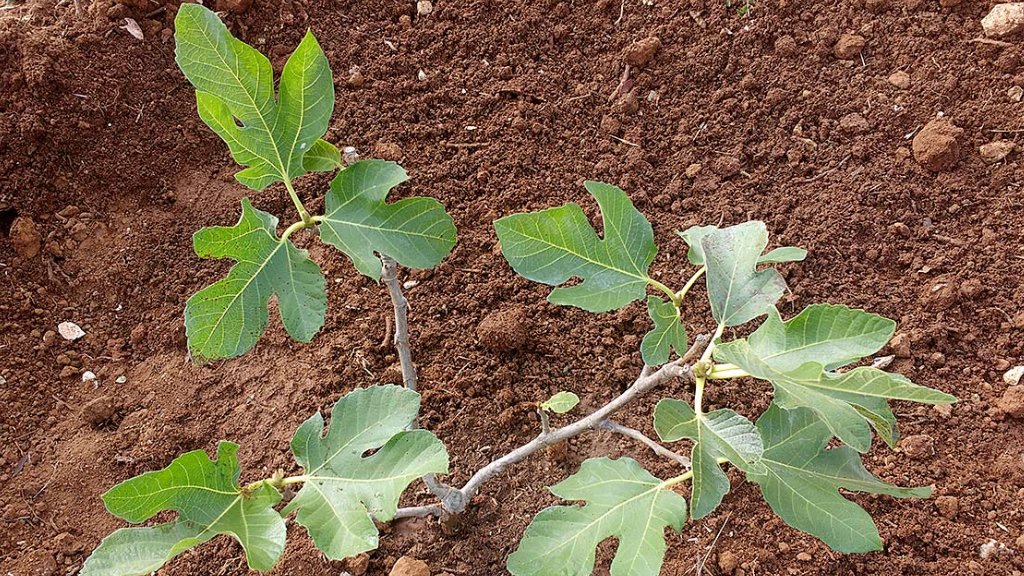
Drip irrigation is the most suitable irrigation for fig trees. A plant requires at least 13-15 liters of water a day.
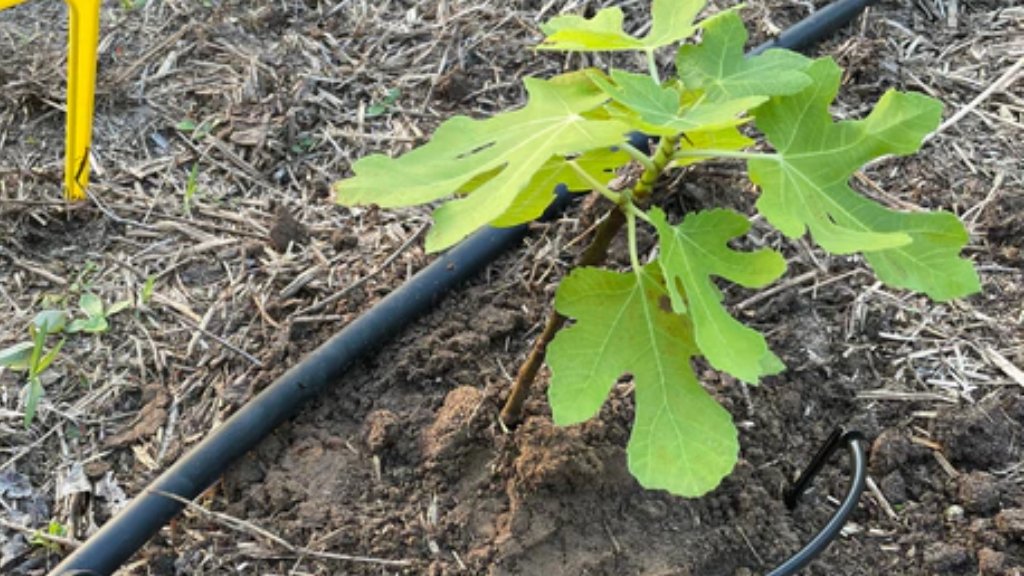
This plant requires 6-8 hours of direct sunlight. Less amount of sunlight will produce less amount of fruits.
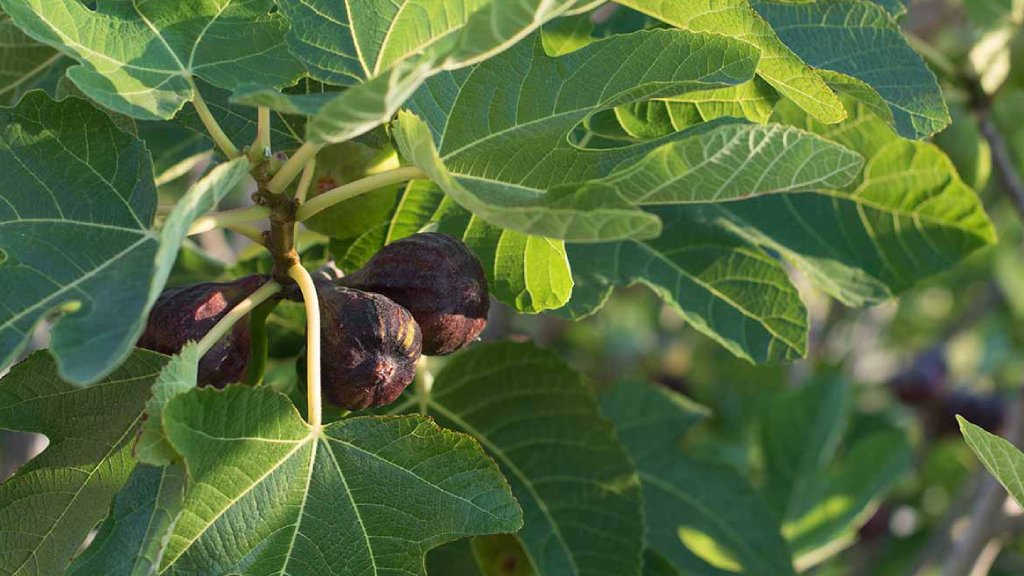
In summer trees should remain in full sun and never forget to add nitrogen fertilizer every 4 weeks. And during winter tend to move the plant to an indoor area with moist soil.

In the first year of growth the upward portion trimmed to 50 percent. And so it will grow into a stout and large trunk.
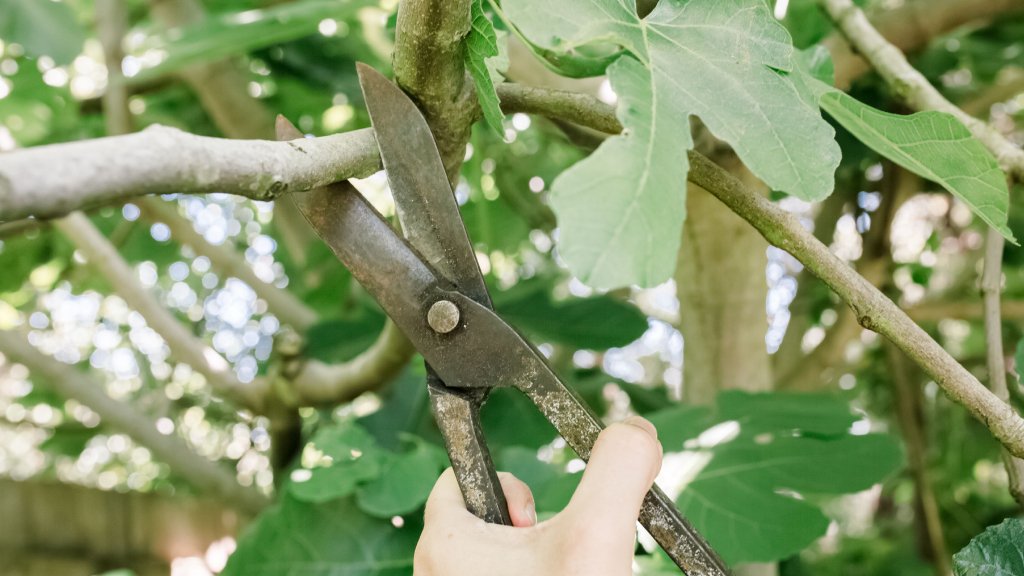
Application of good organic manure or vermicomposting monthly once around the plant.
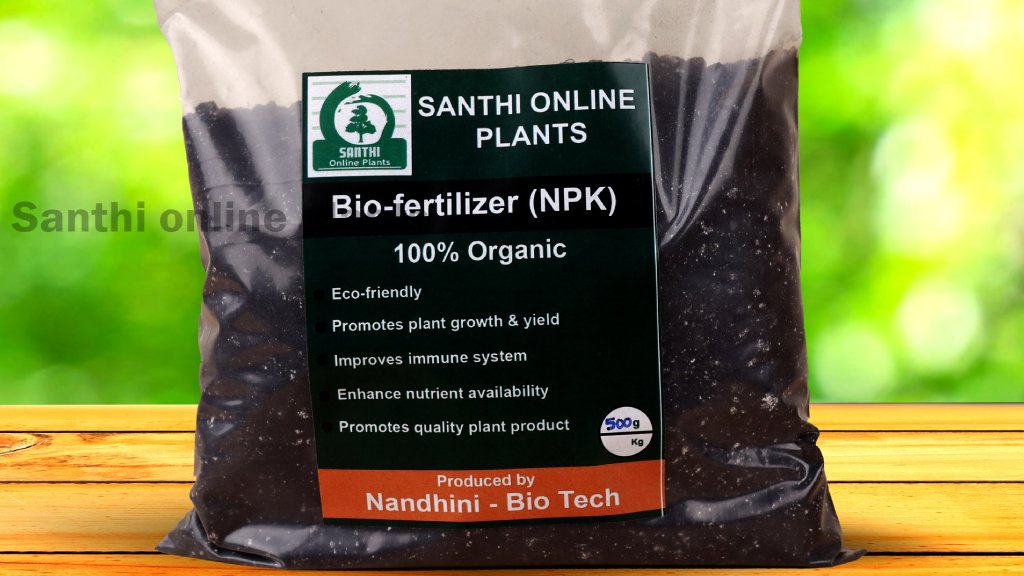
Only two smaller leaves should remain above the pot. After transplanting the cuttings should remain in moist soil.
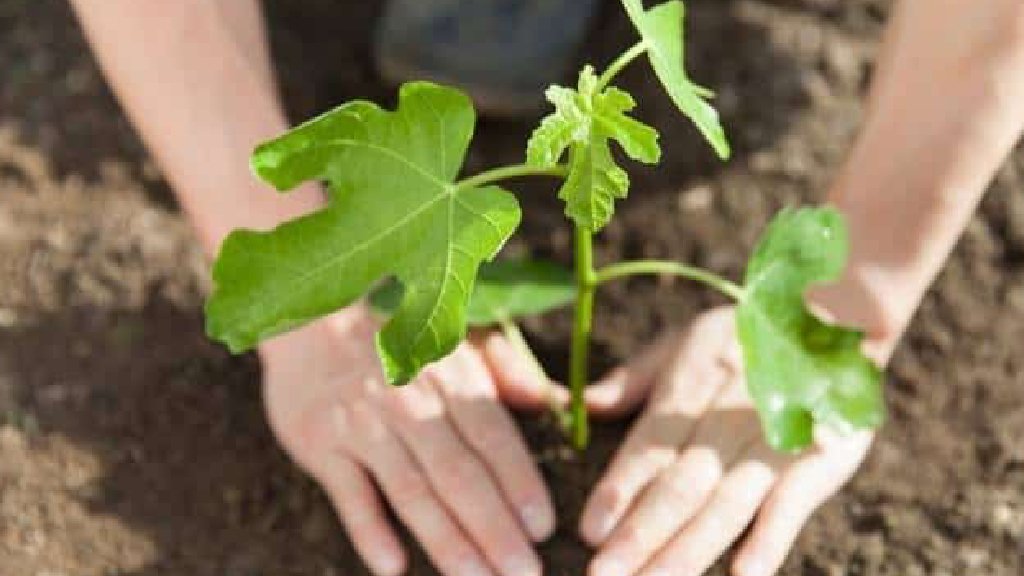
Maturity indices of fig
When the fruits become soft in nature it is the right time to identify their maturity and the neck region will become wilt. If we pick the fruit before its maturity, there is a high chance of the possibility for latex to discharge. Based on the variety of plants the color will change accordingly to its maturity rate. Black mission figs should remain dark purple and calimyrna figs should remain light yellow in color to find their maturity stage.
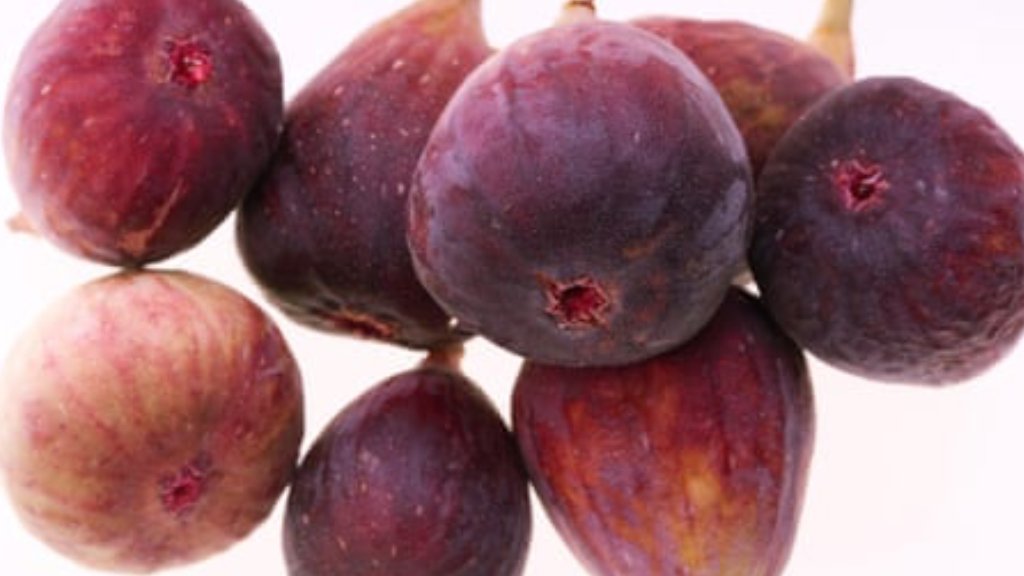
Harvesting time
Based on weather conditions harvest time varies. In, summer time we can expect a harvest at two times. One in June month and another one in August.
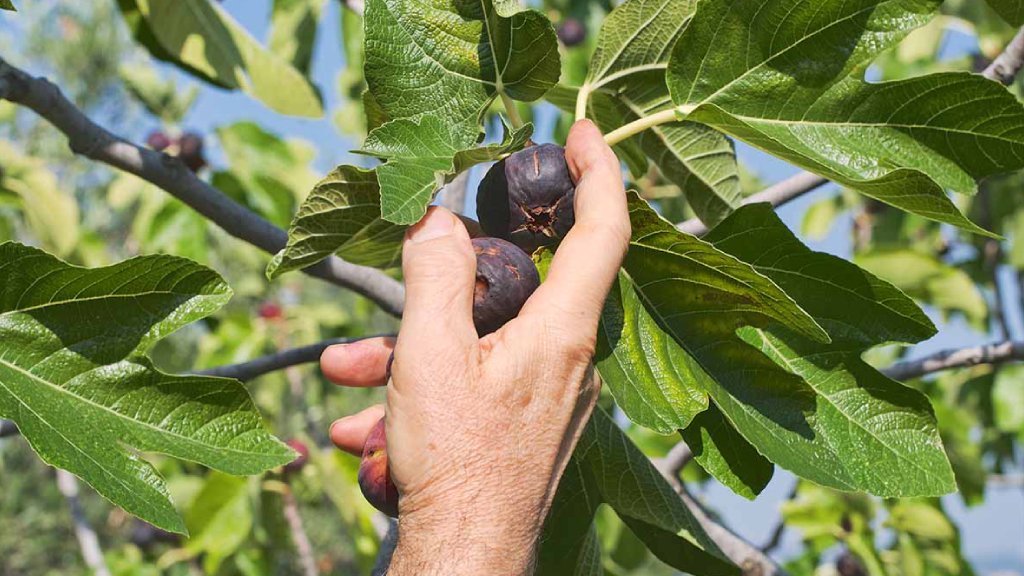
Preserving figs
We can preserve the fruit for up to three years in the freezer. Before preserving we have to dry the figs in direct sunlight or else by using a dehydrator. After drying it completely we have to place the fig on a baking sheet and it becomes very hardy in nature and remains good for up to 2-3 years.Dried figs also contain large amount of nutrients.

A matured tree produces approximately 300-360 fruits under certain optimum conditions like weather, soil, irrigation and sufficient nutrition, etc. If all these conditions are at a good level the yield will increase gradually year by year.
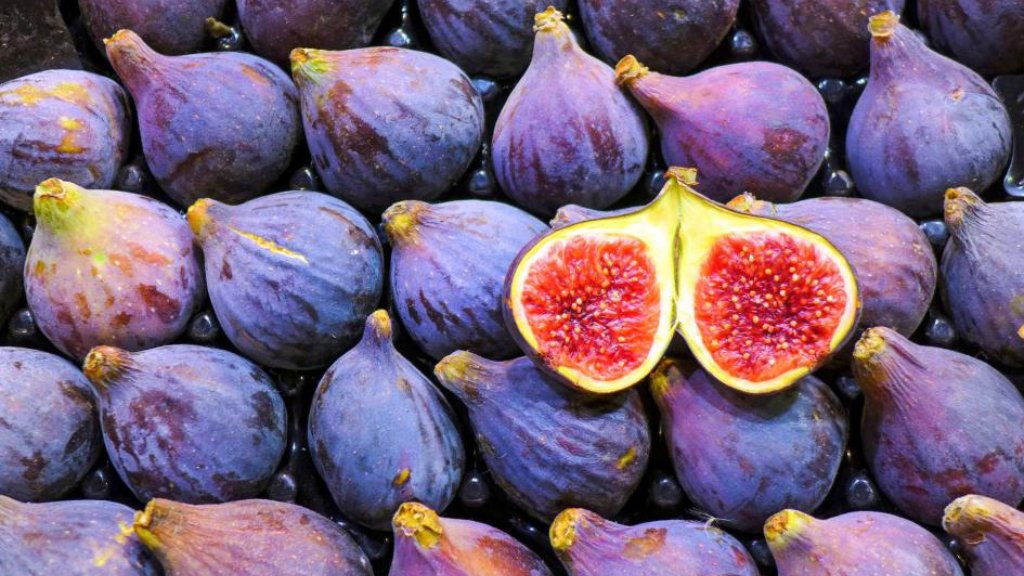
Figs are commonly rich in antioxidants which will reduce free radicals.
And also rich in potassium which regulates blood pressure levels.
Taking this fruit in every meal will regulate our body weight because fig is highly rich in fiber.
Figs are highly rich in vitamin A which helps in good vision.
The dried figs leaf is majorly used for diabetes, some skin conditions like vitiligo, & allergies.
Not only this dried figs are rich in anti-oxidants
And the fig benefits are more & essential for our daily life.
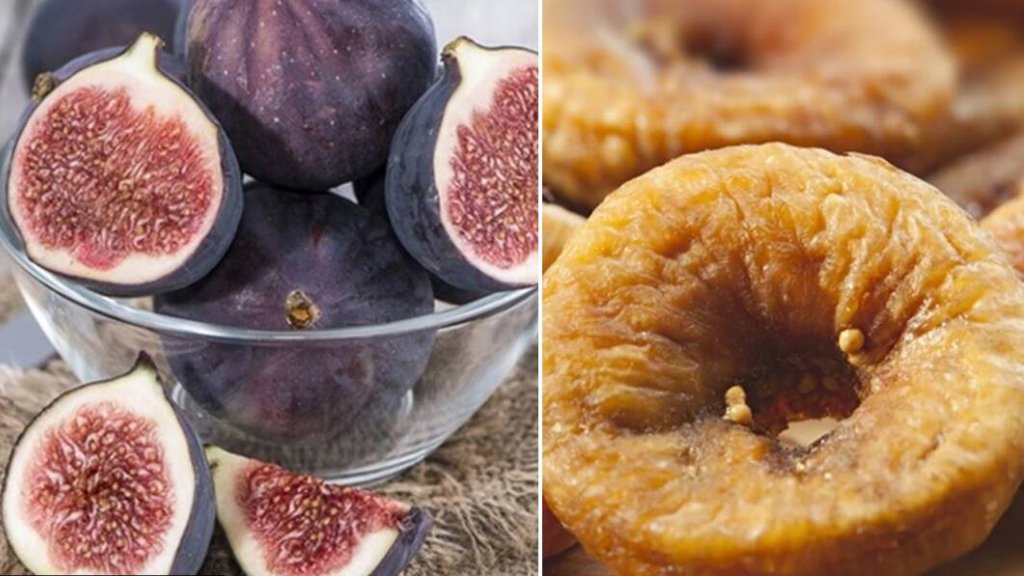
Make the habit of planting green plant parents around you. And last but not least encourage organic fertilizer application to home garden plants.
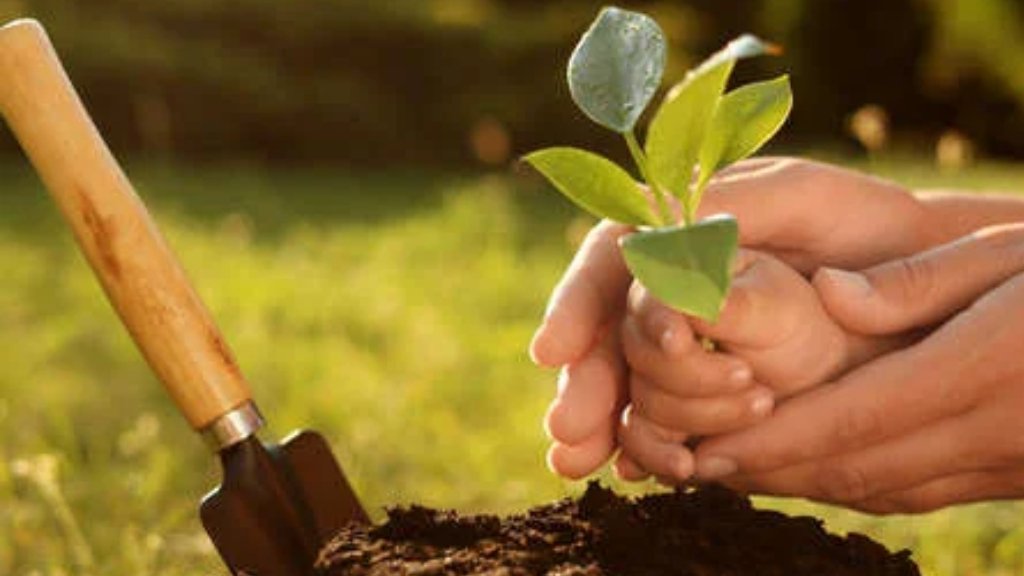
Let’s think something green.
Blog by : www.santhionlineplants.com